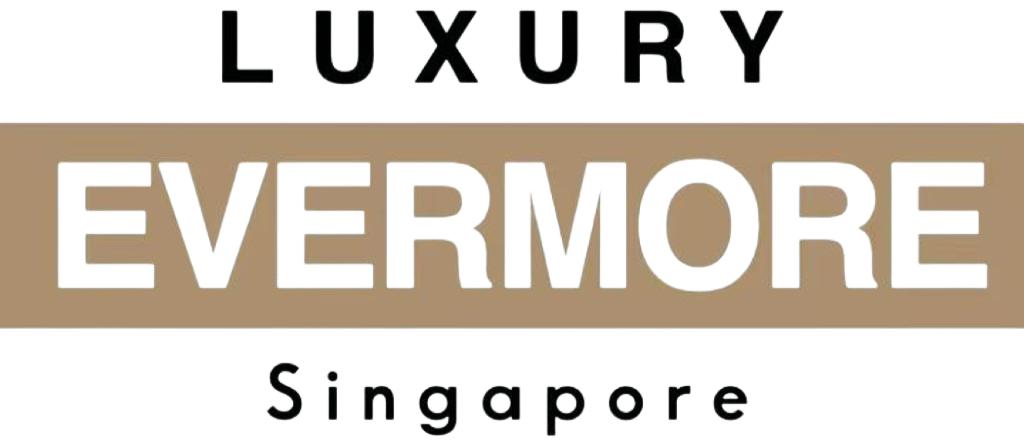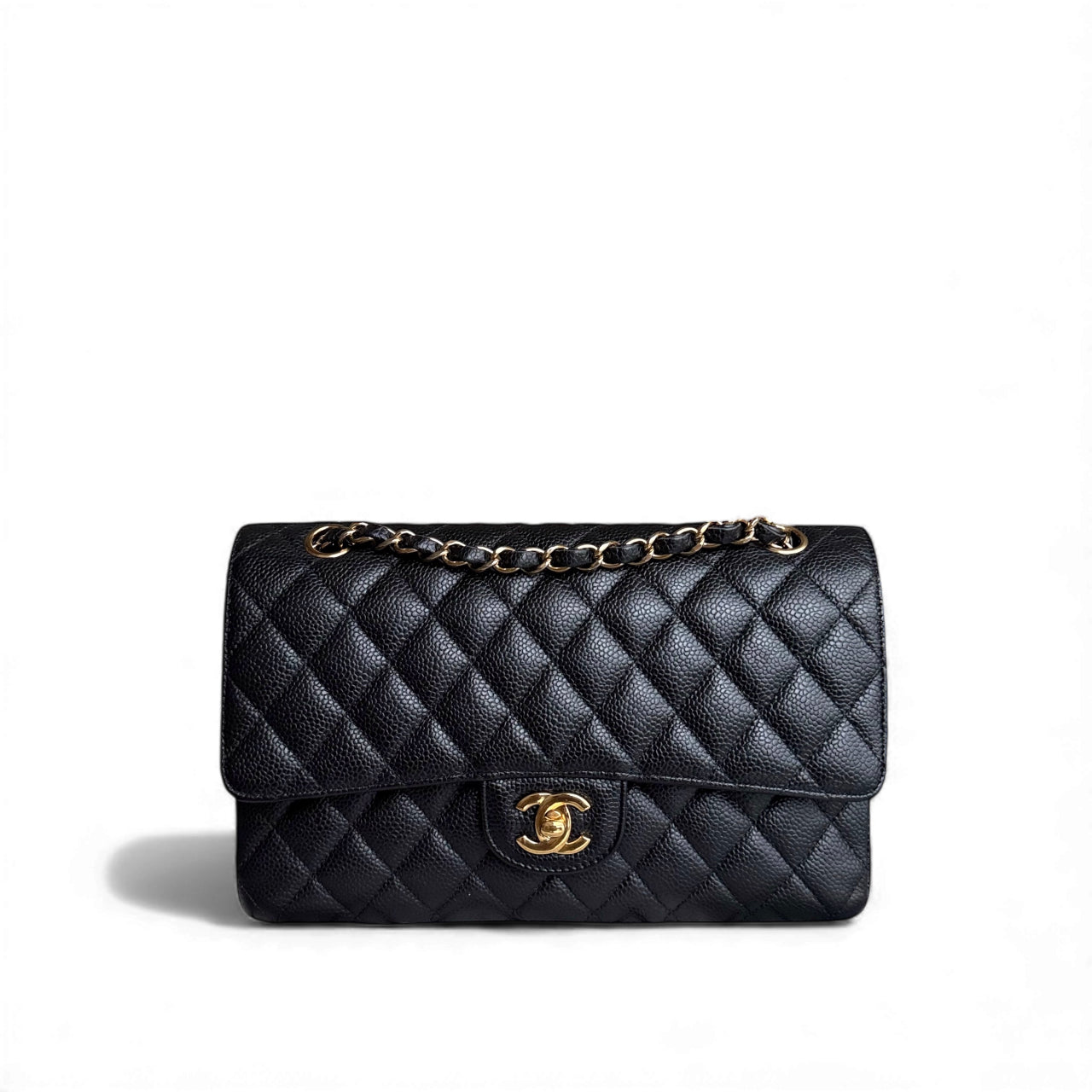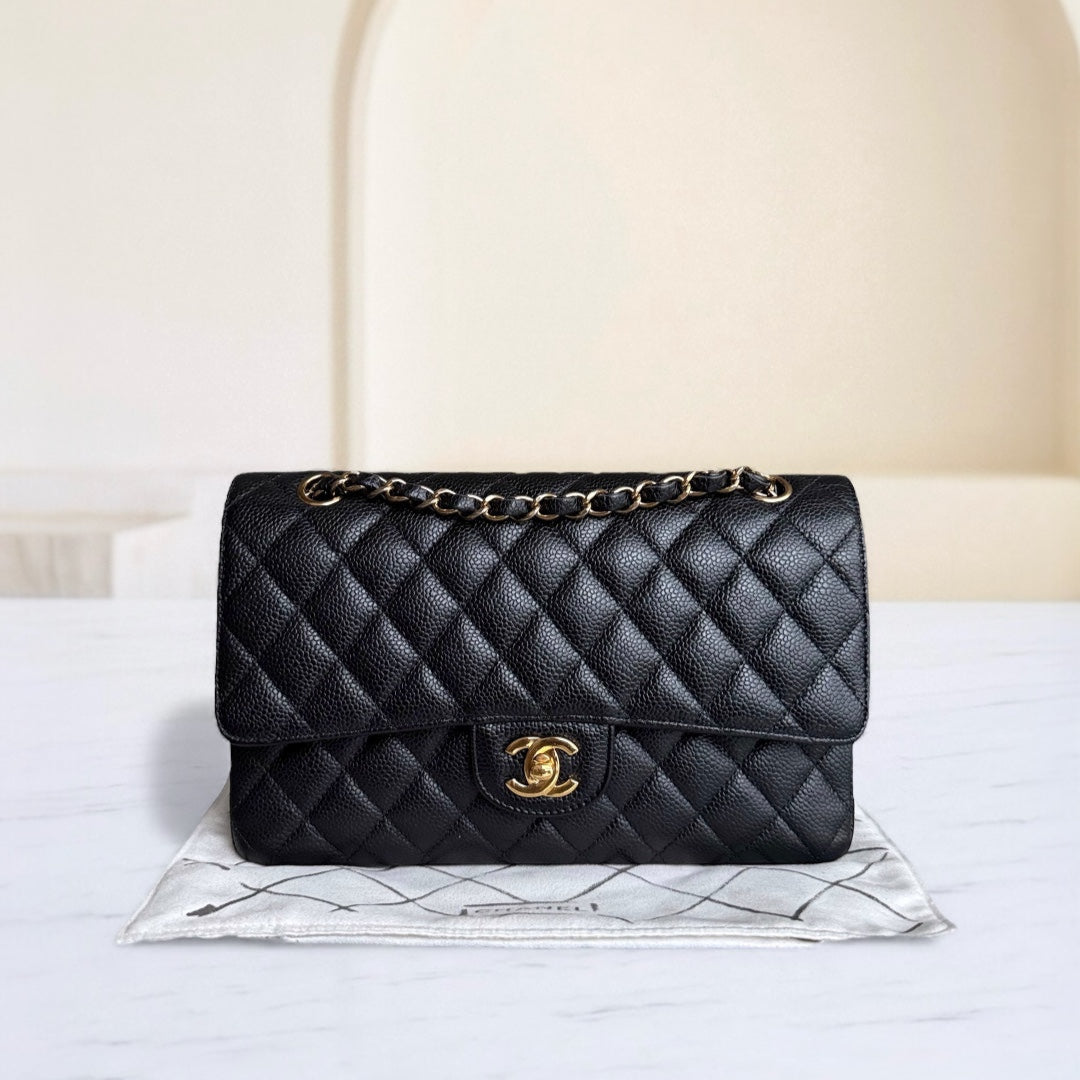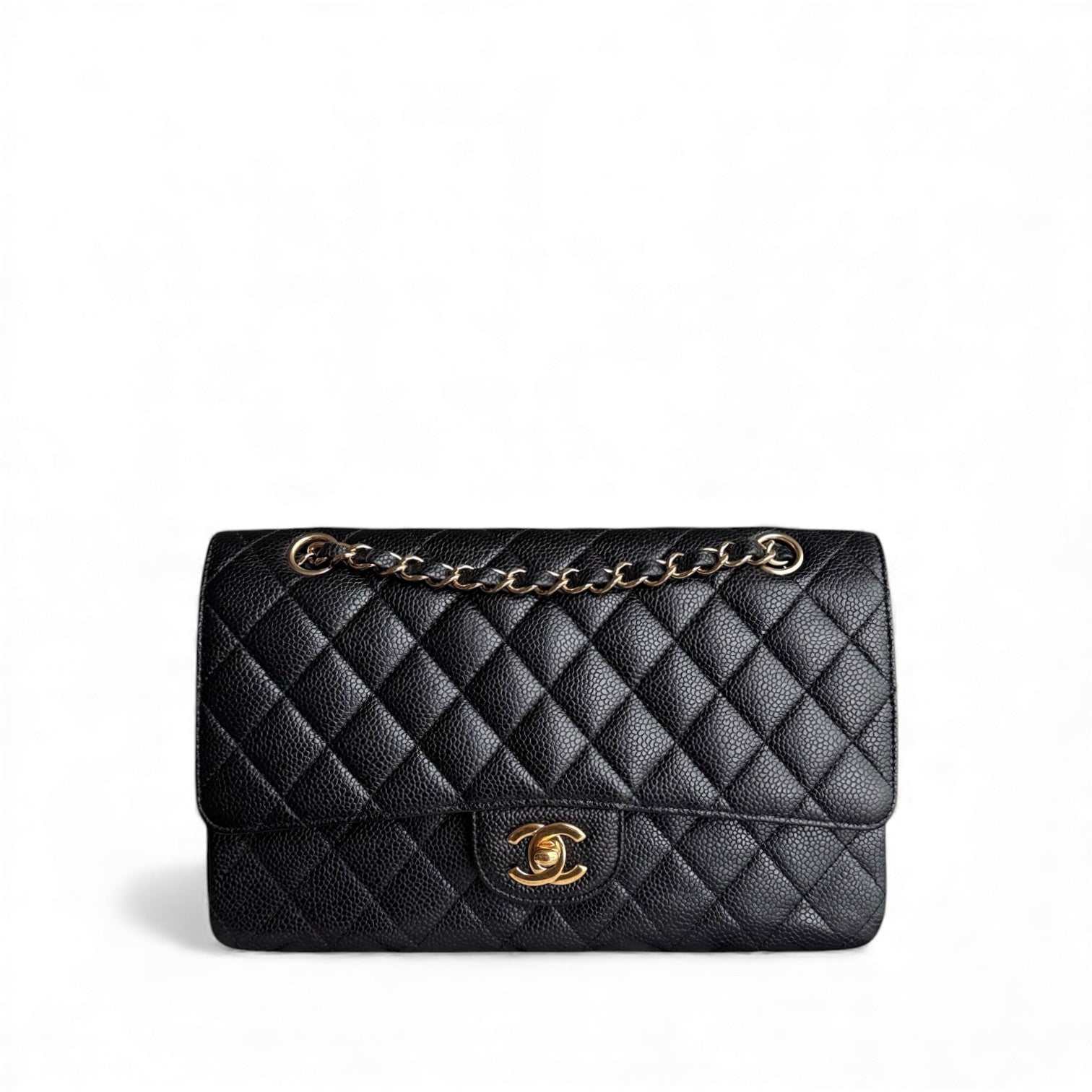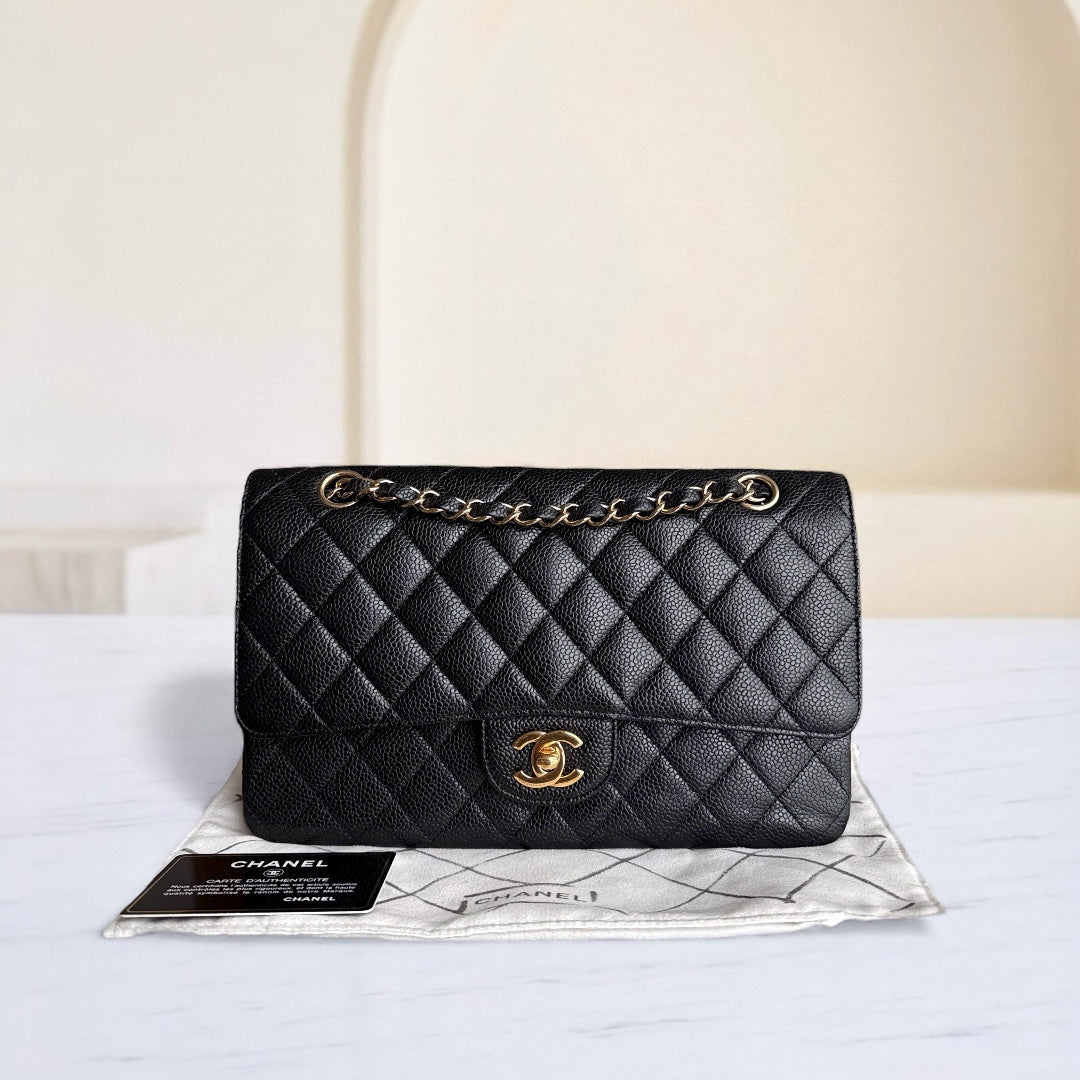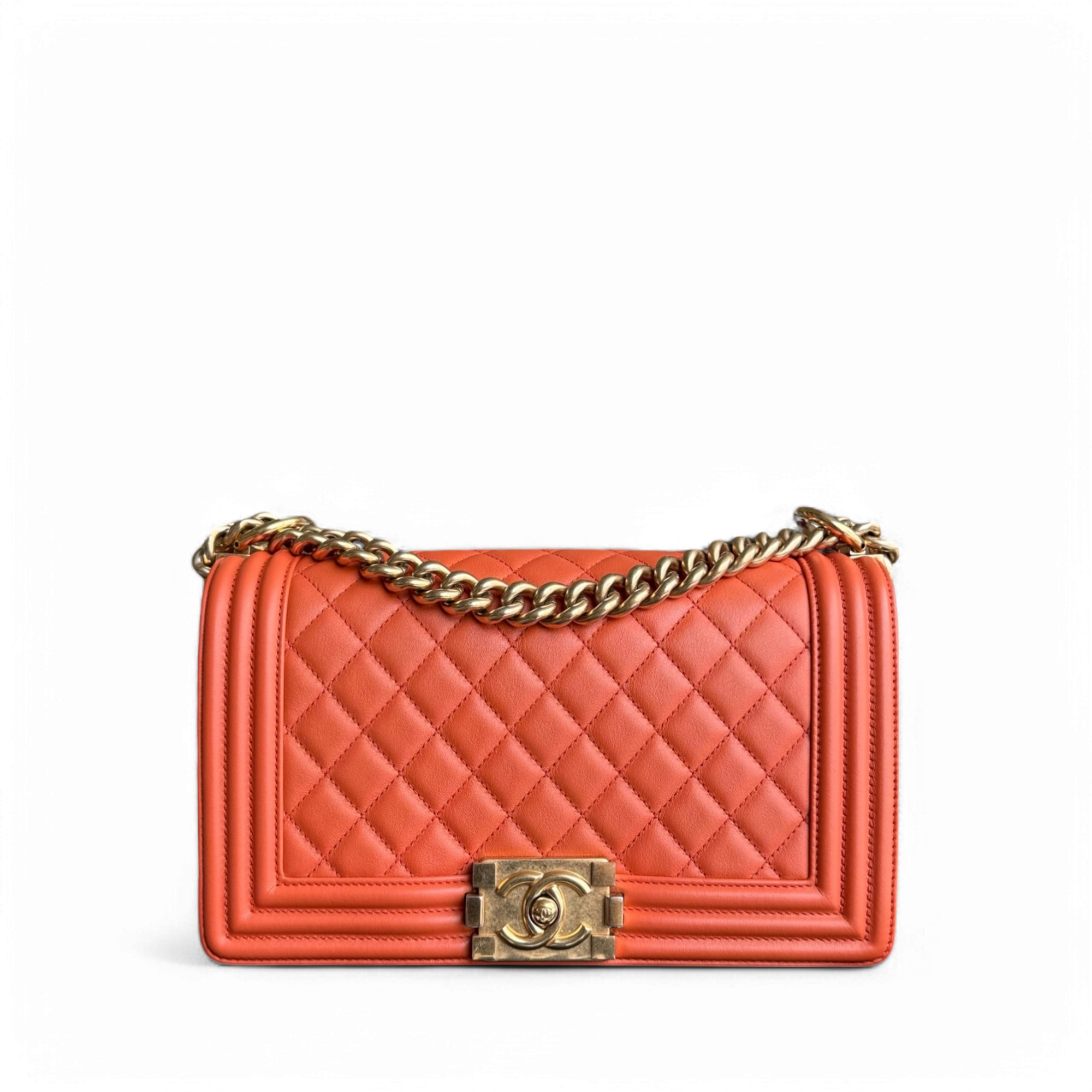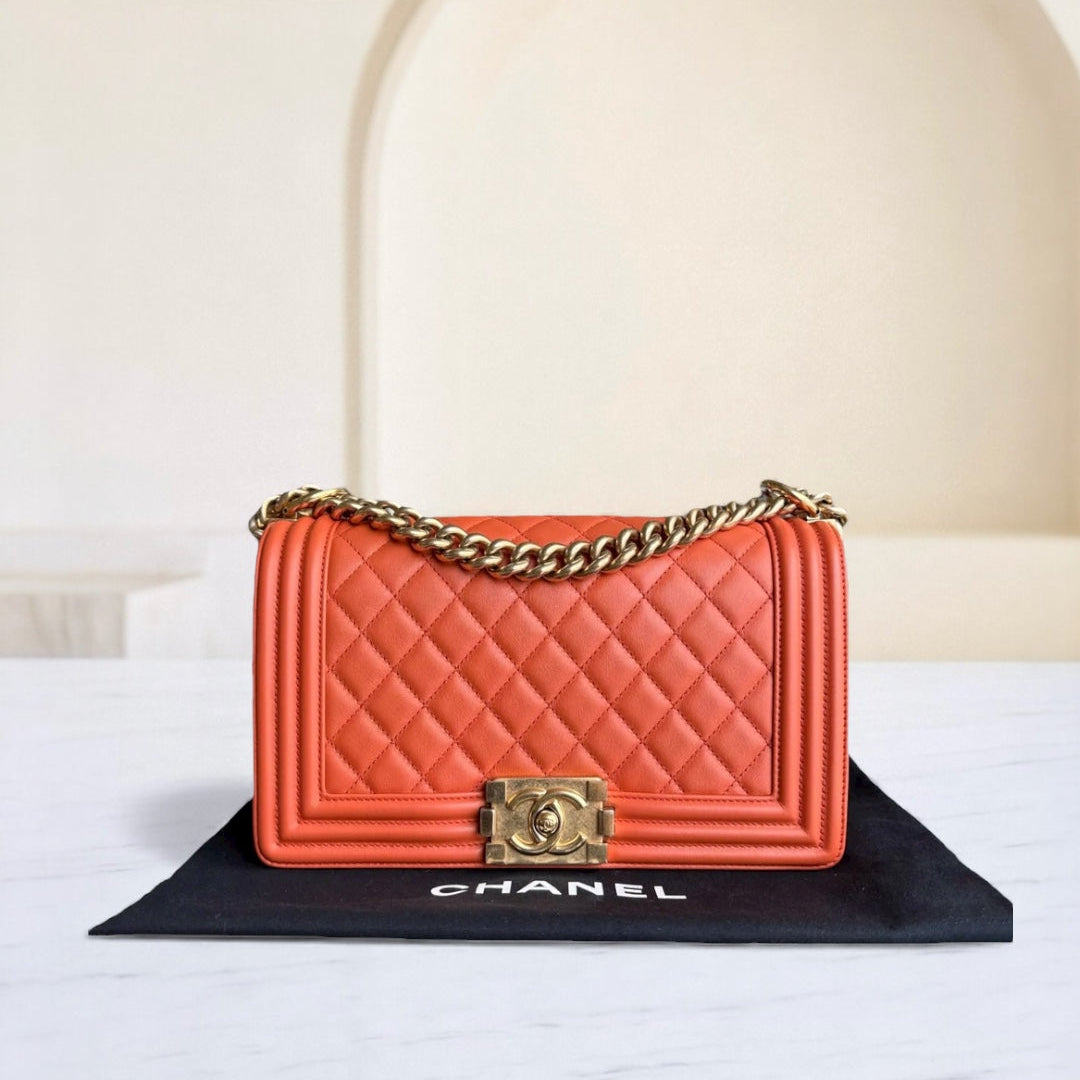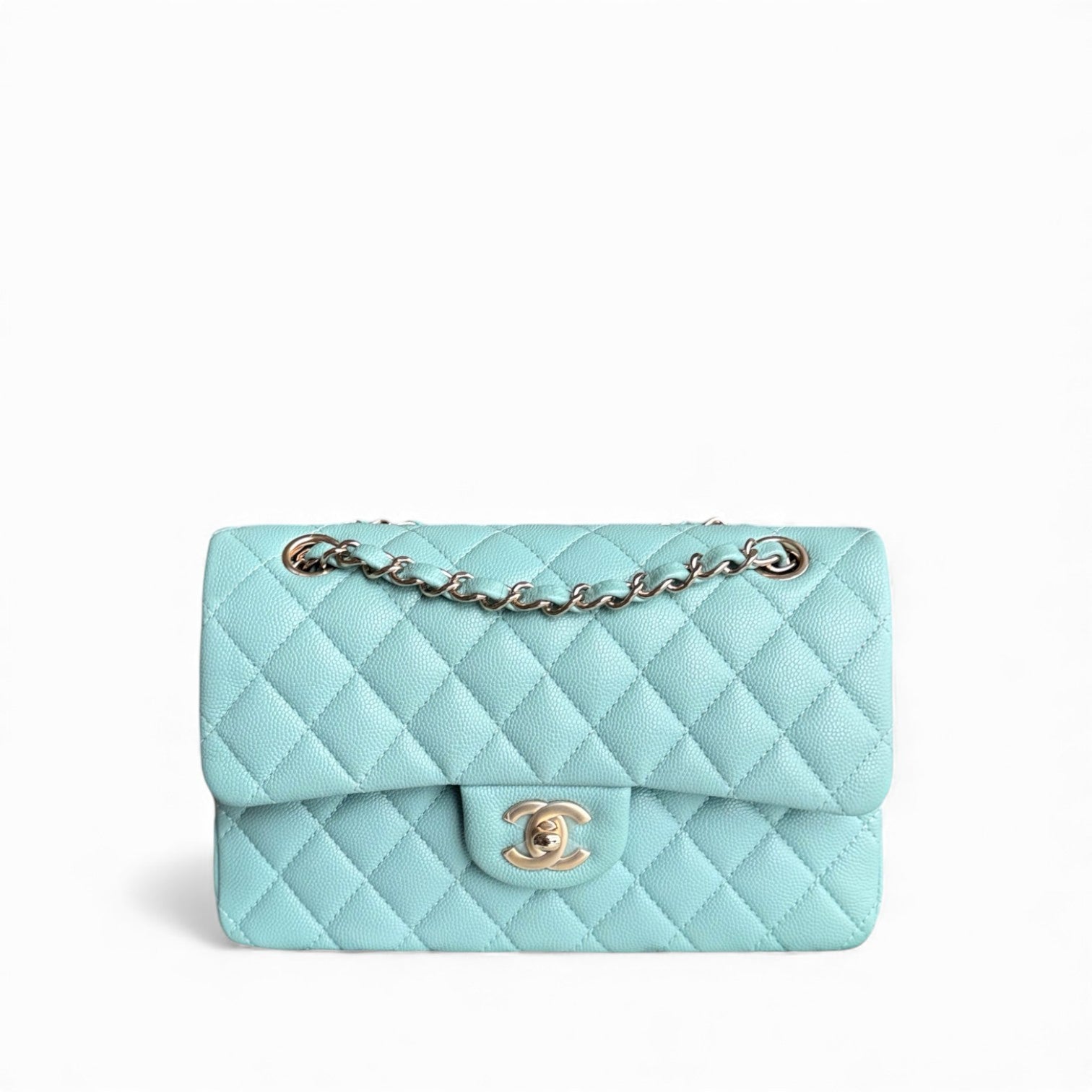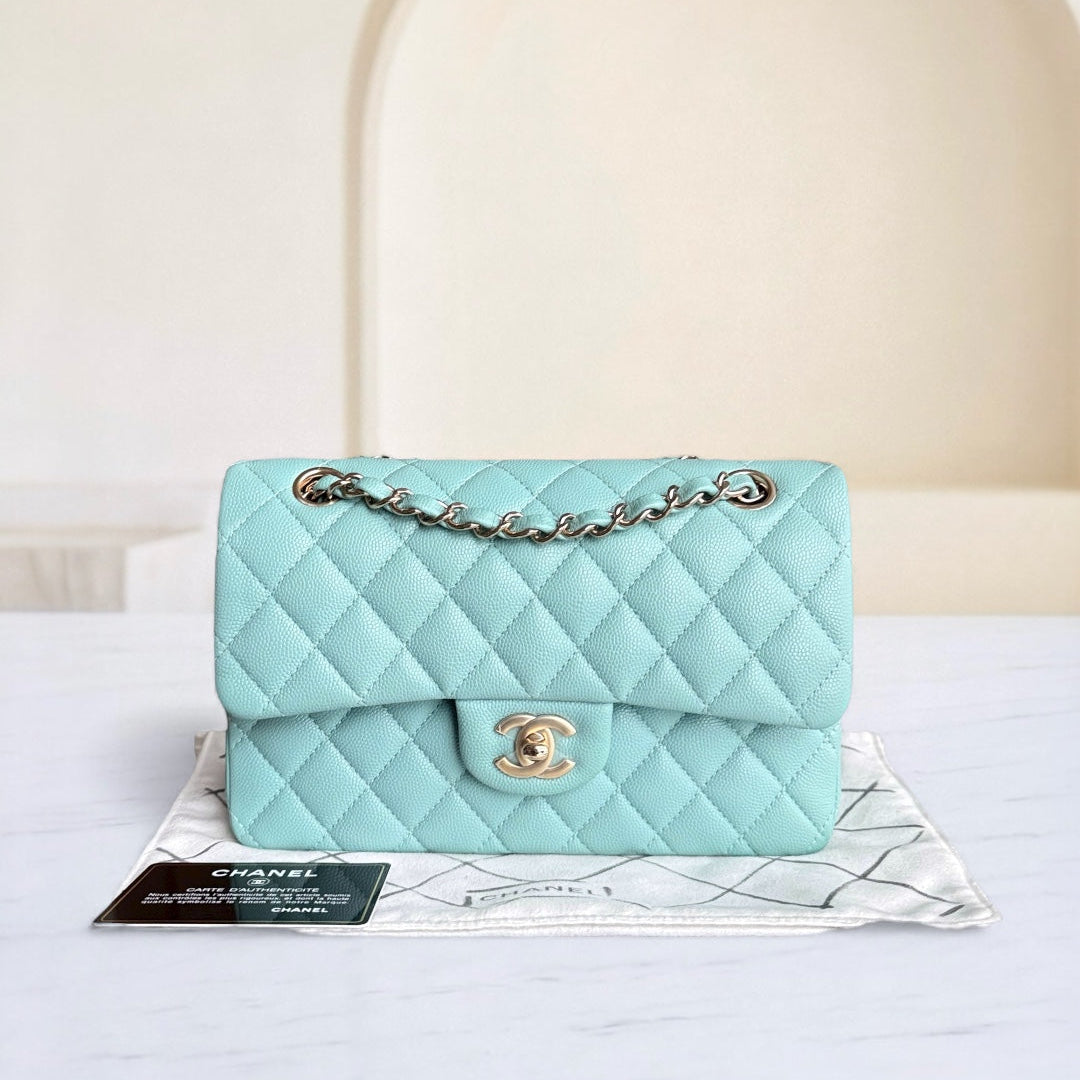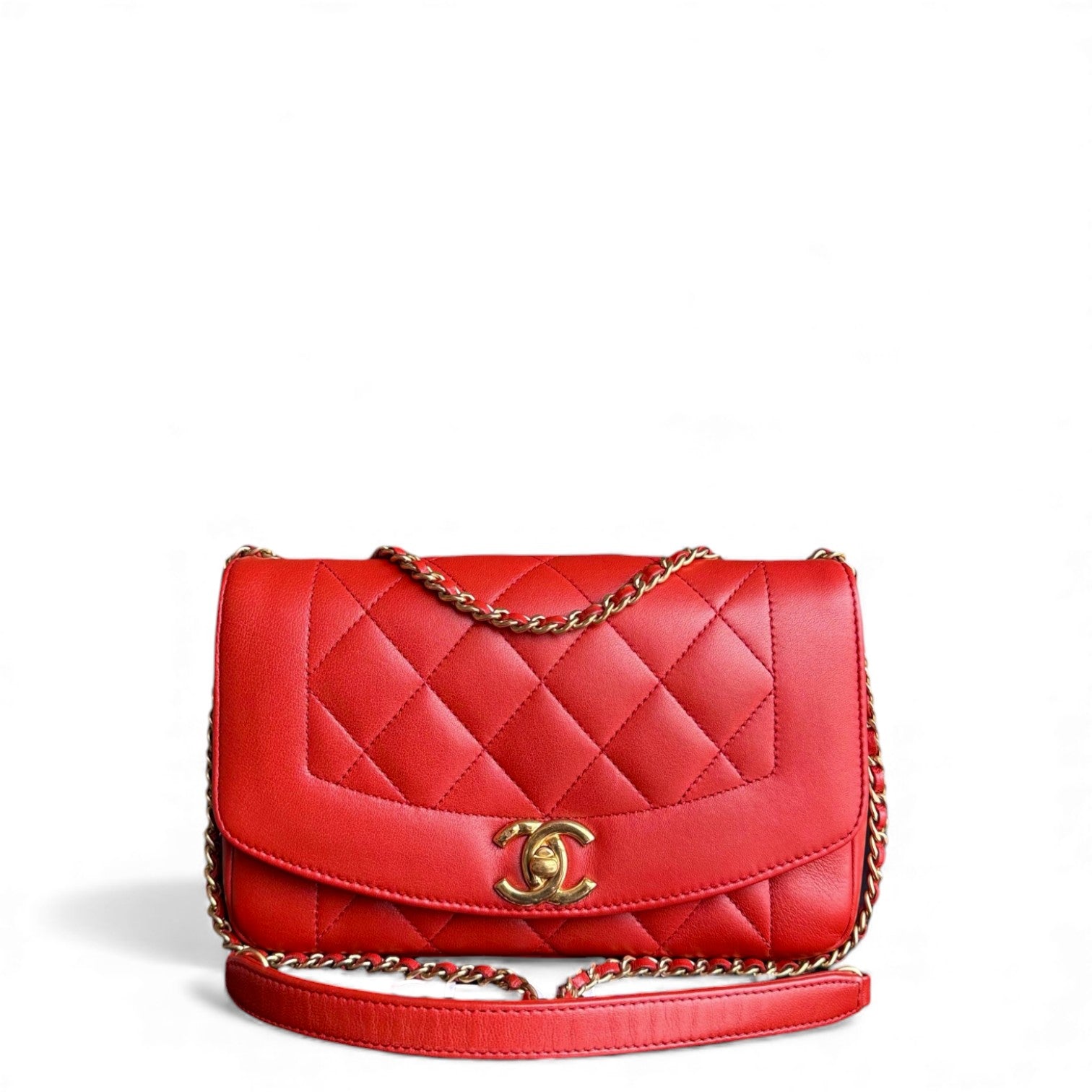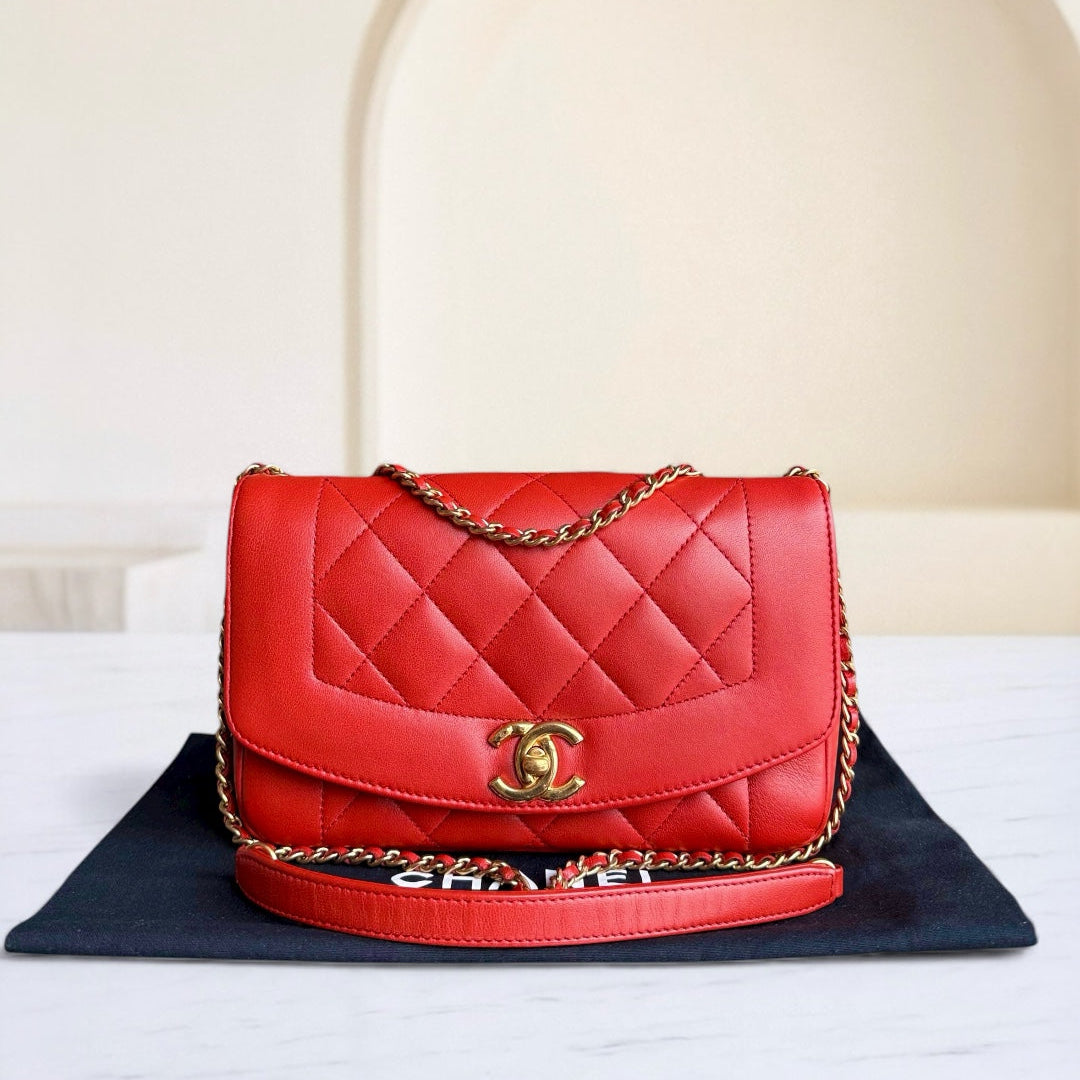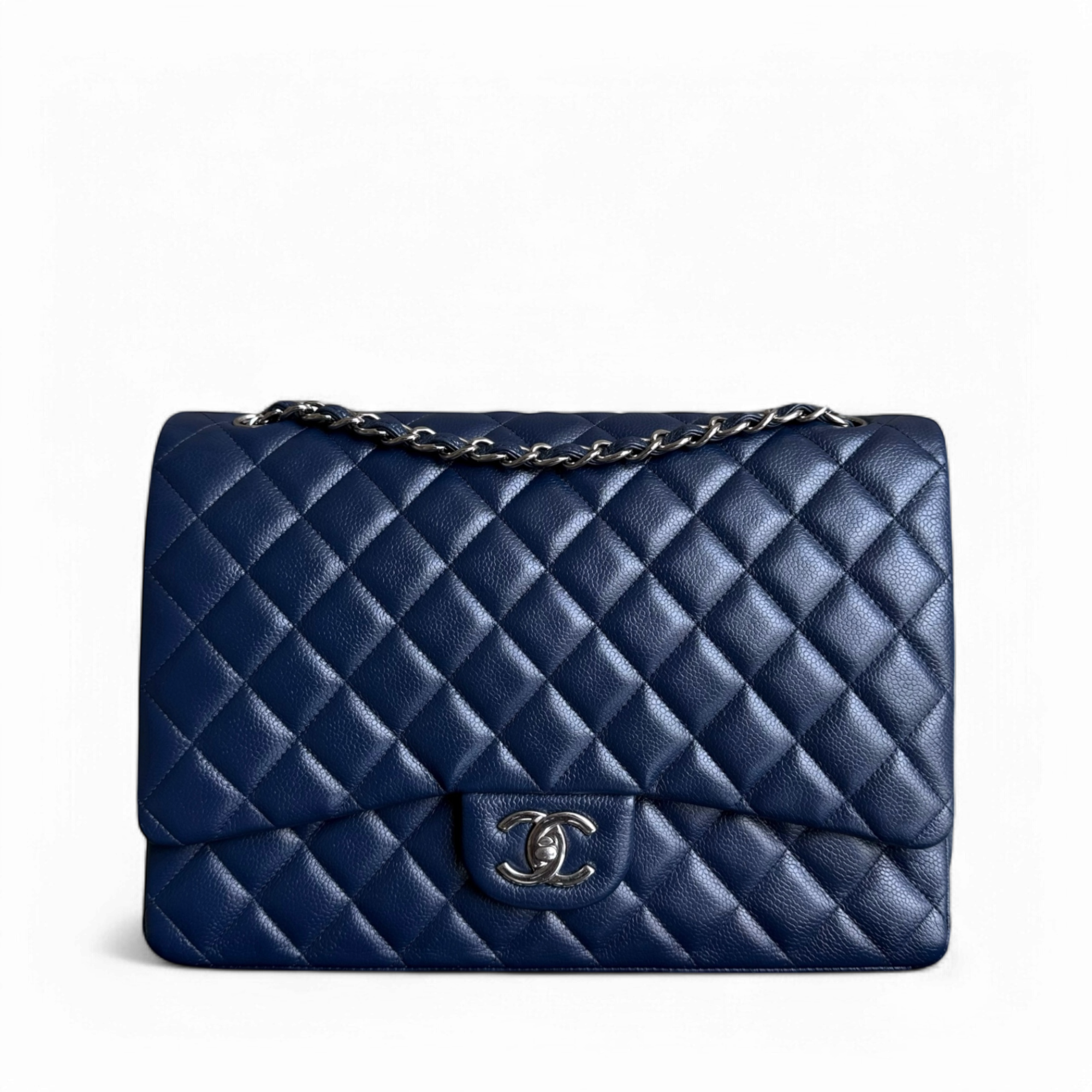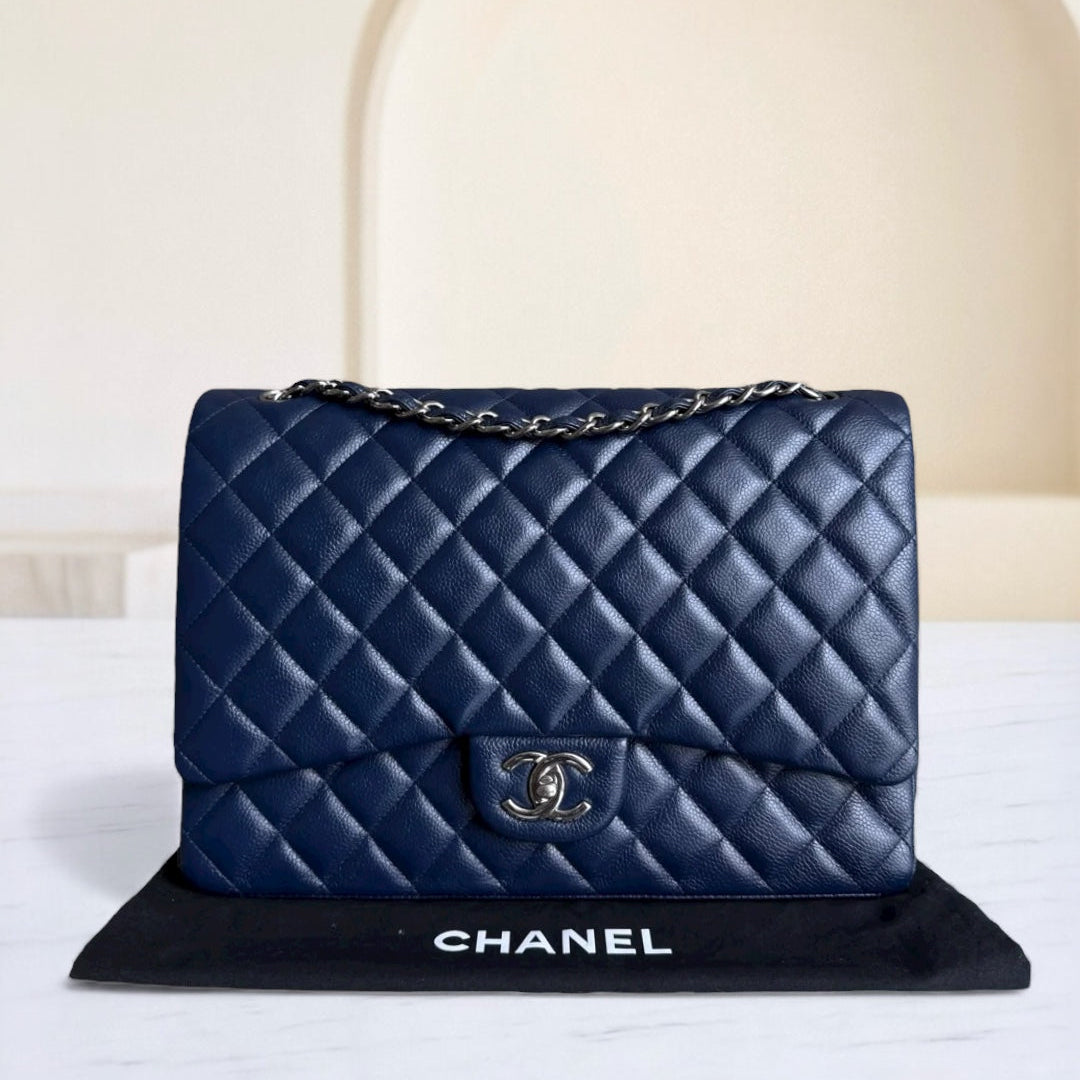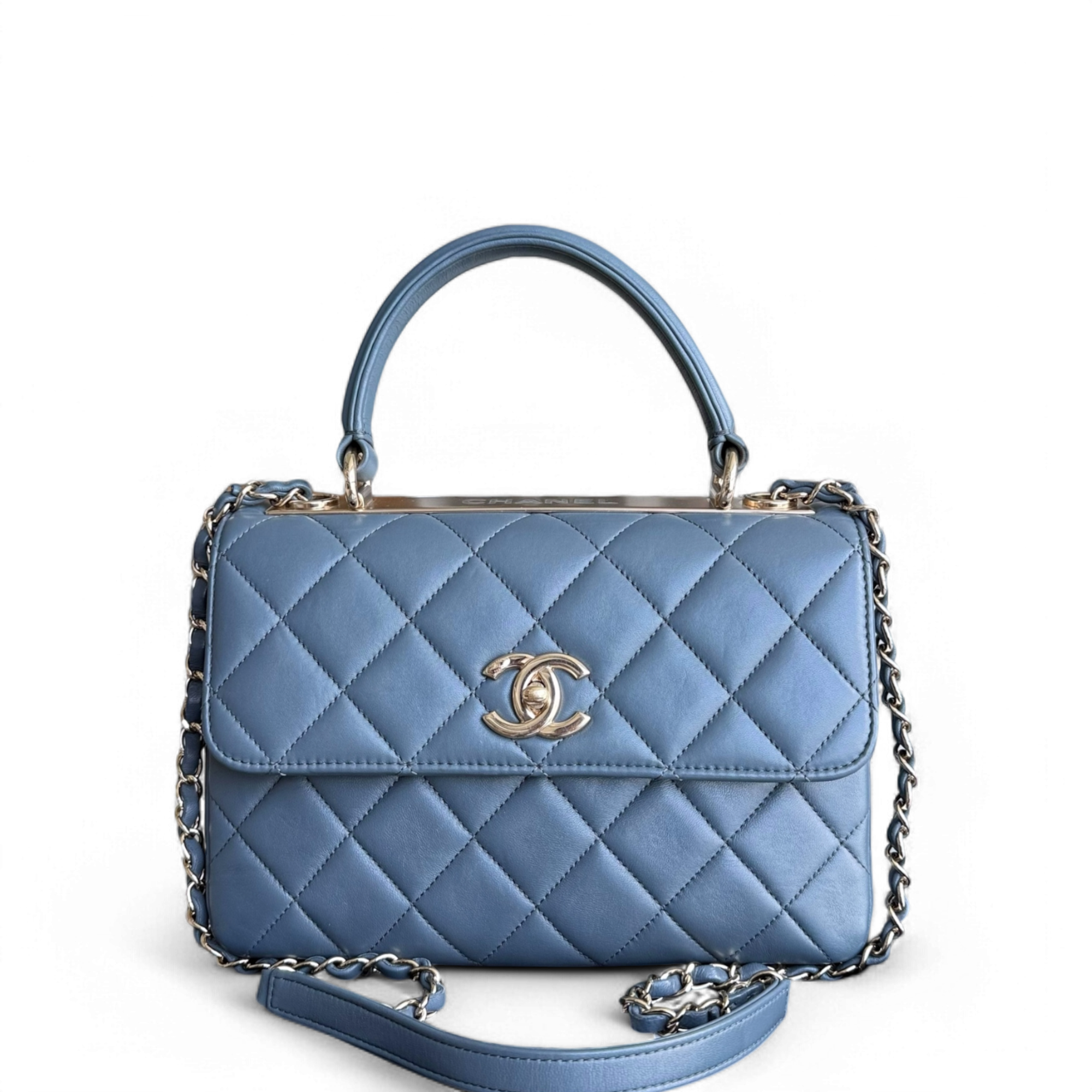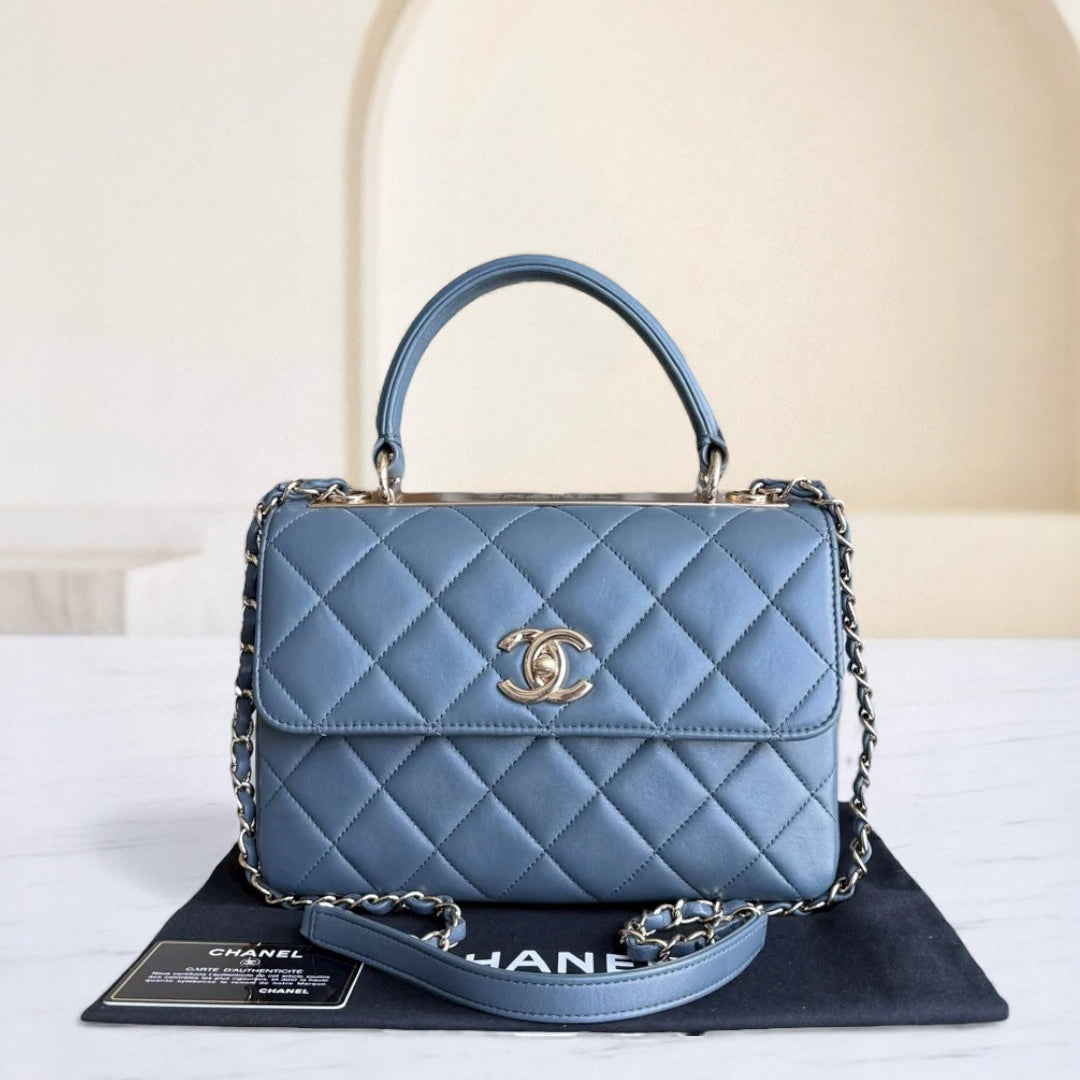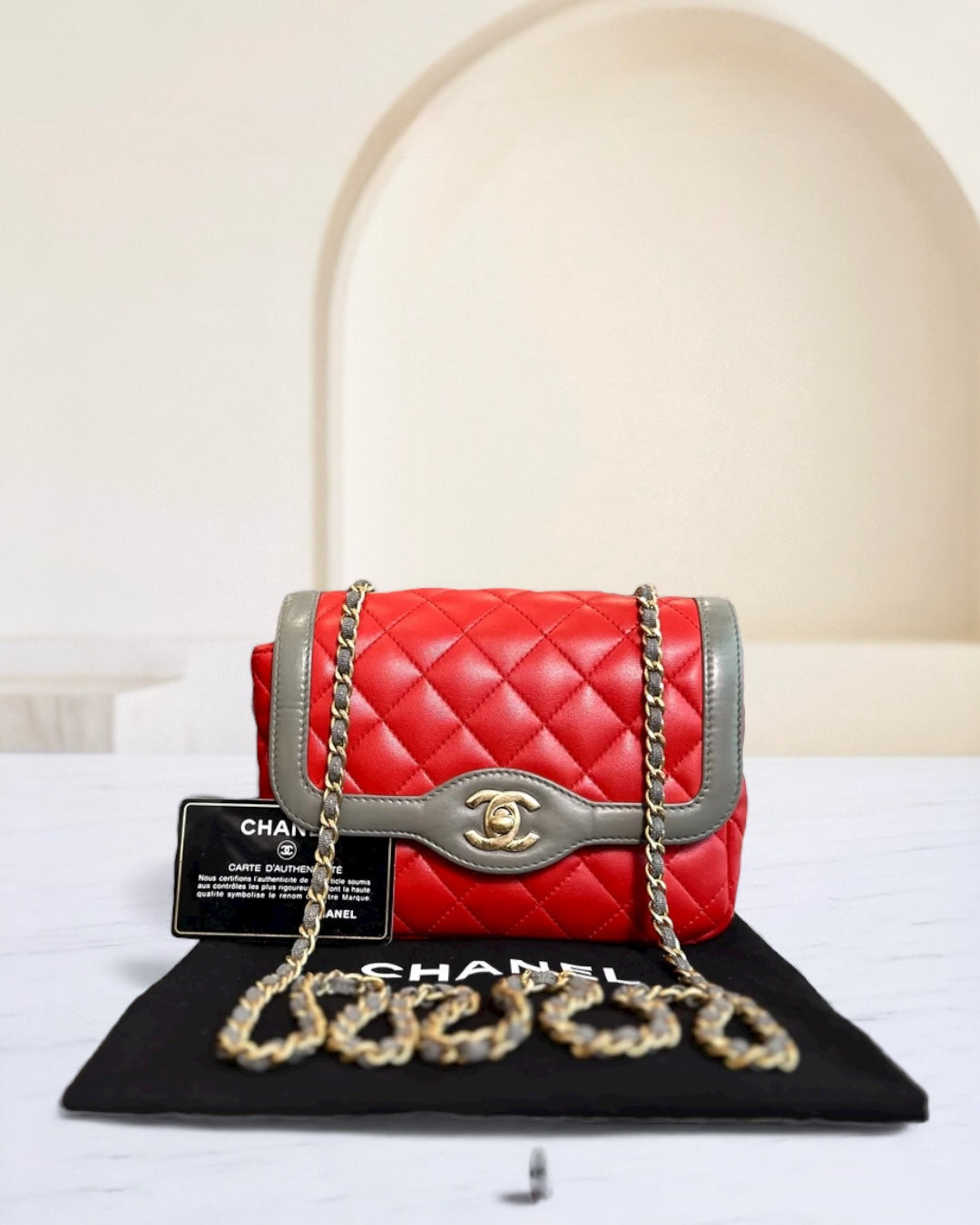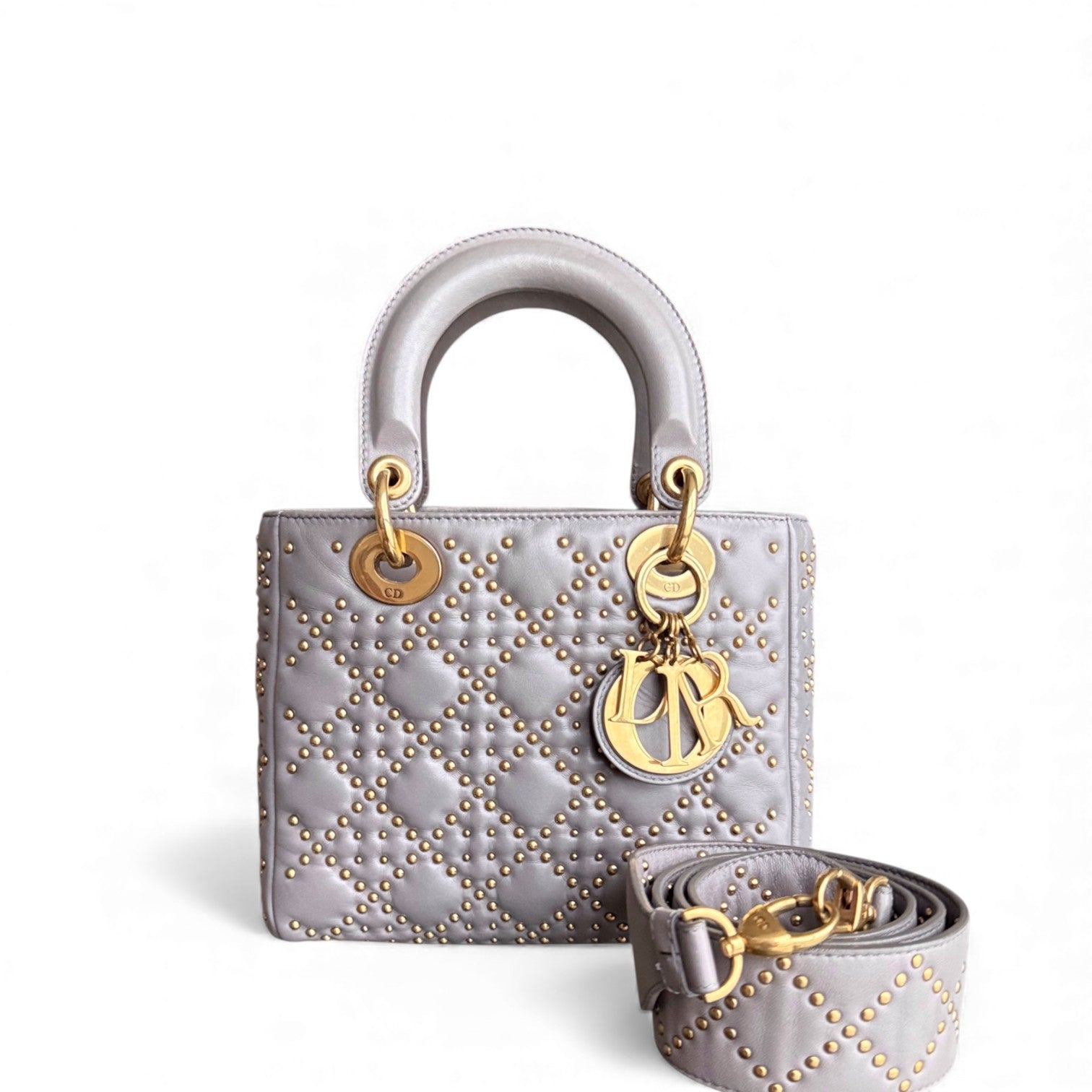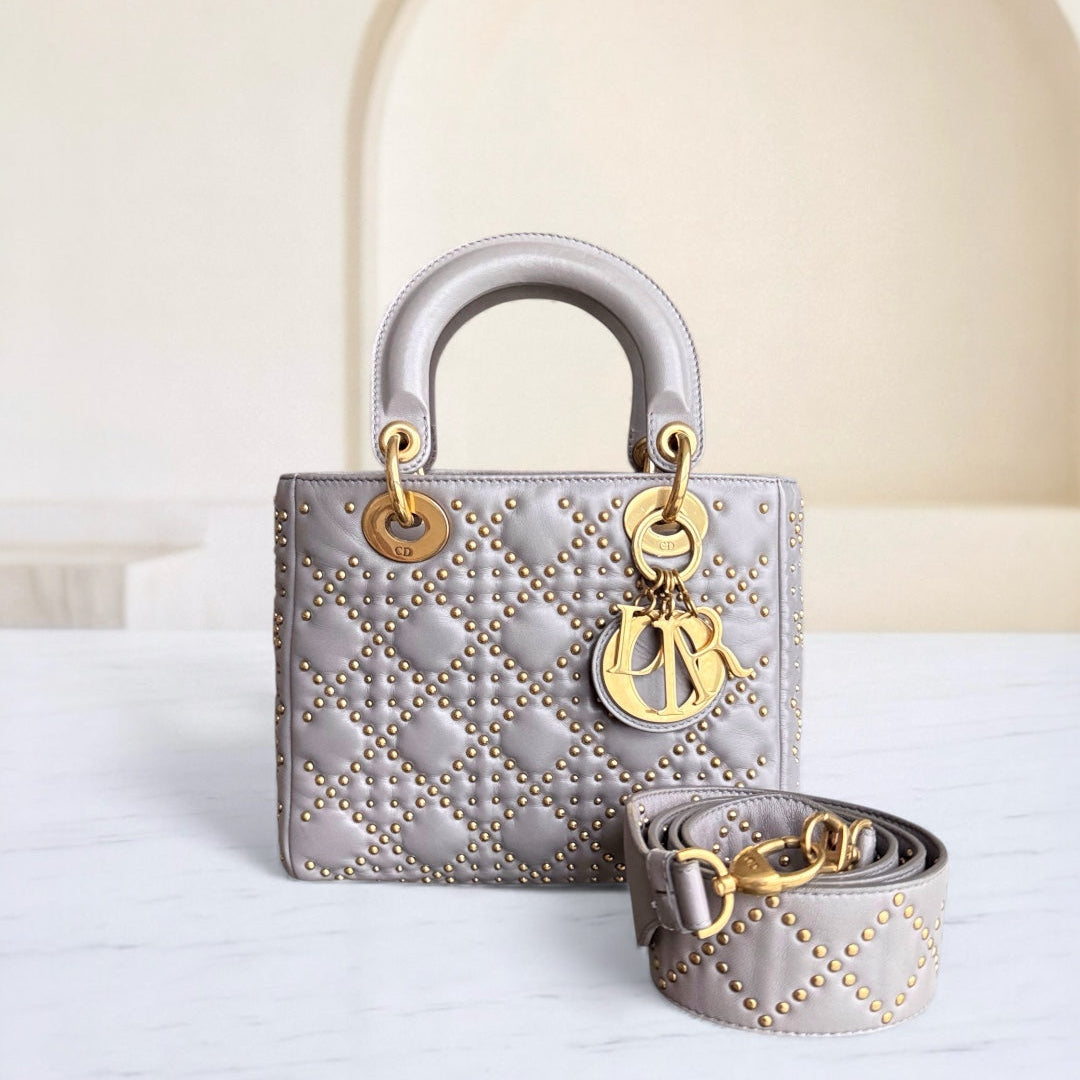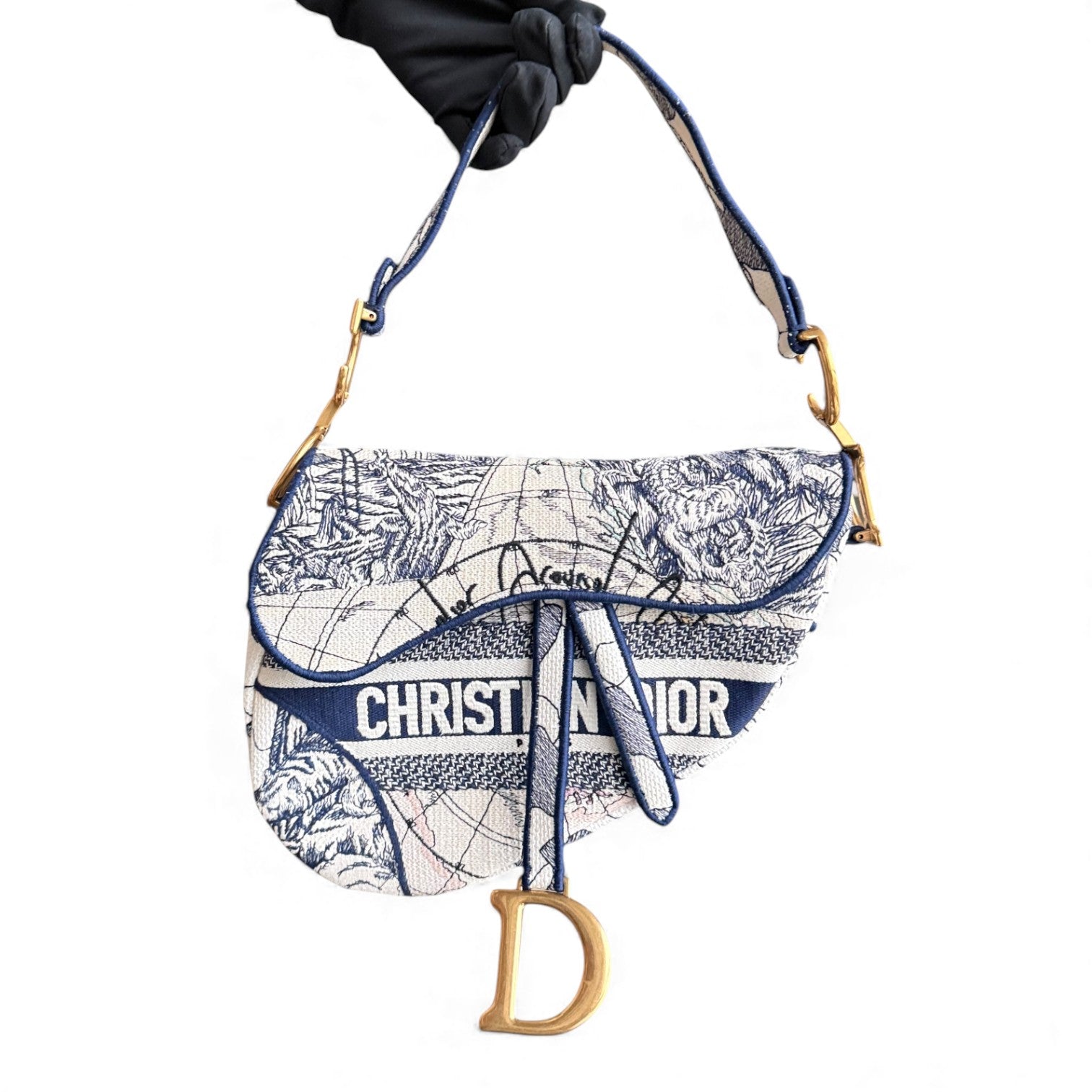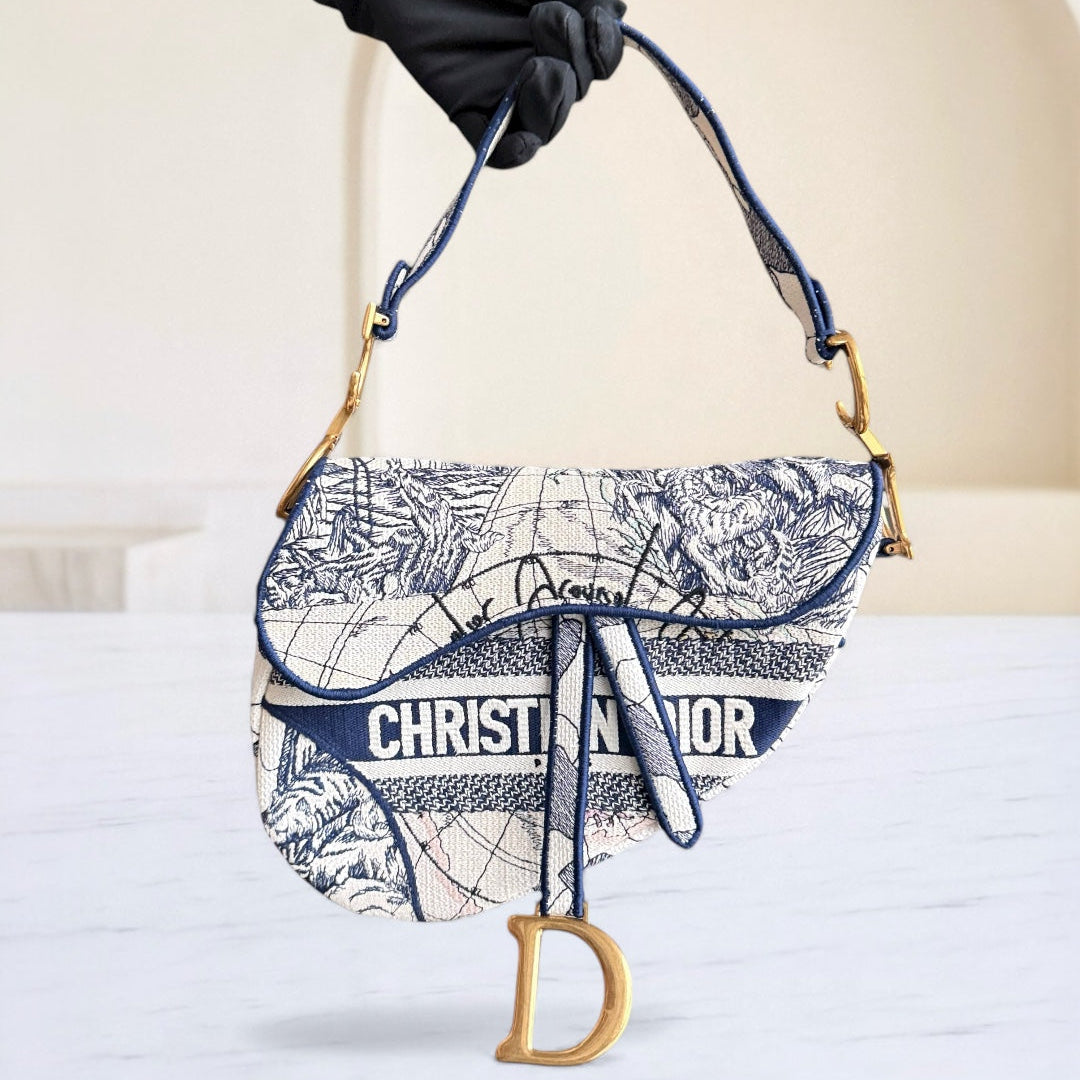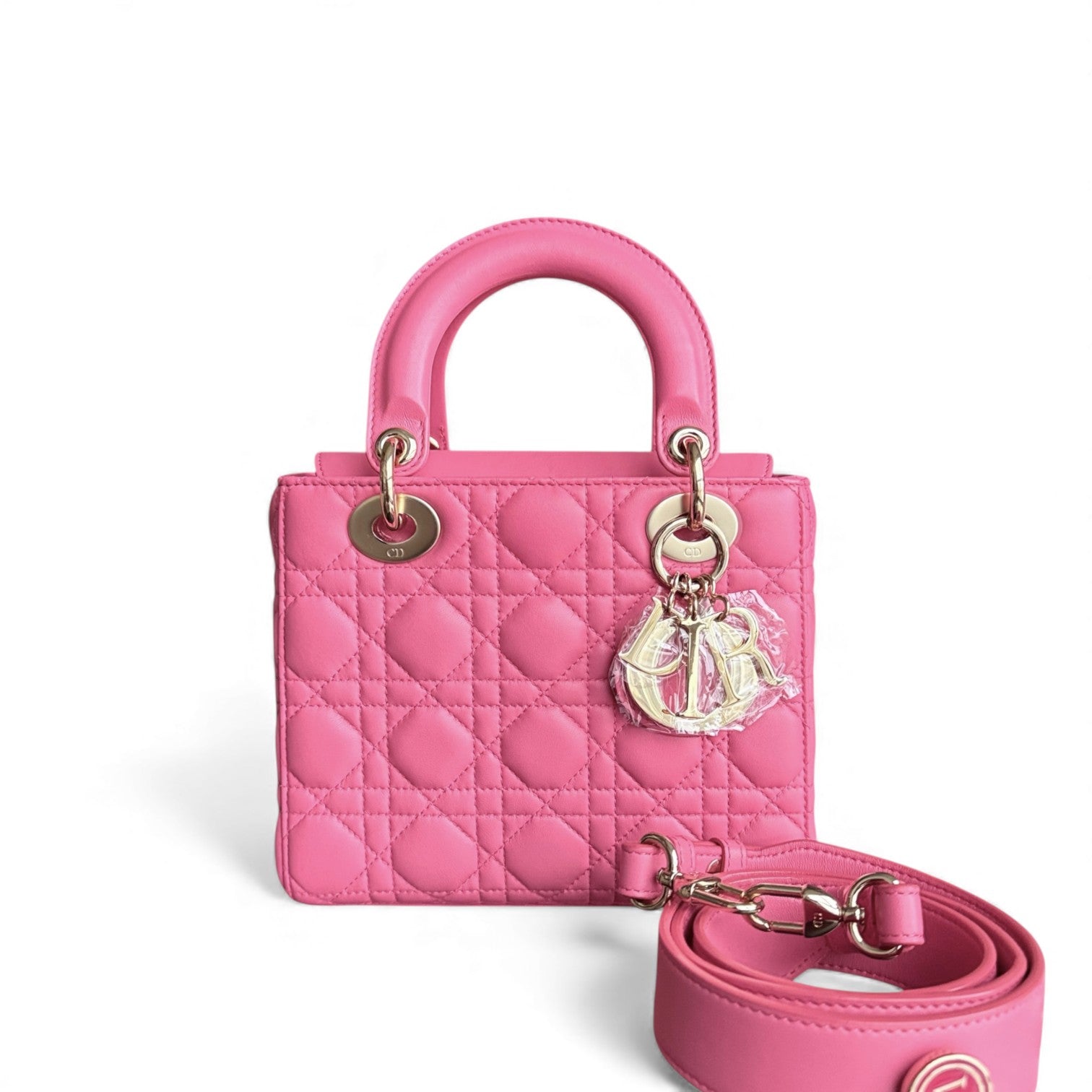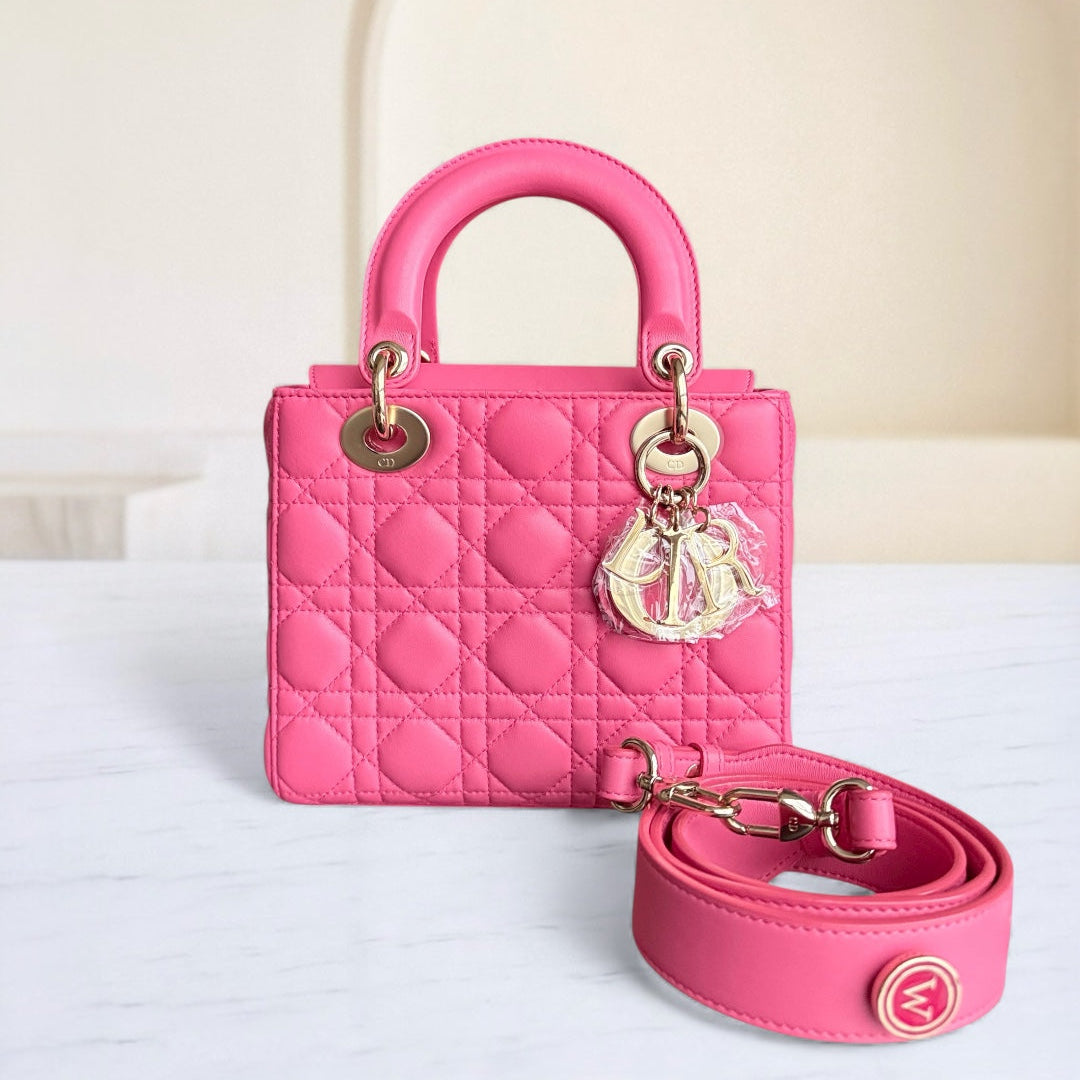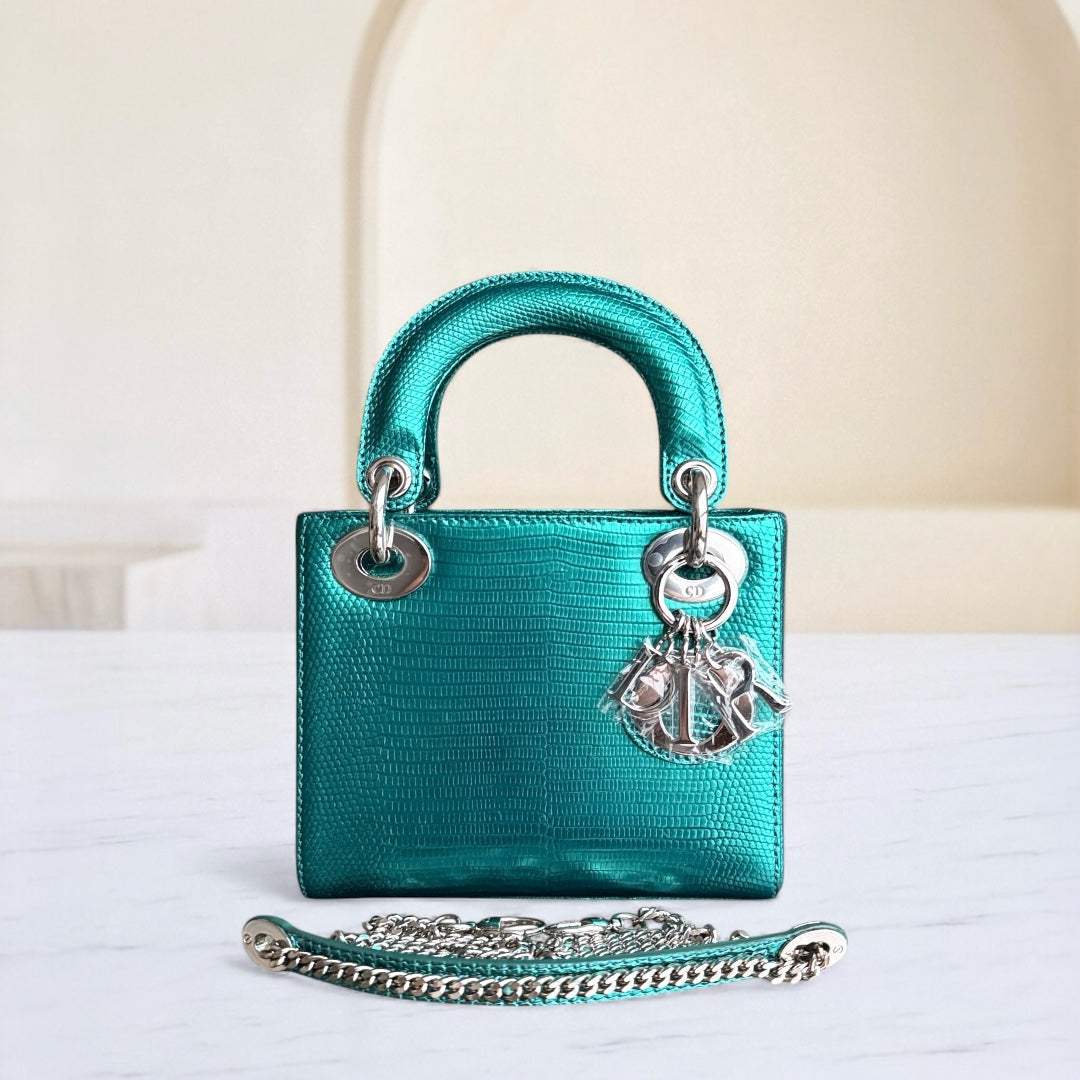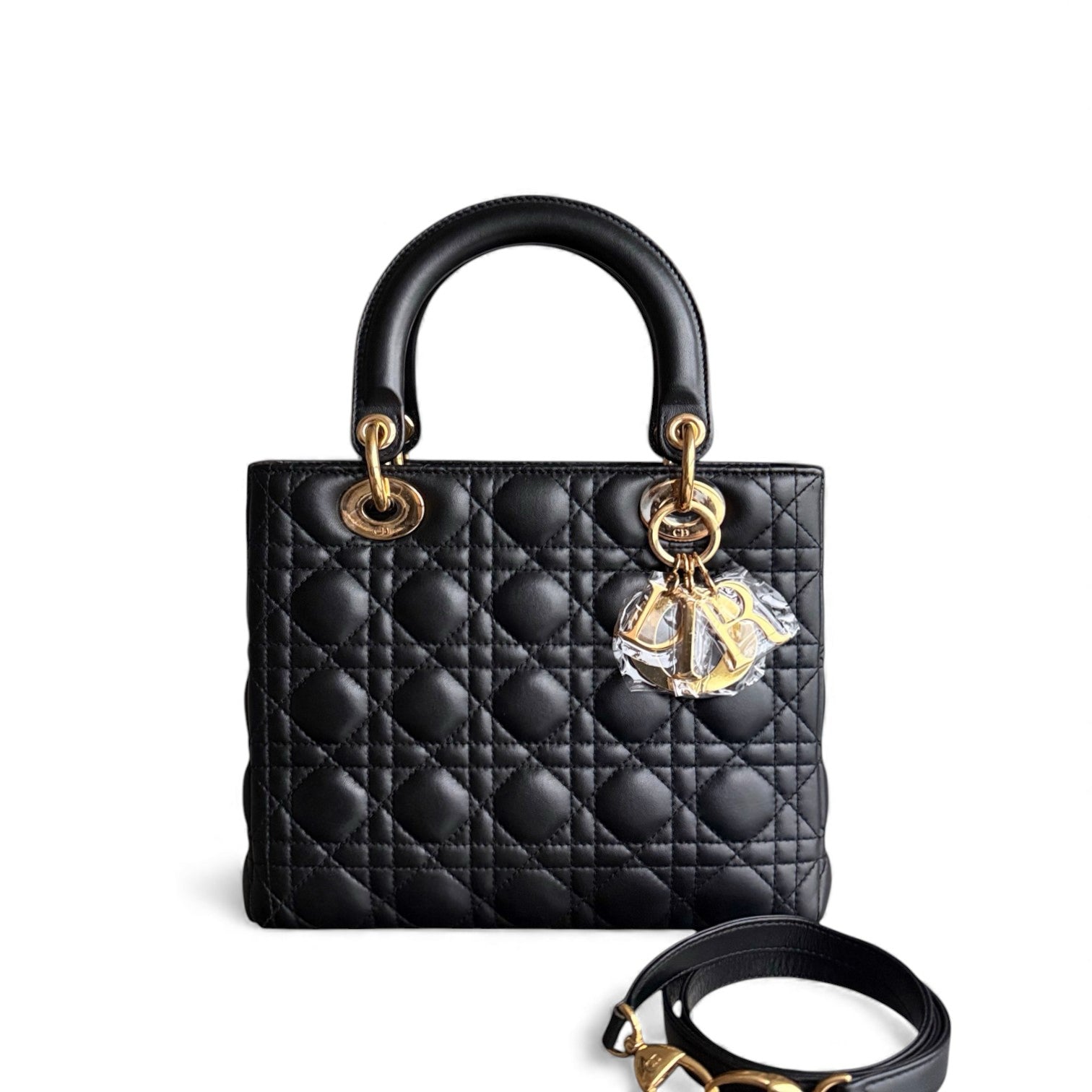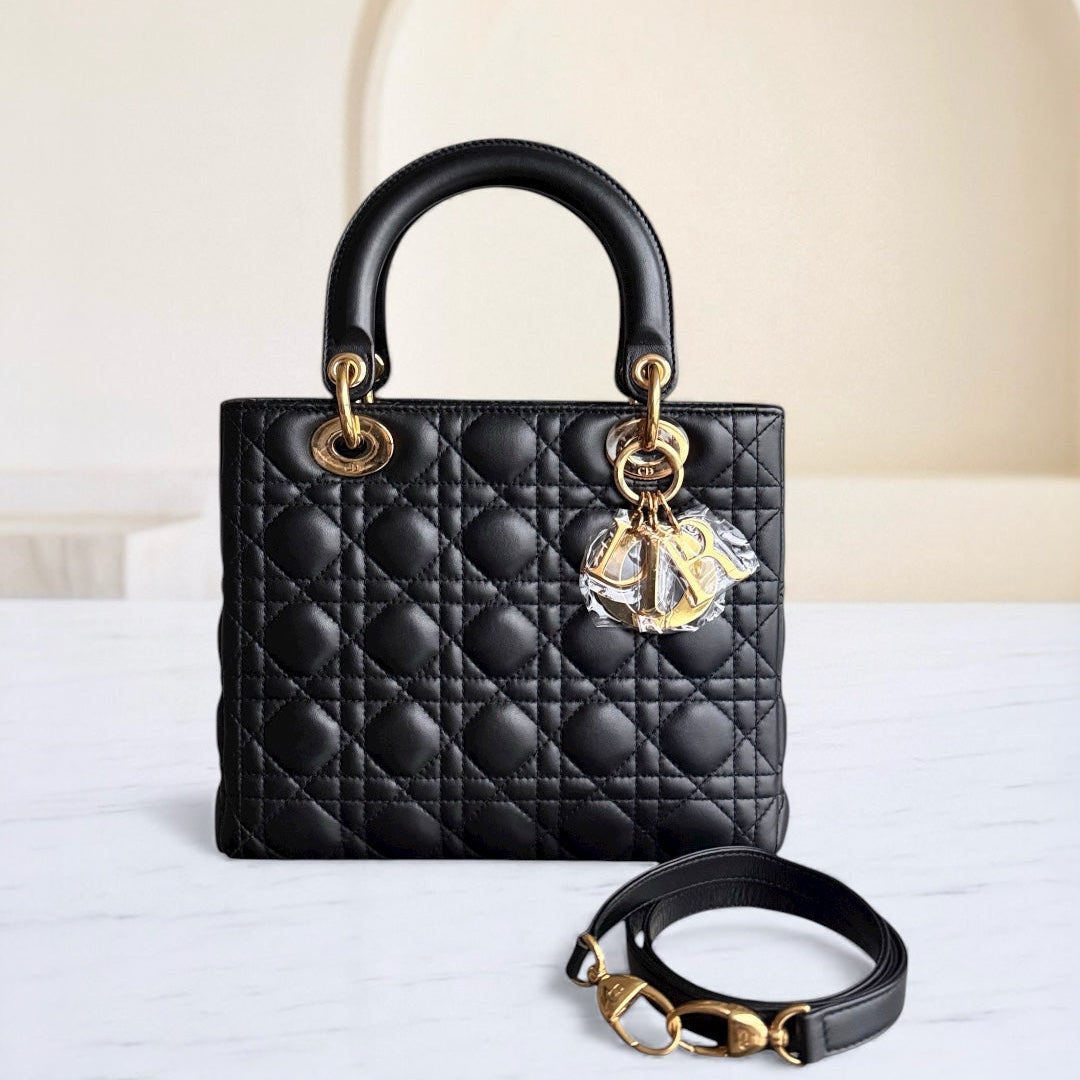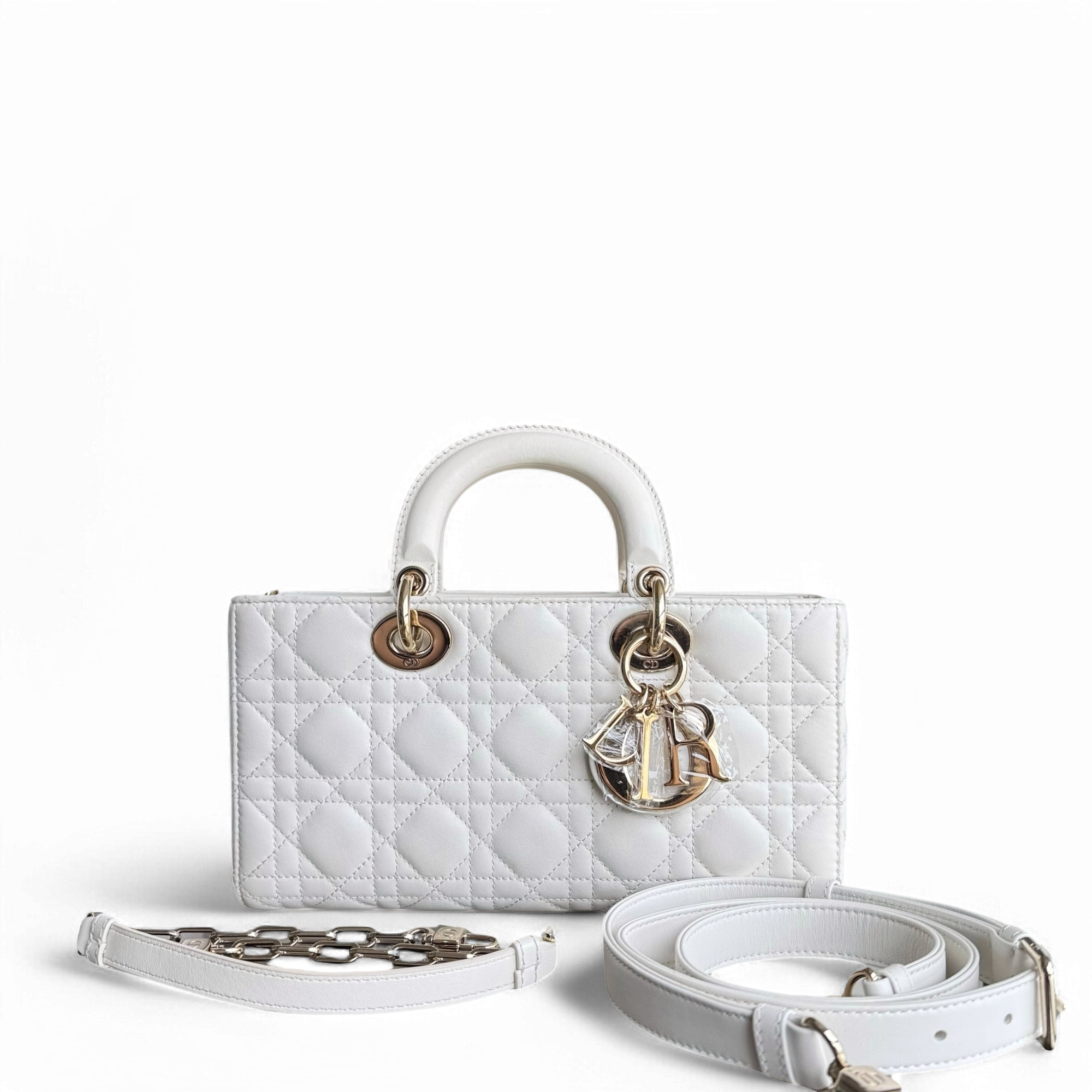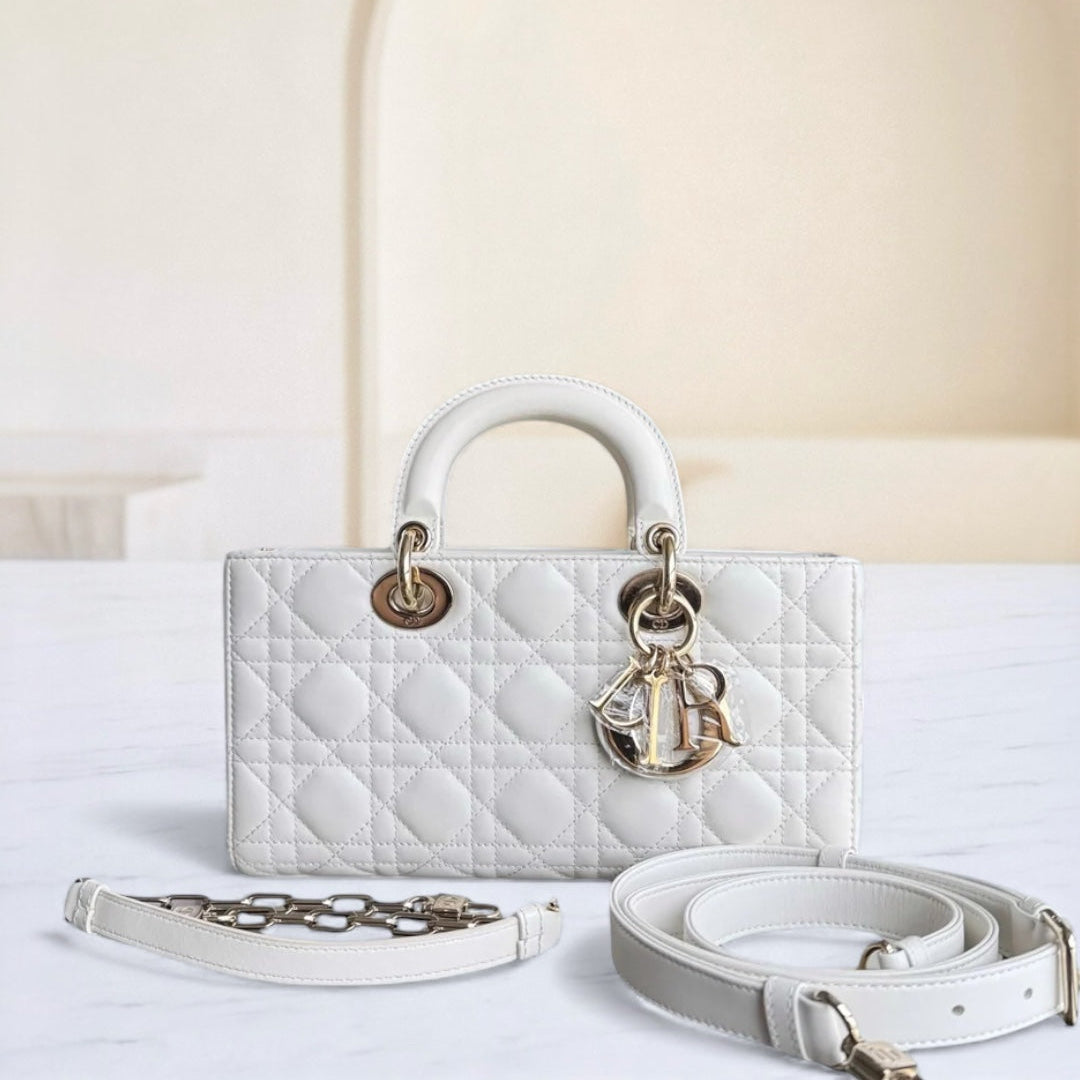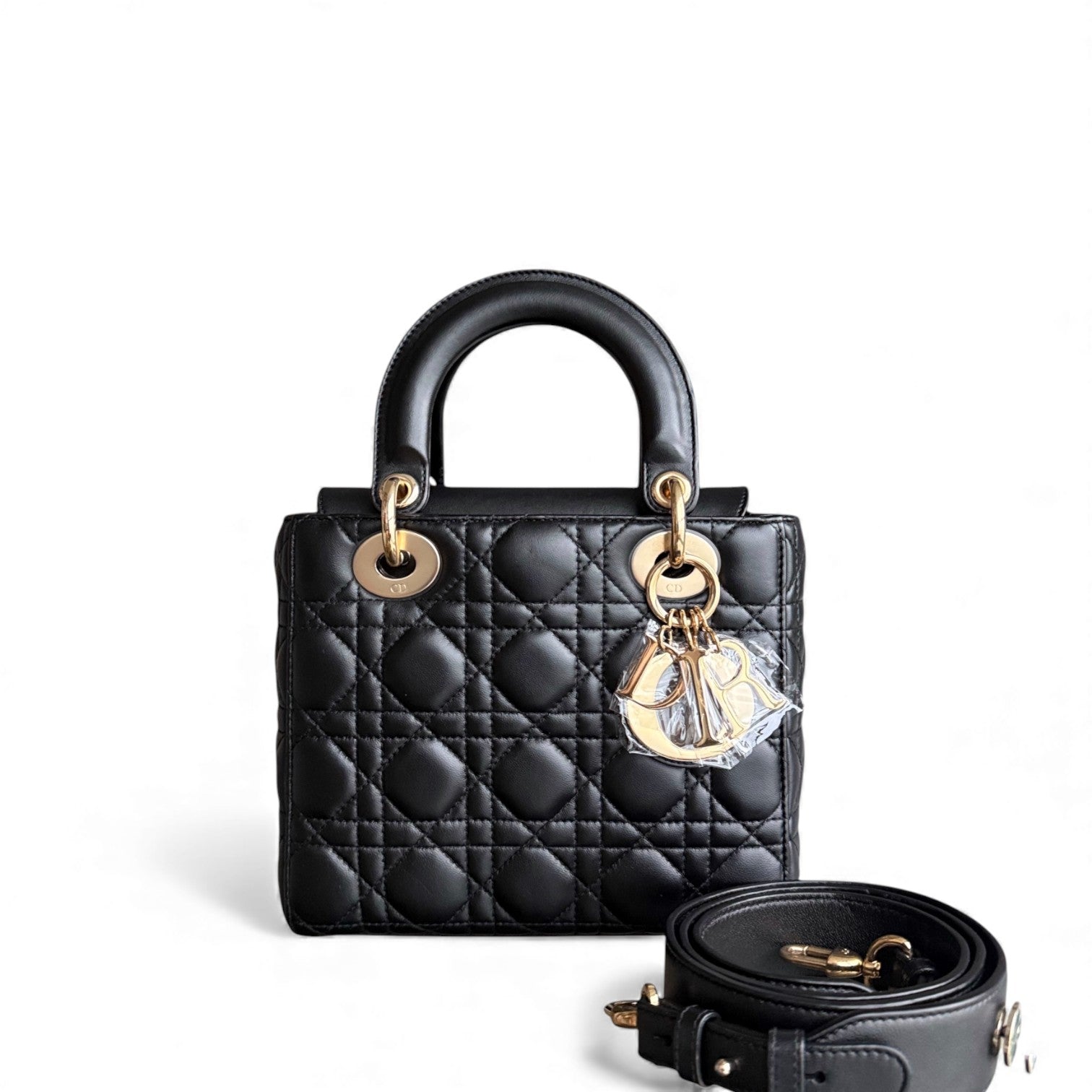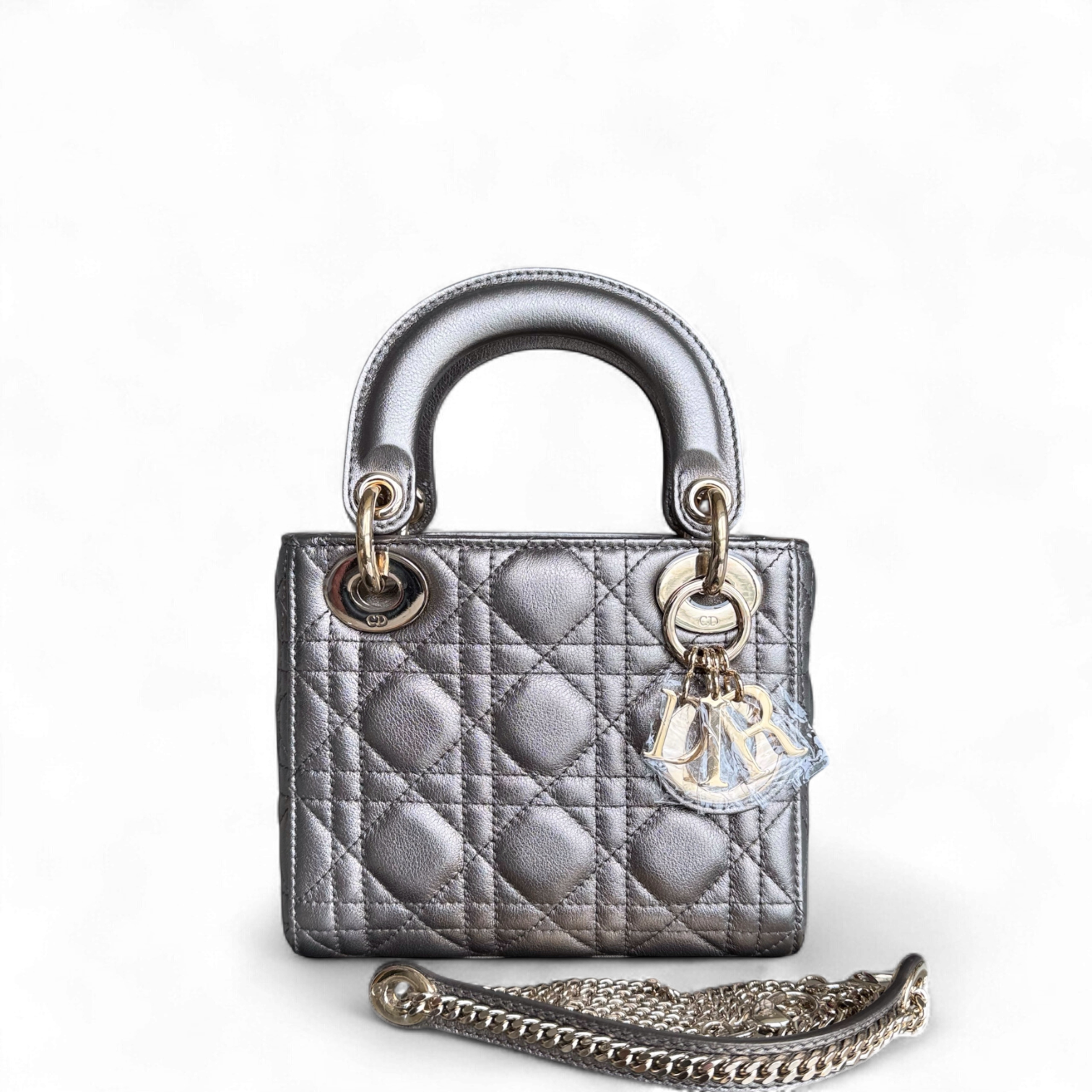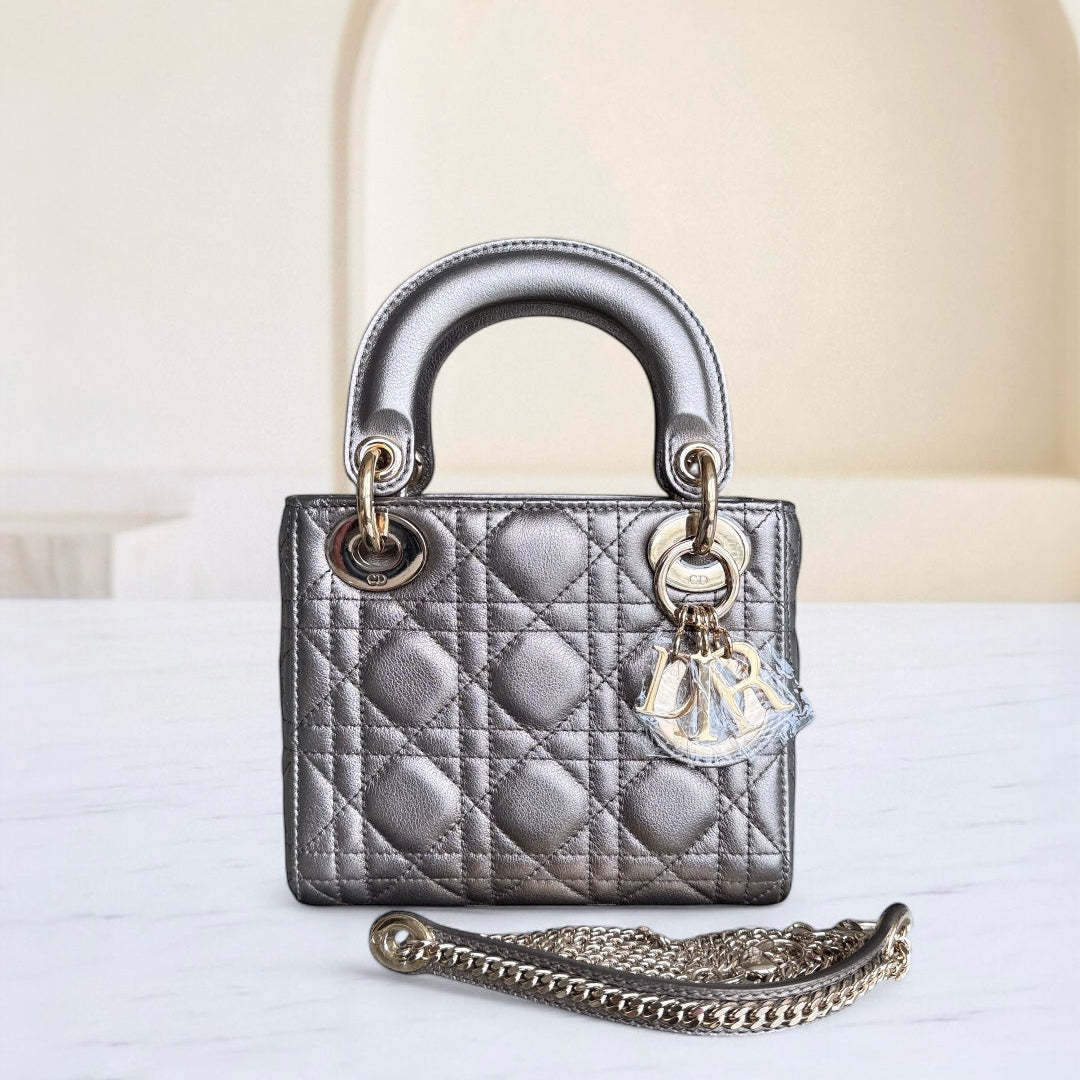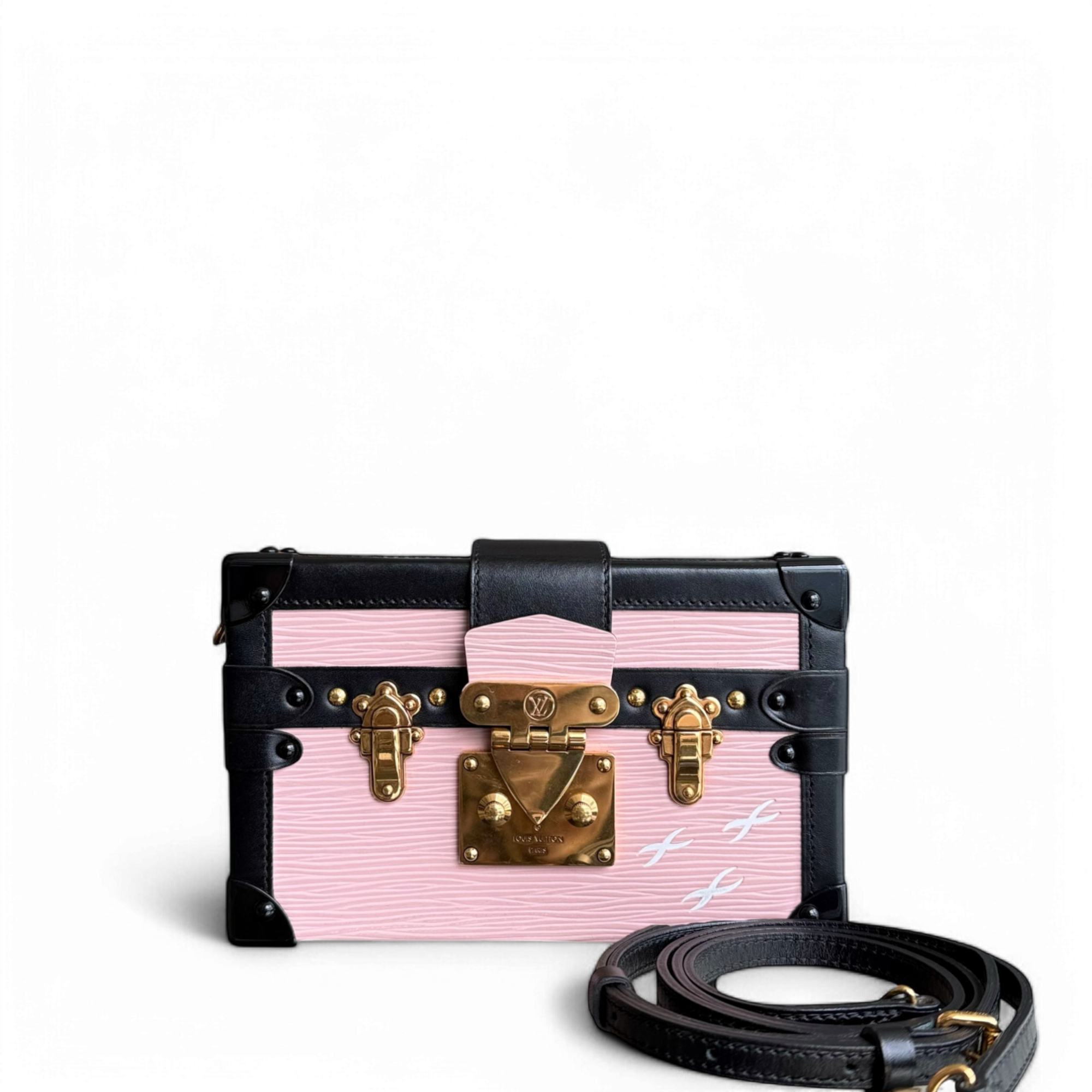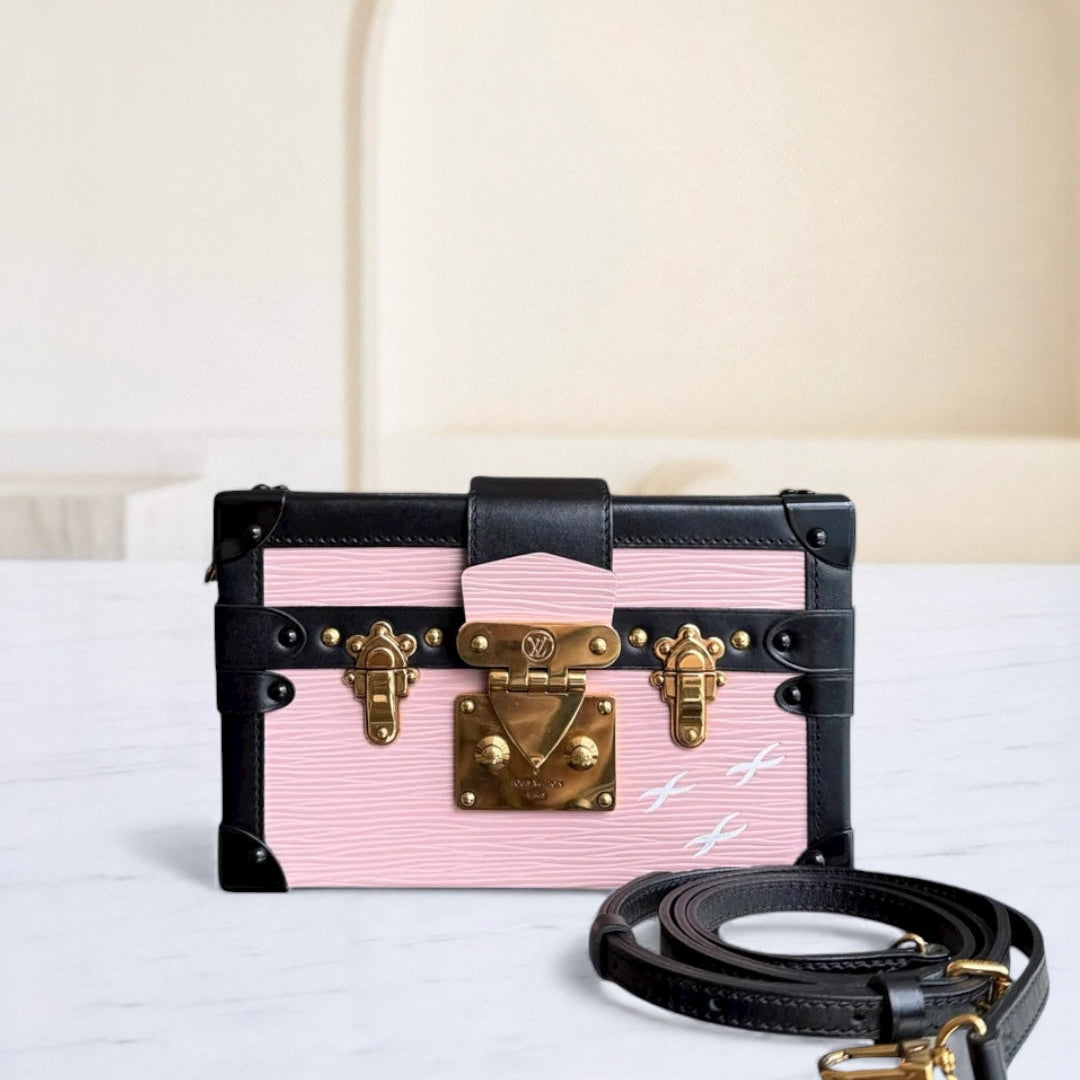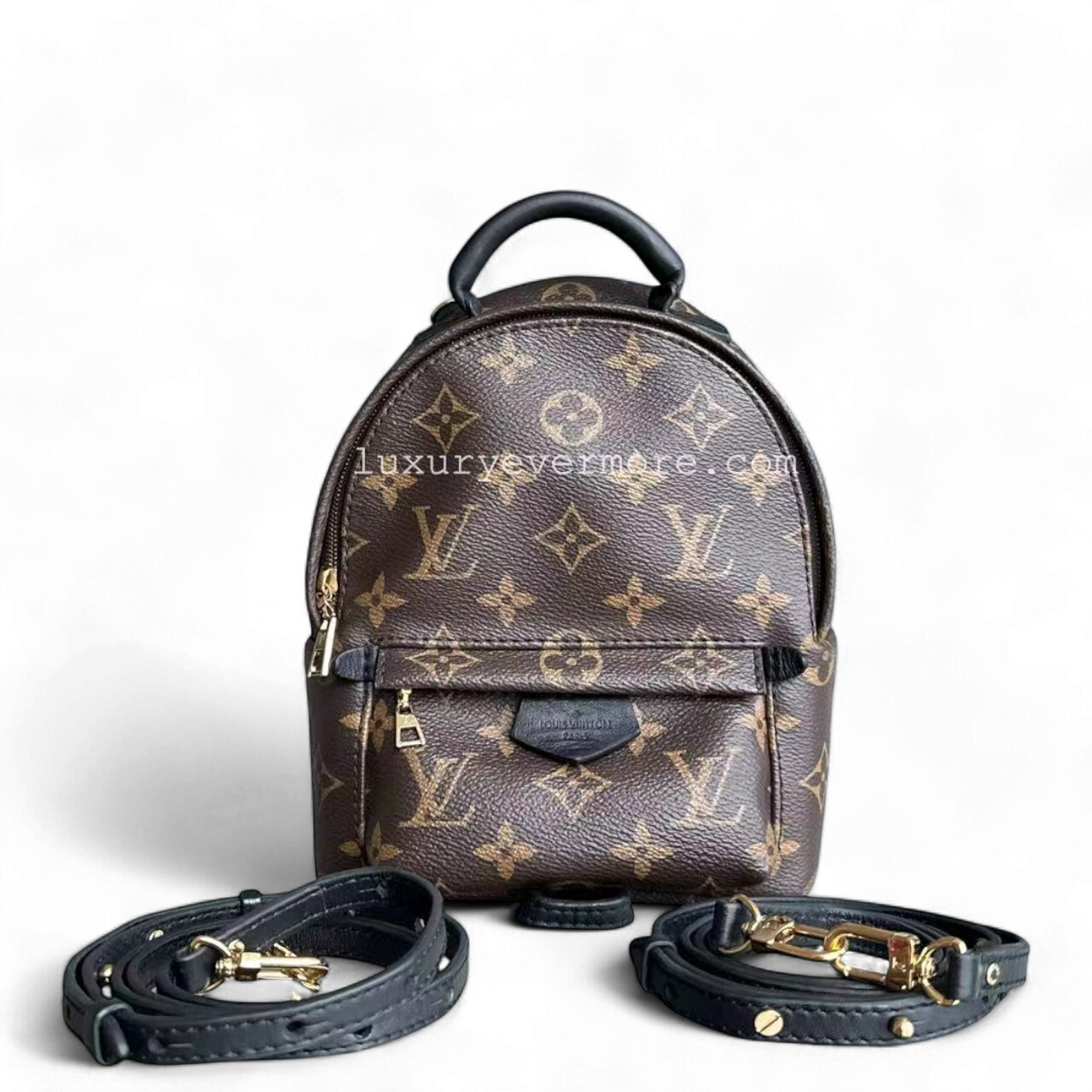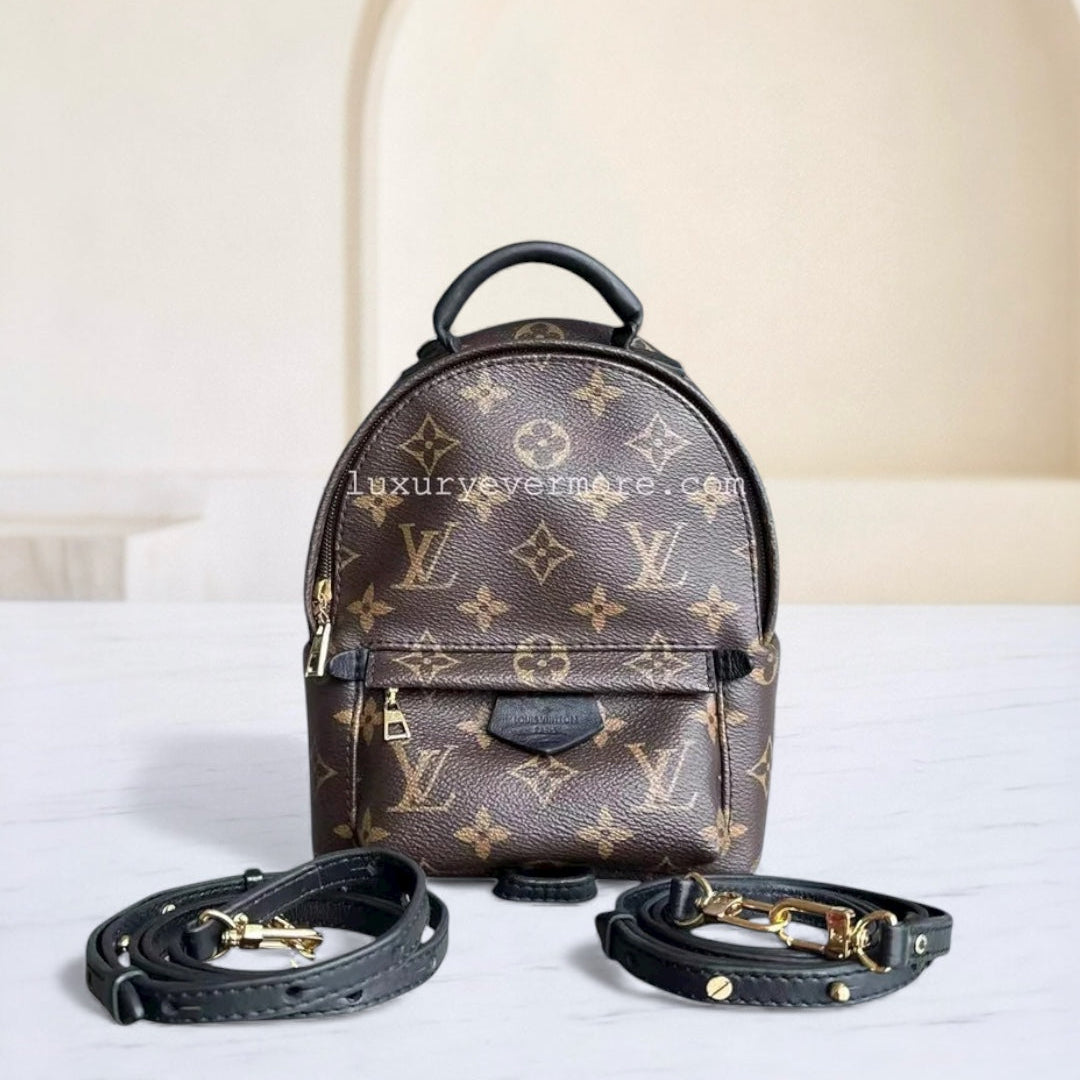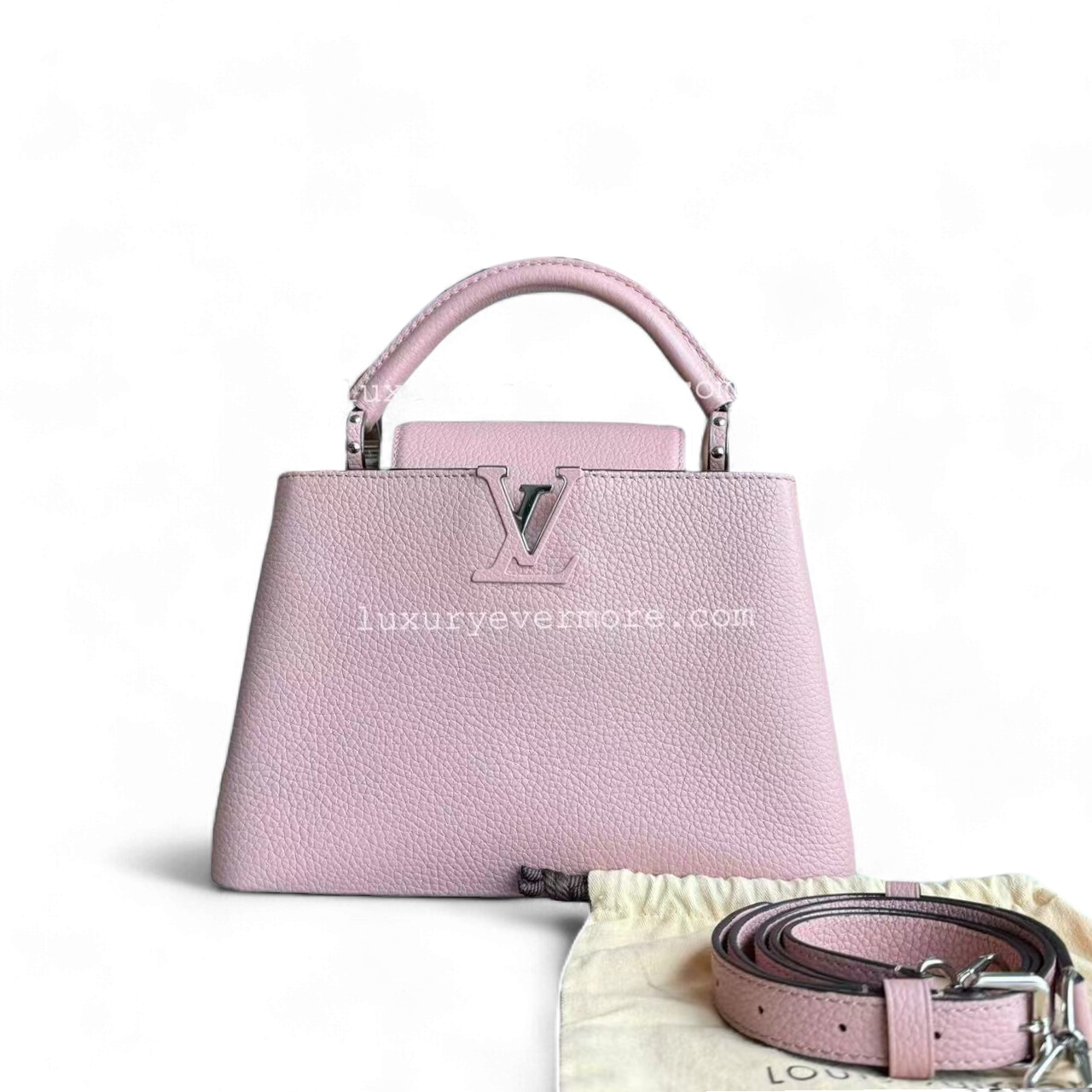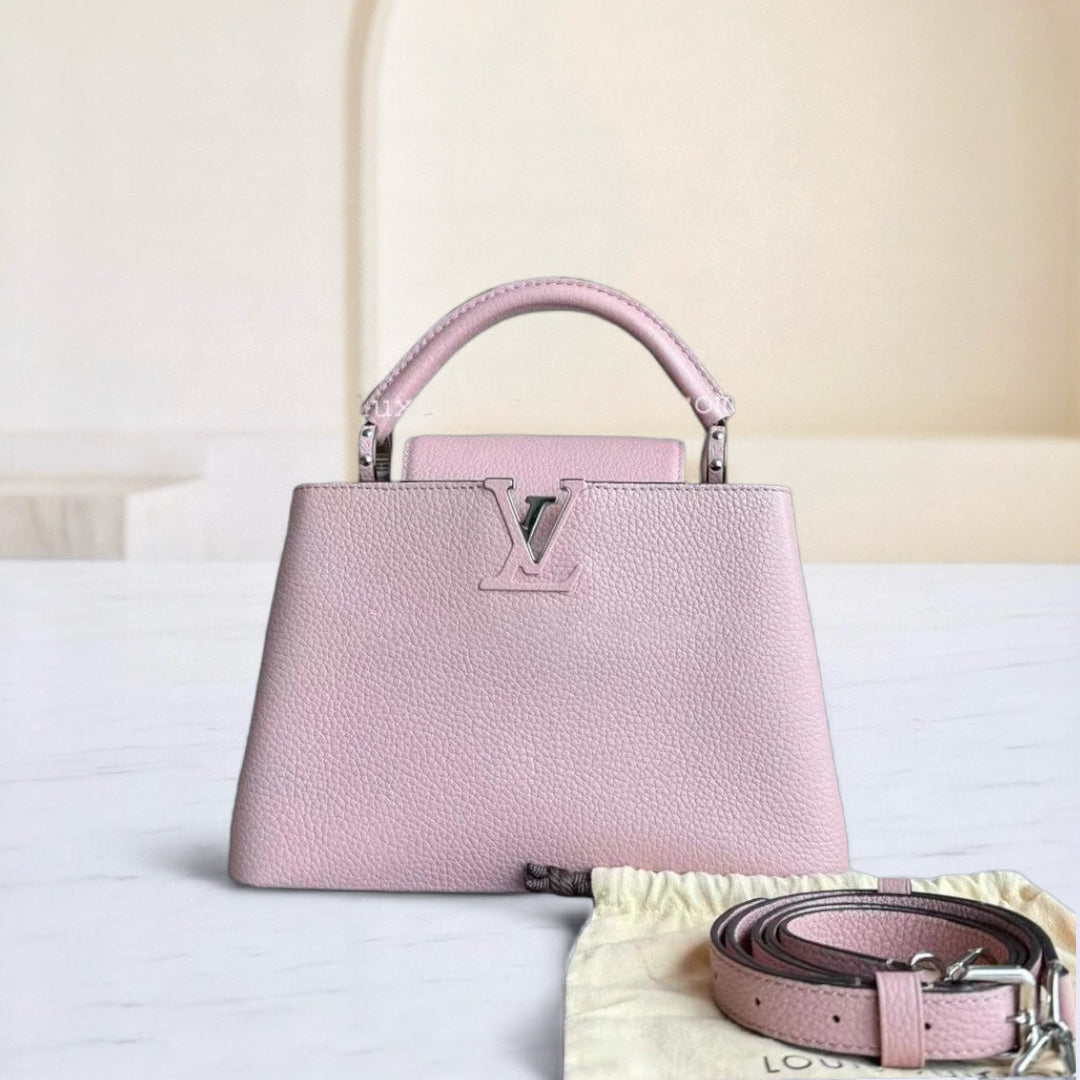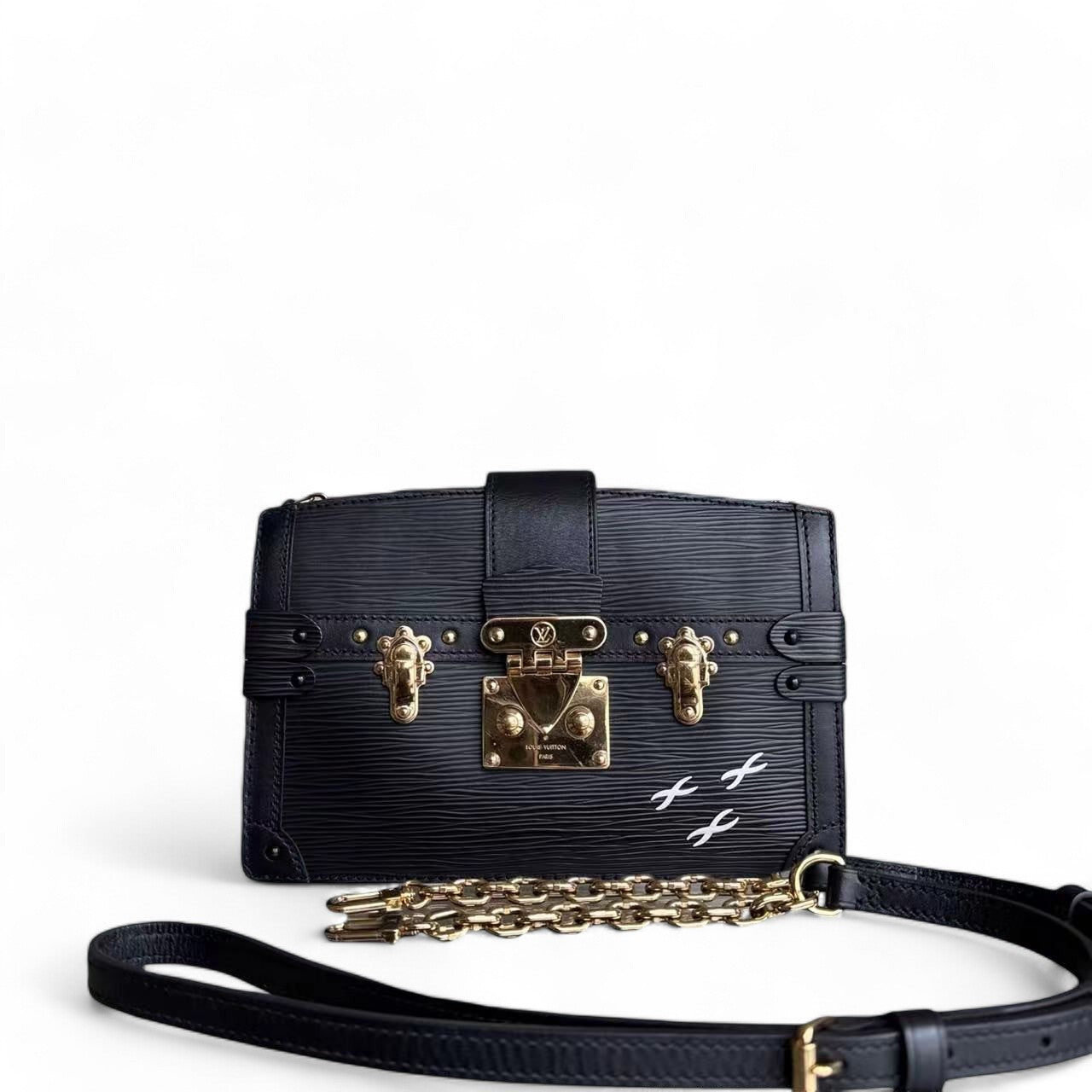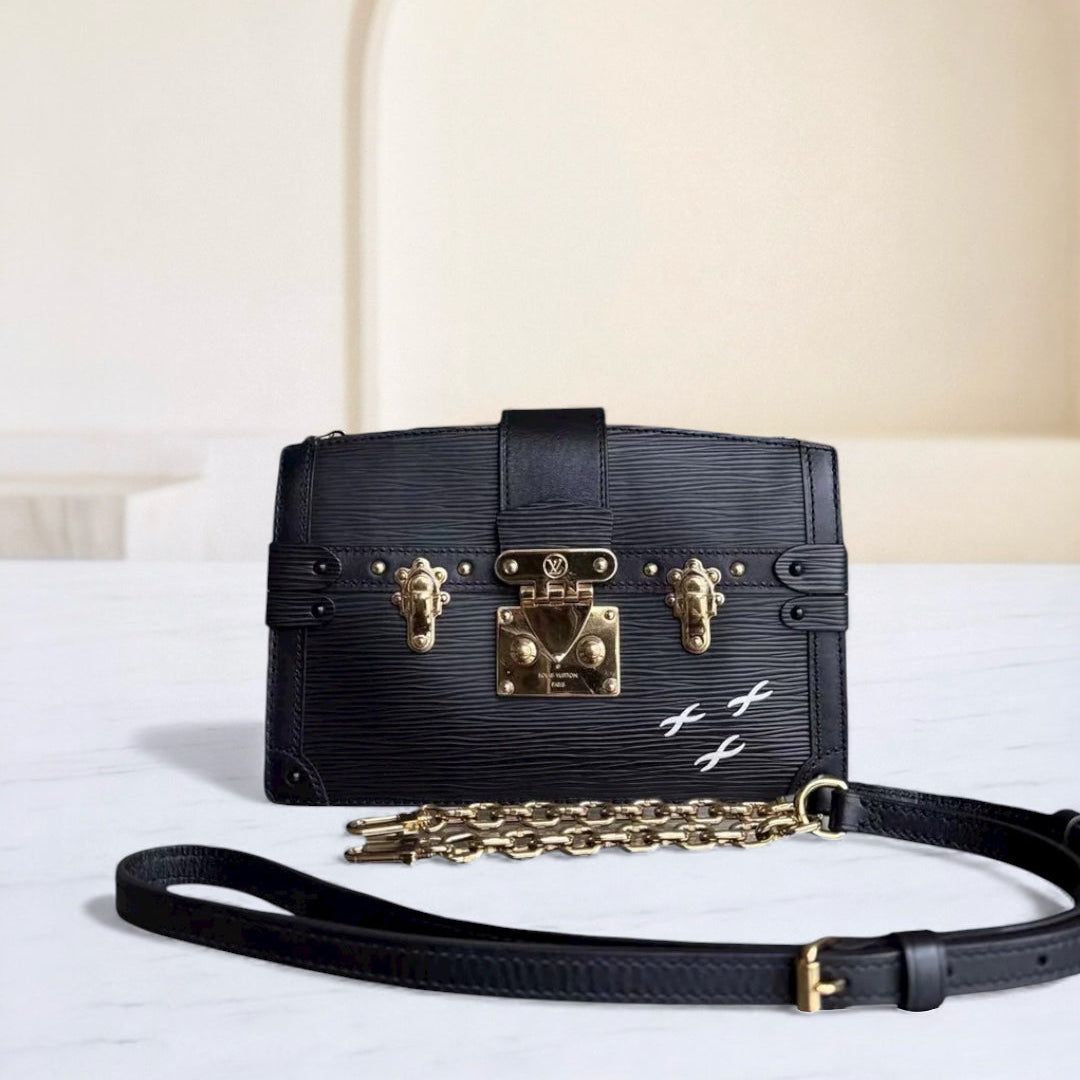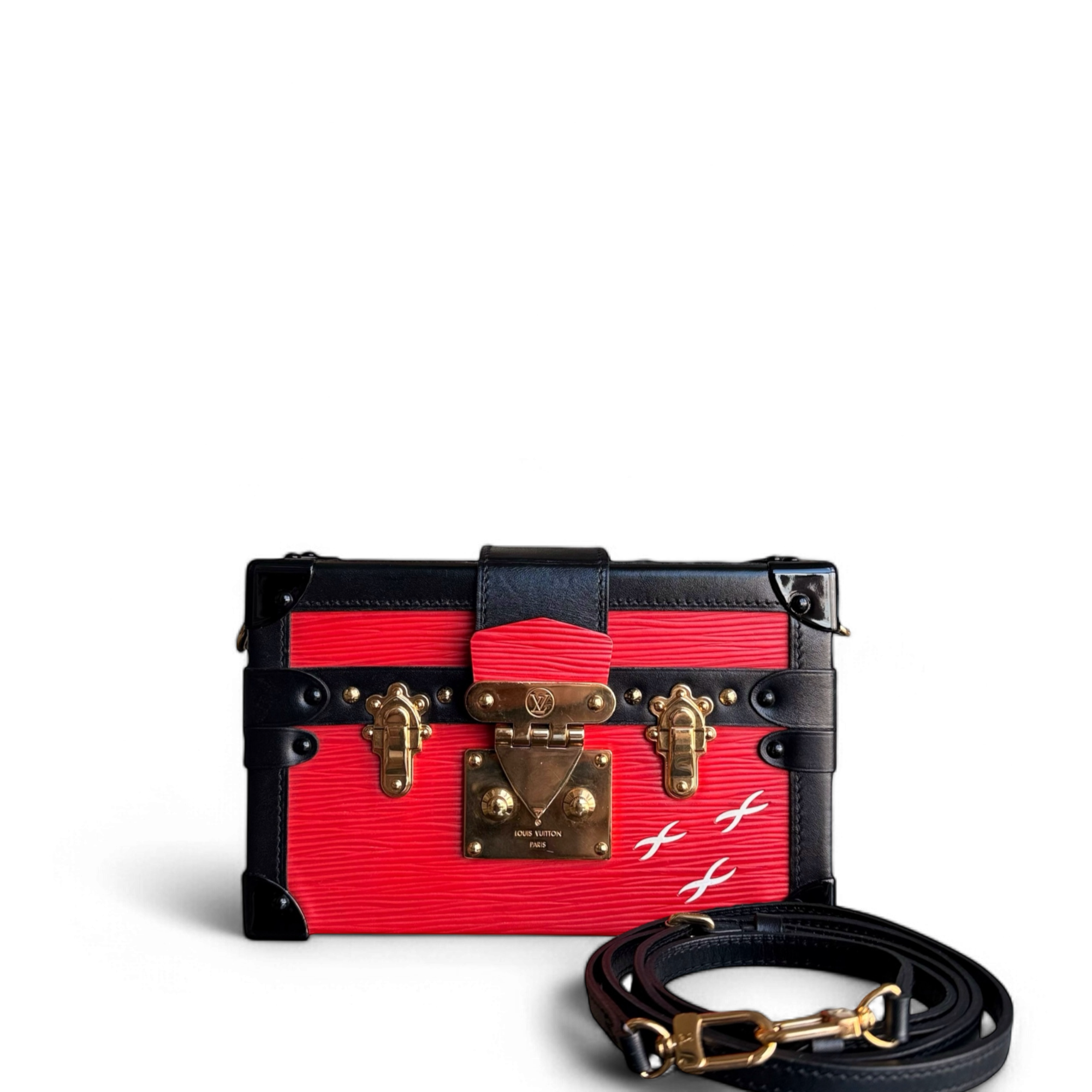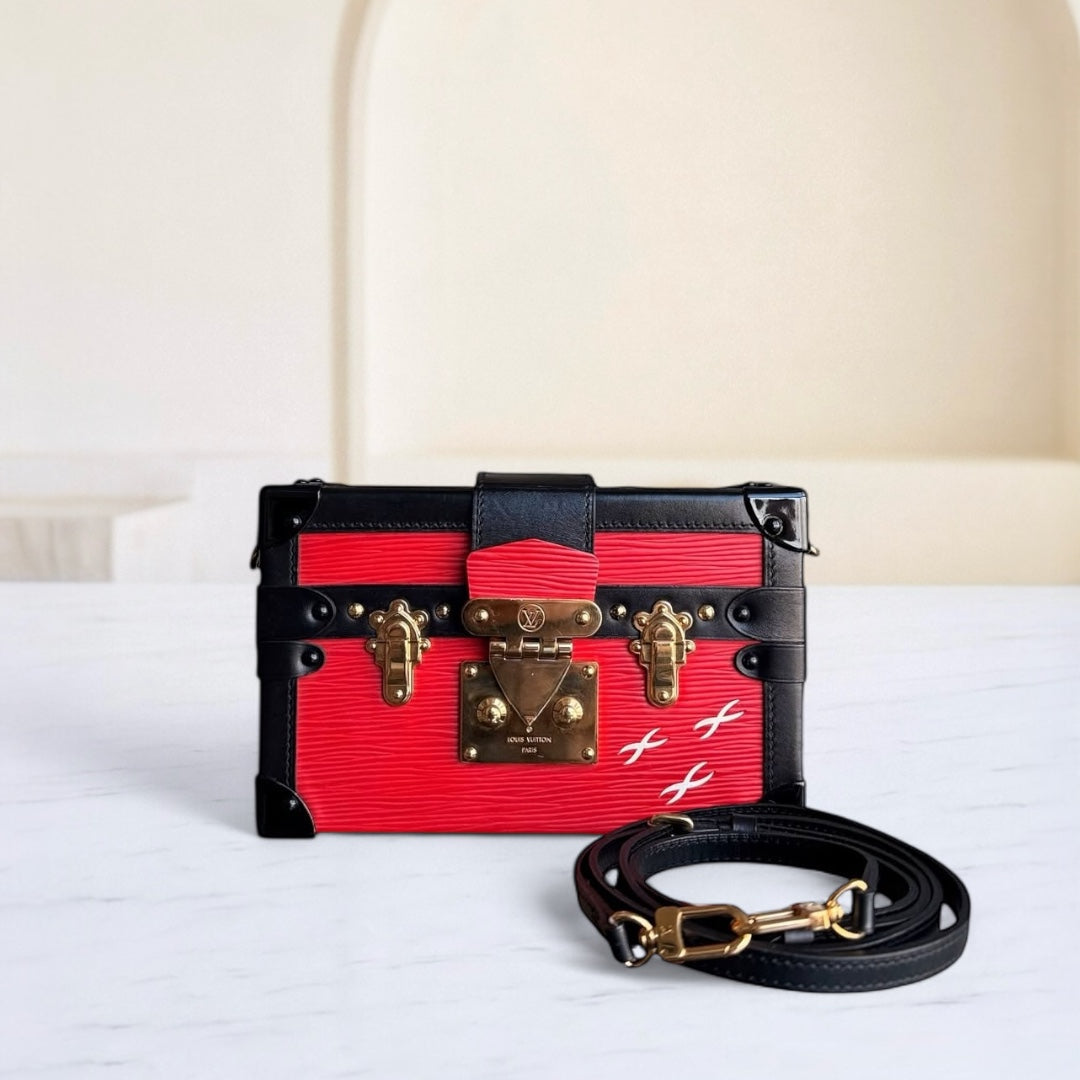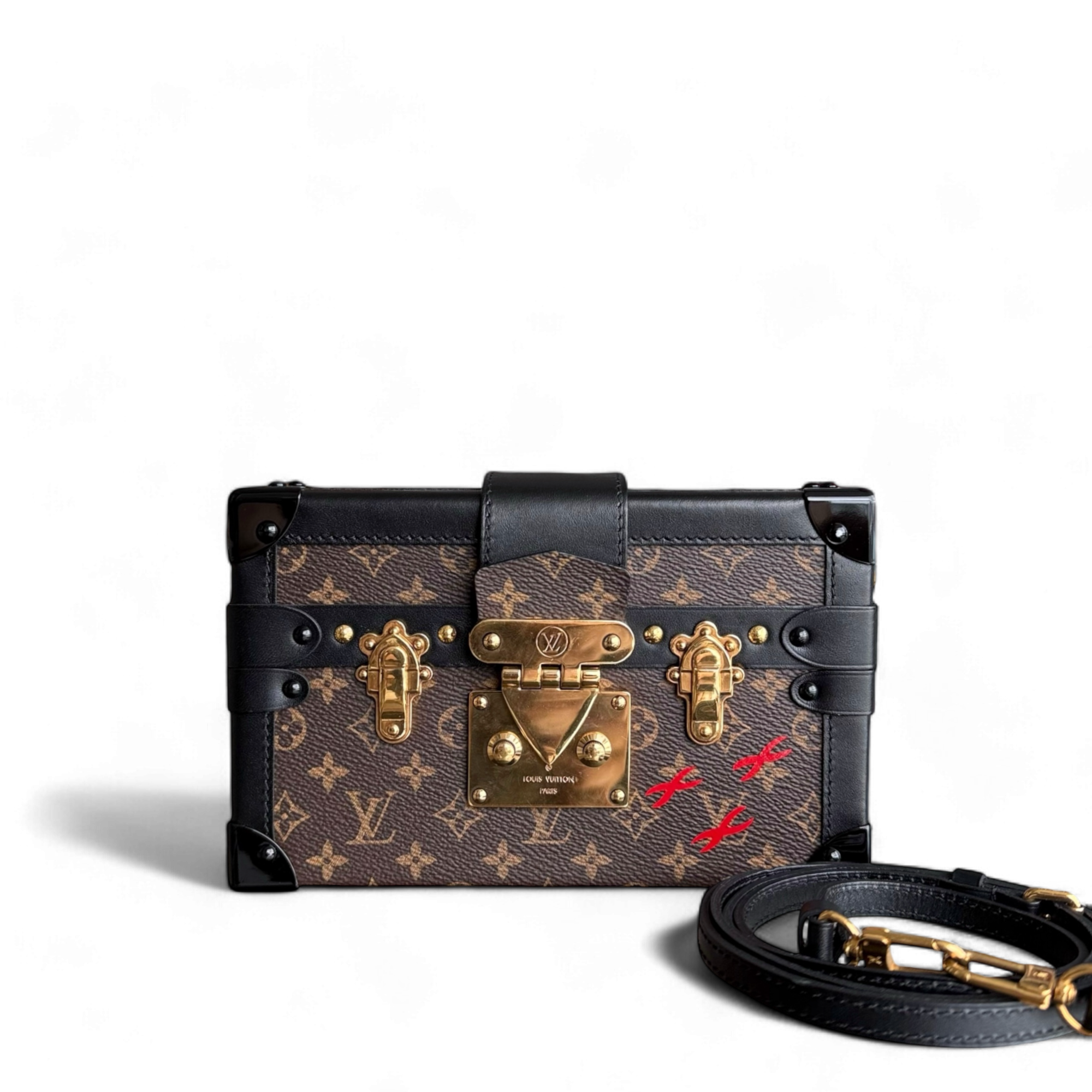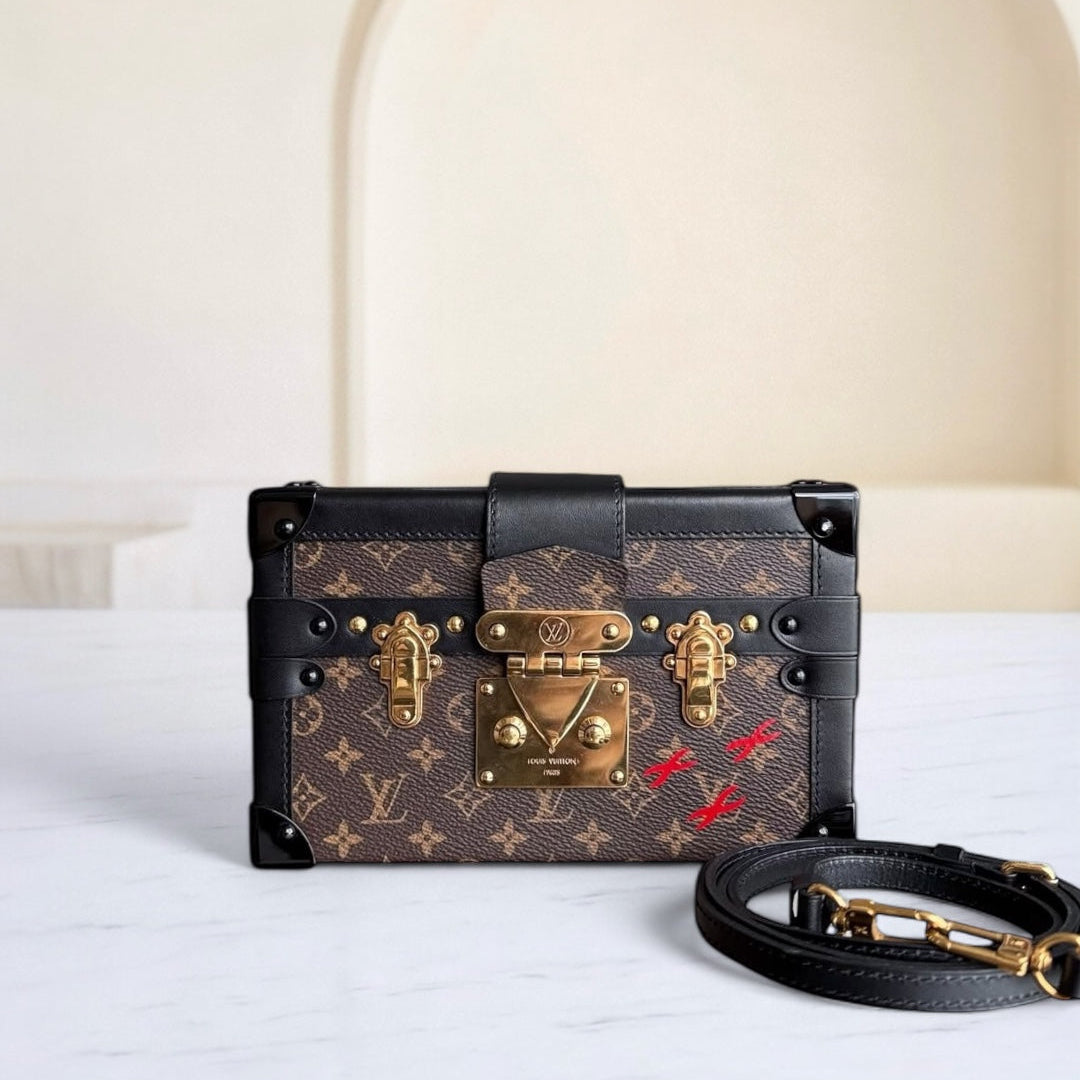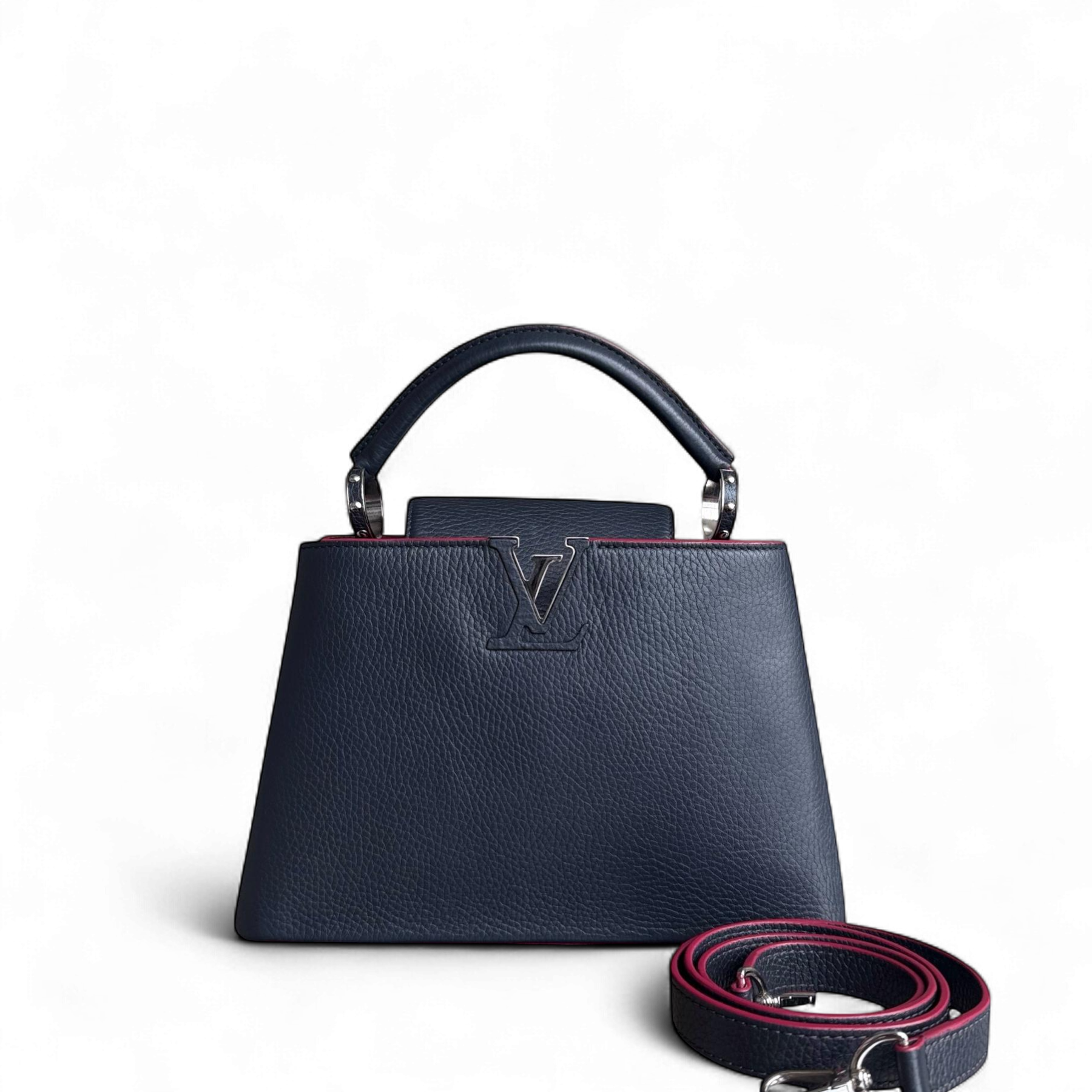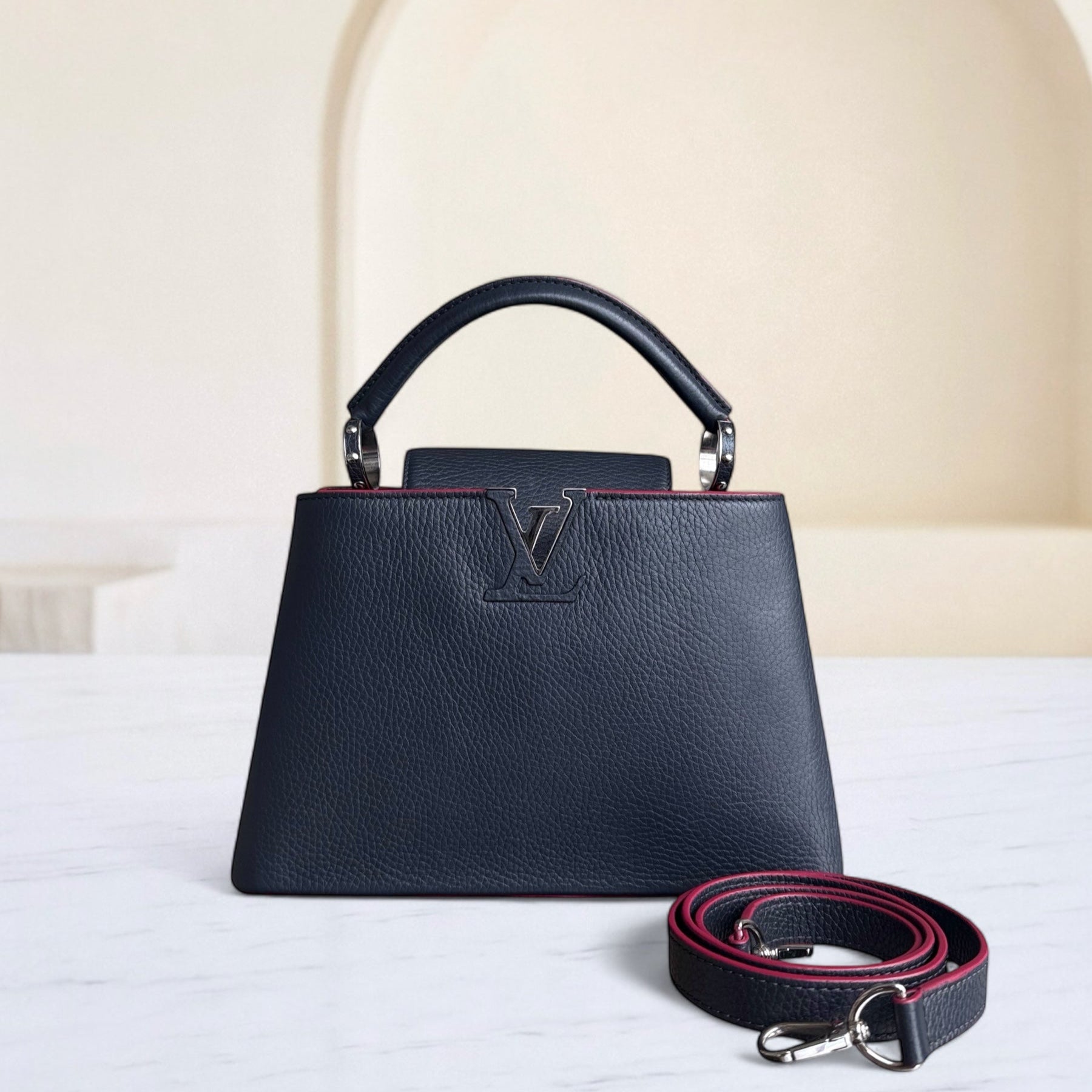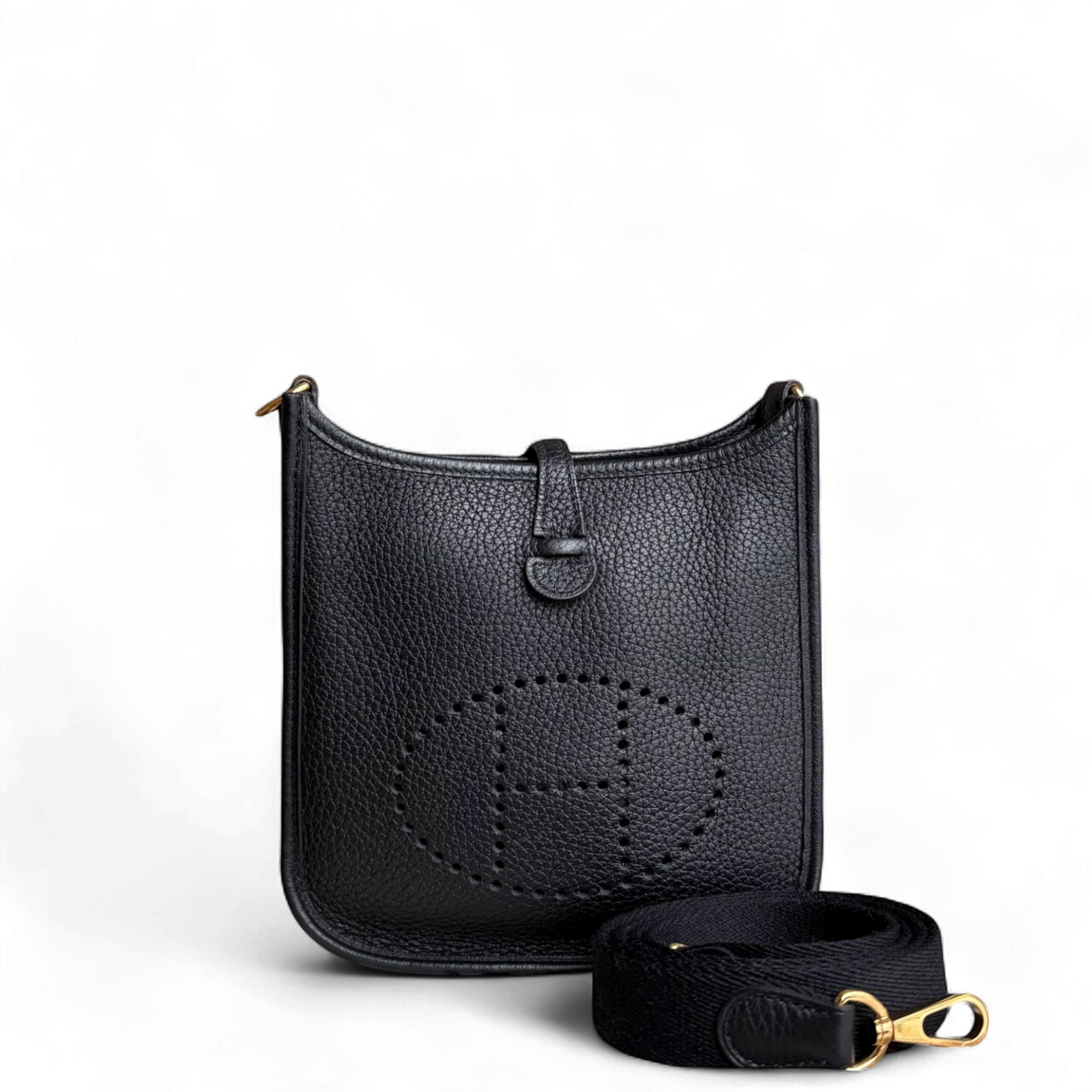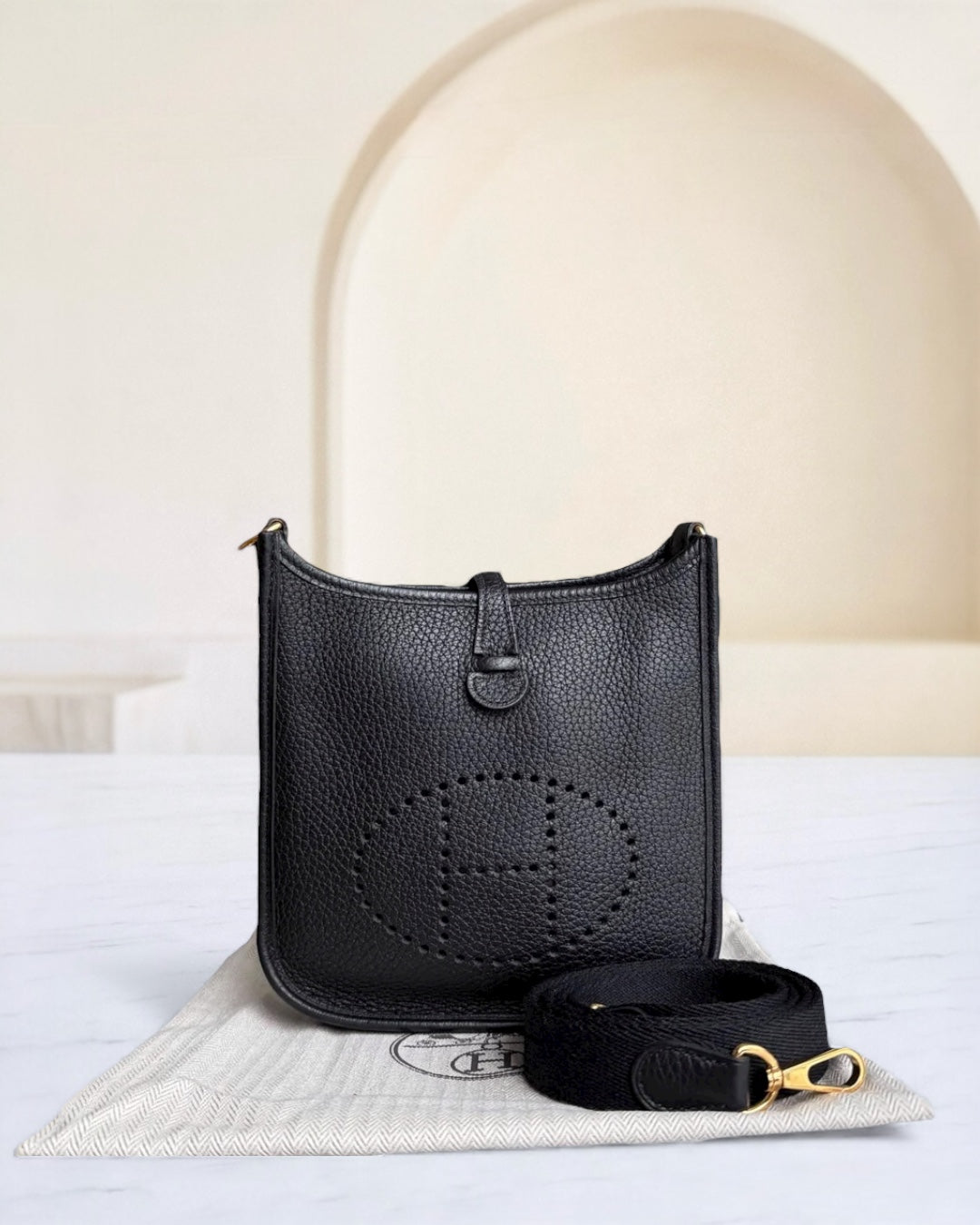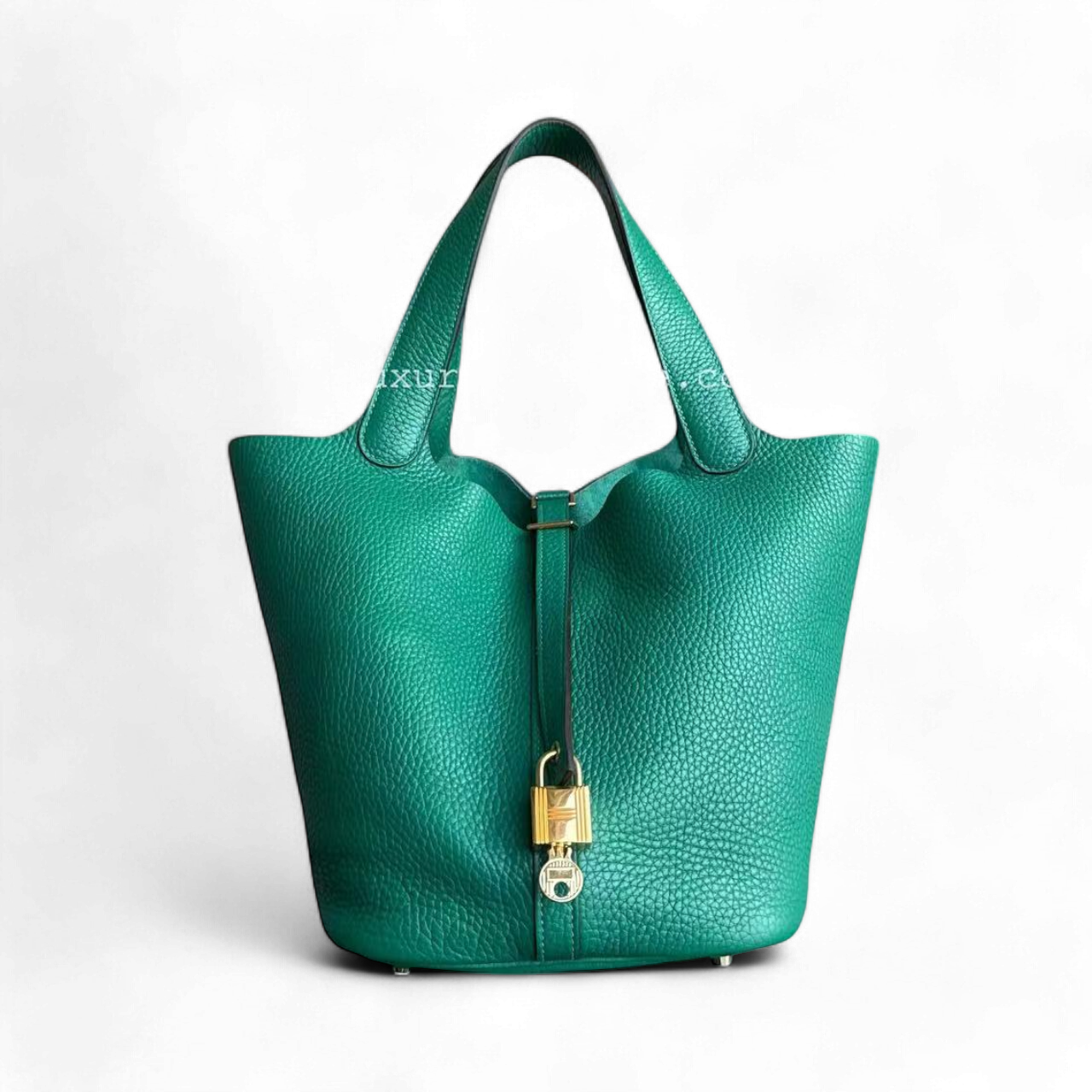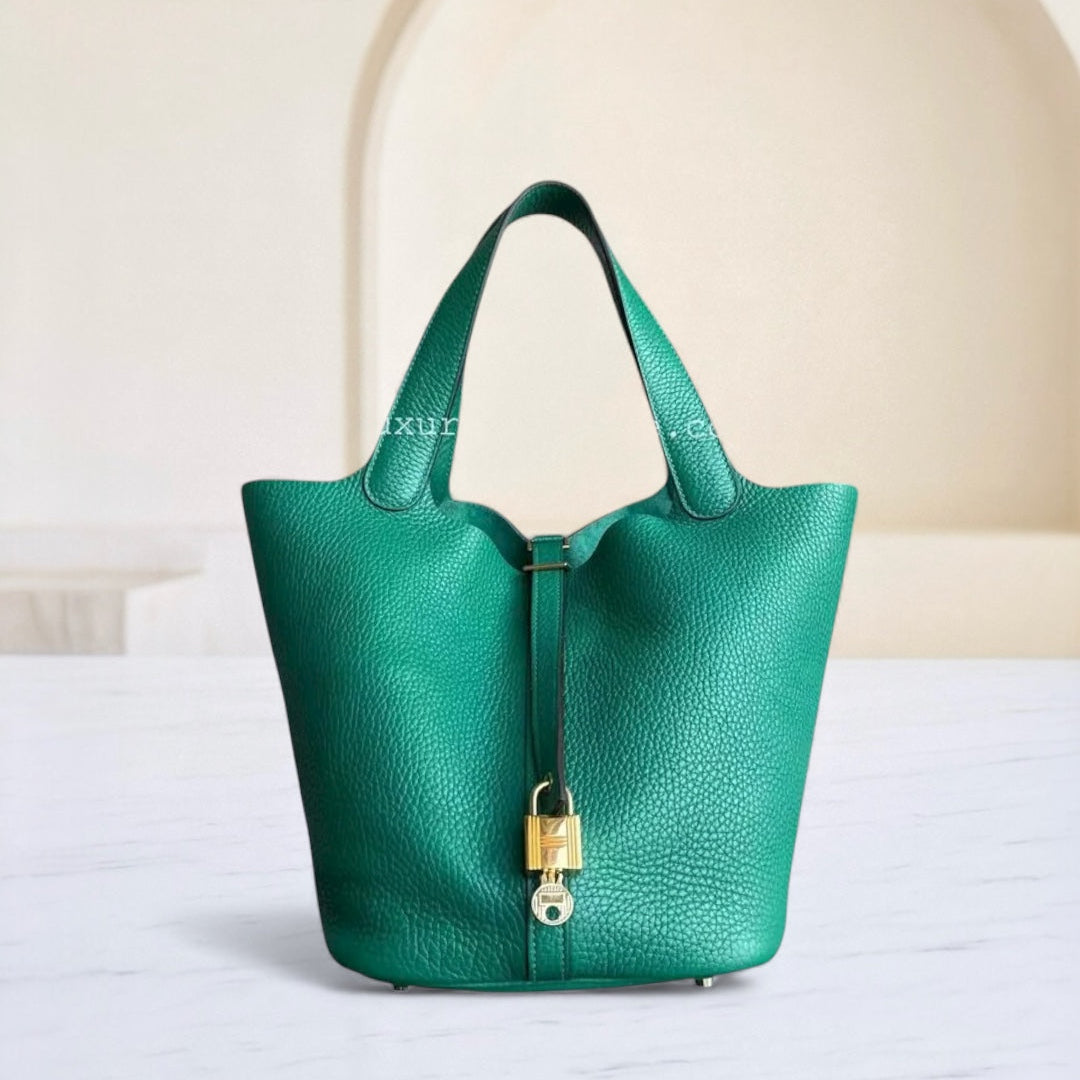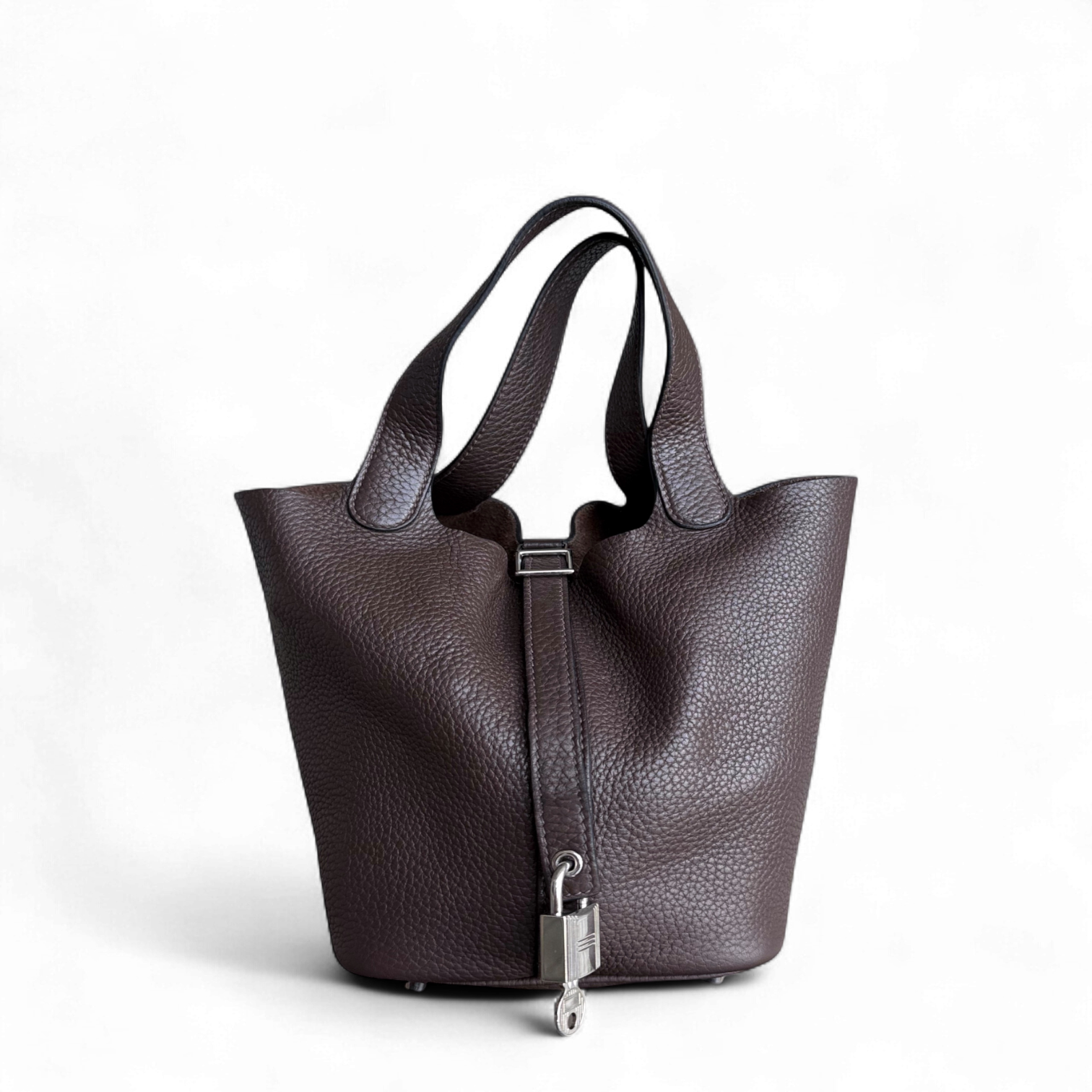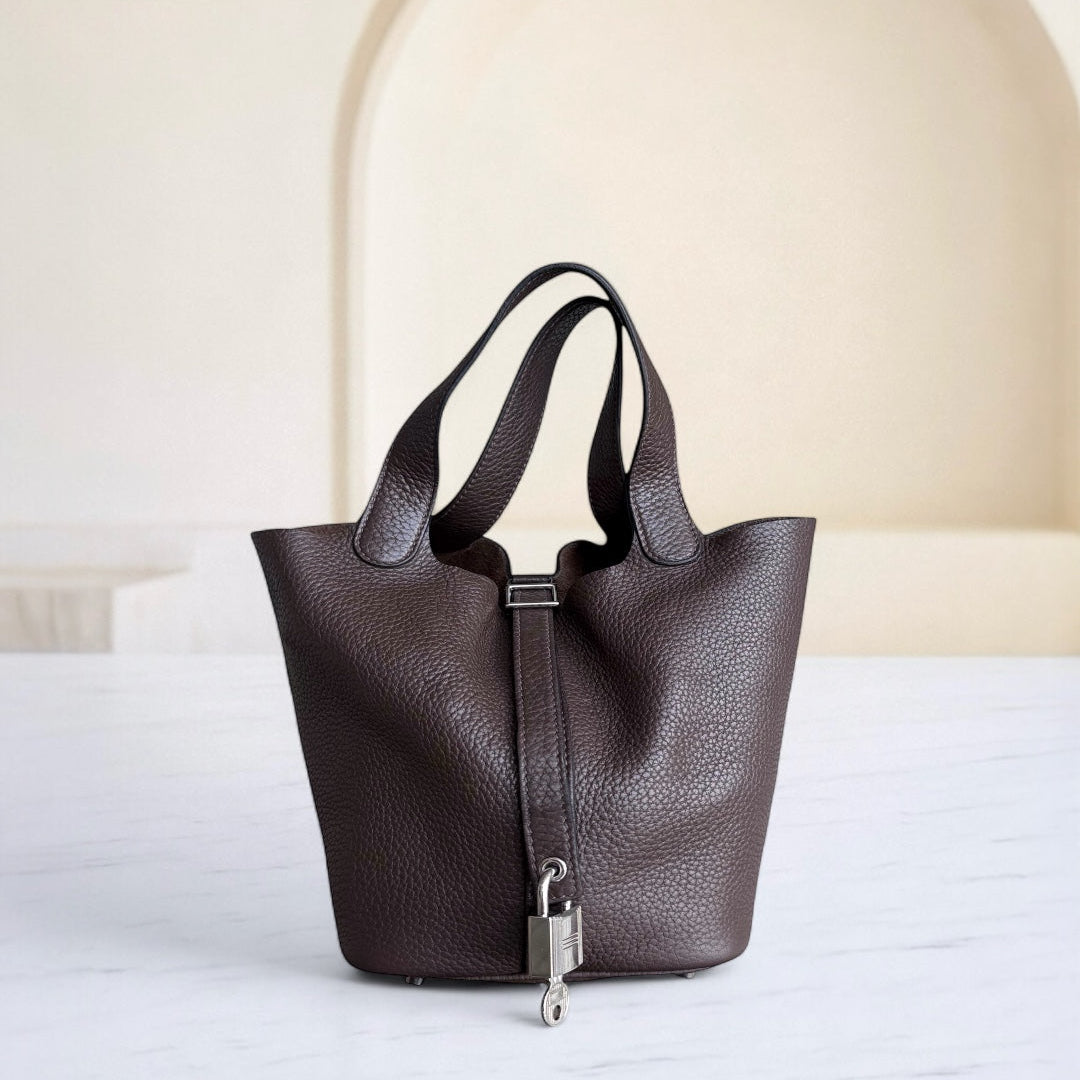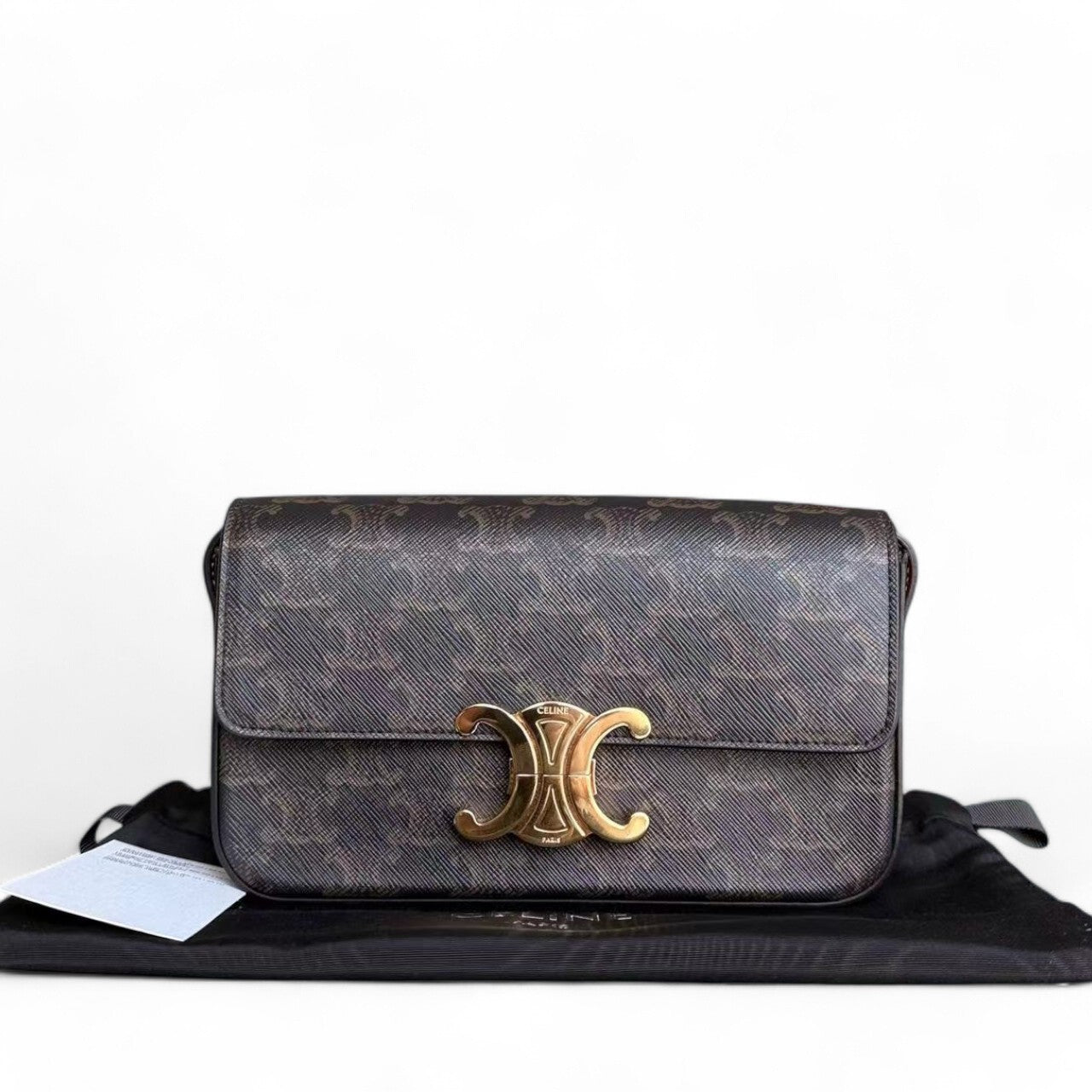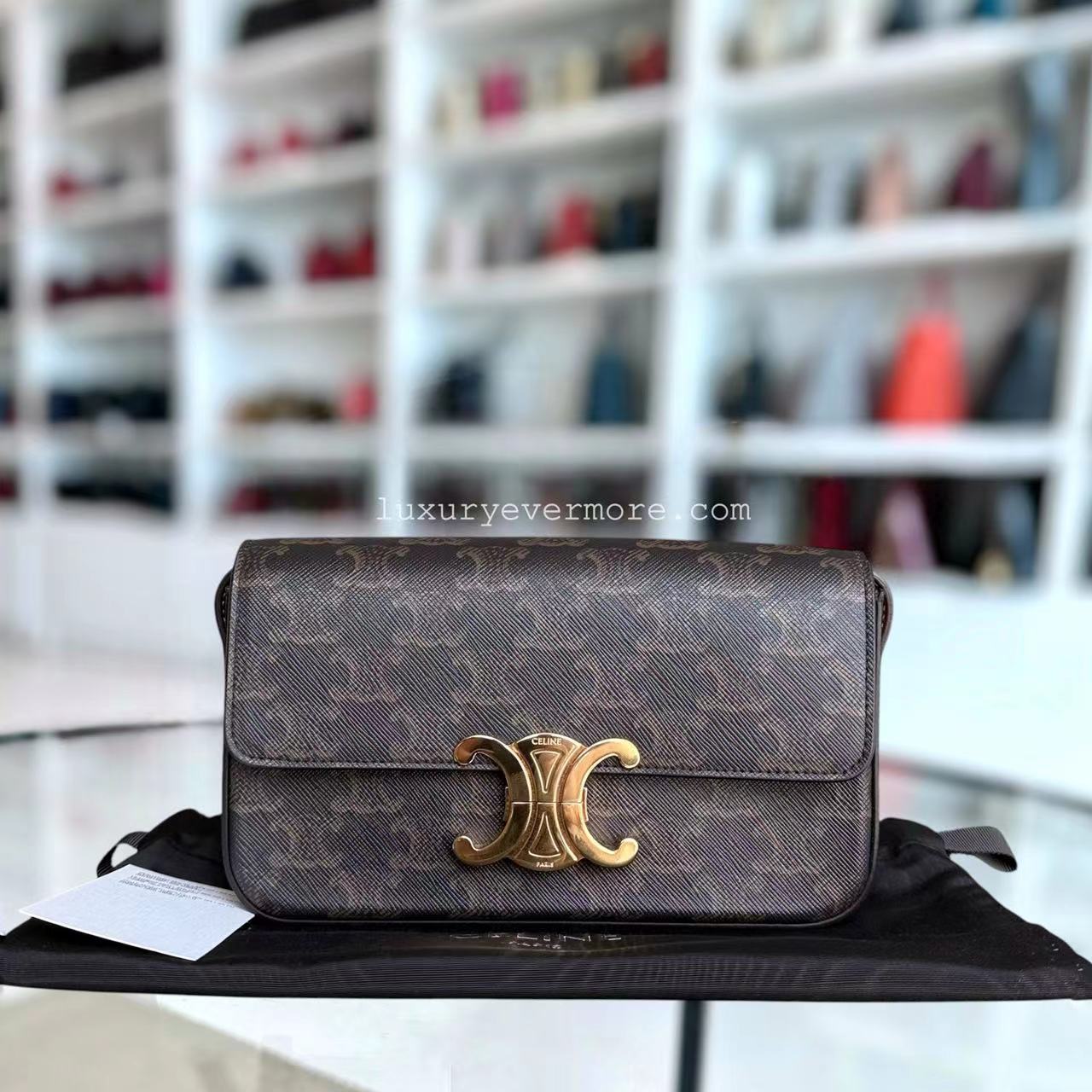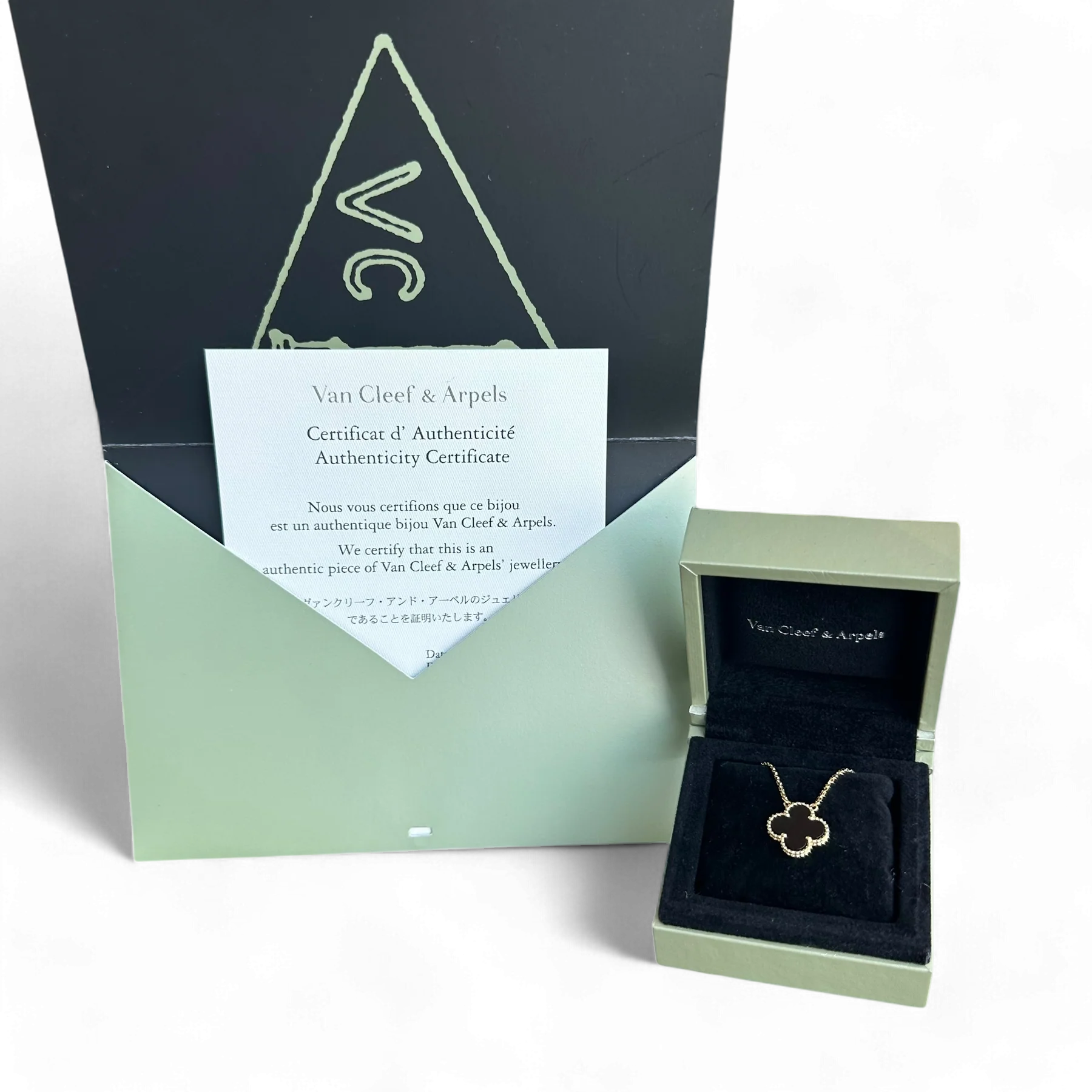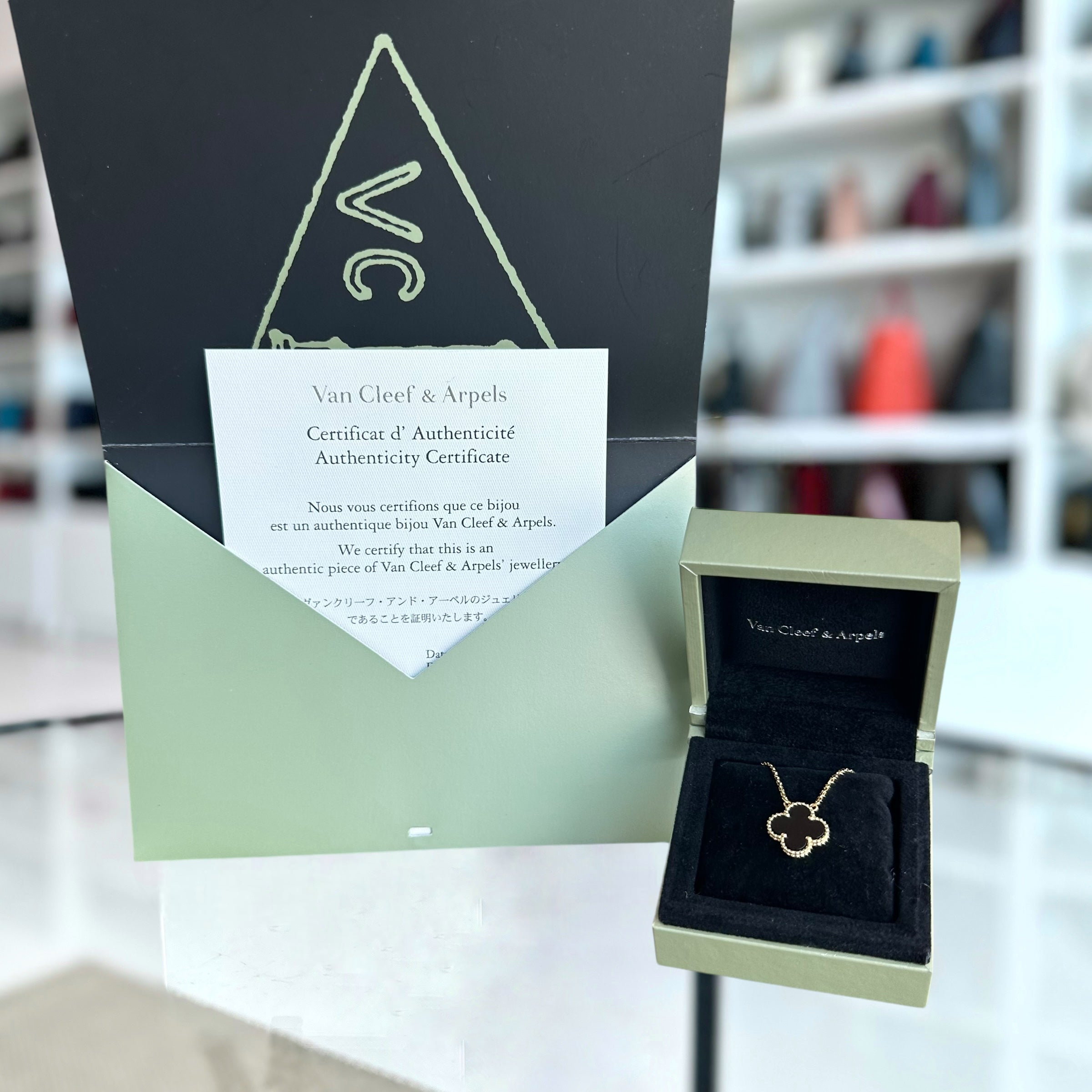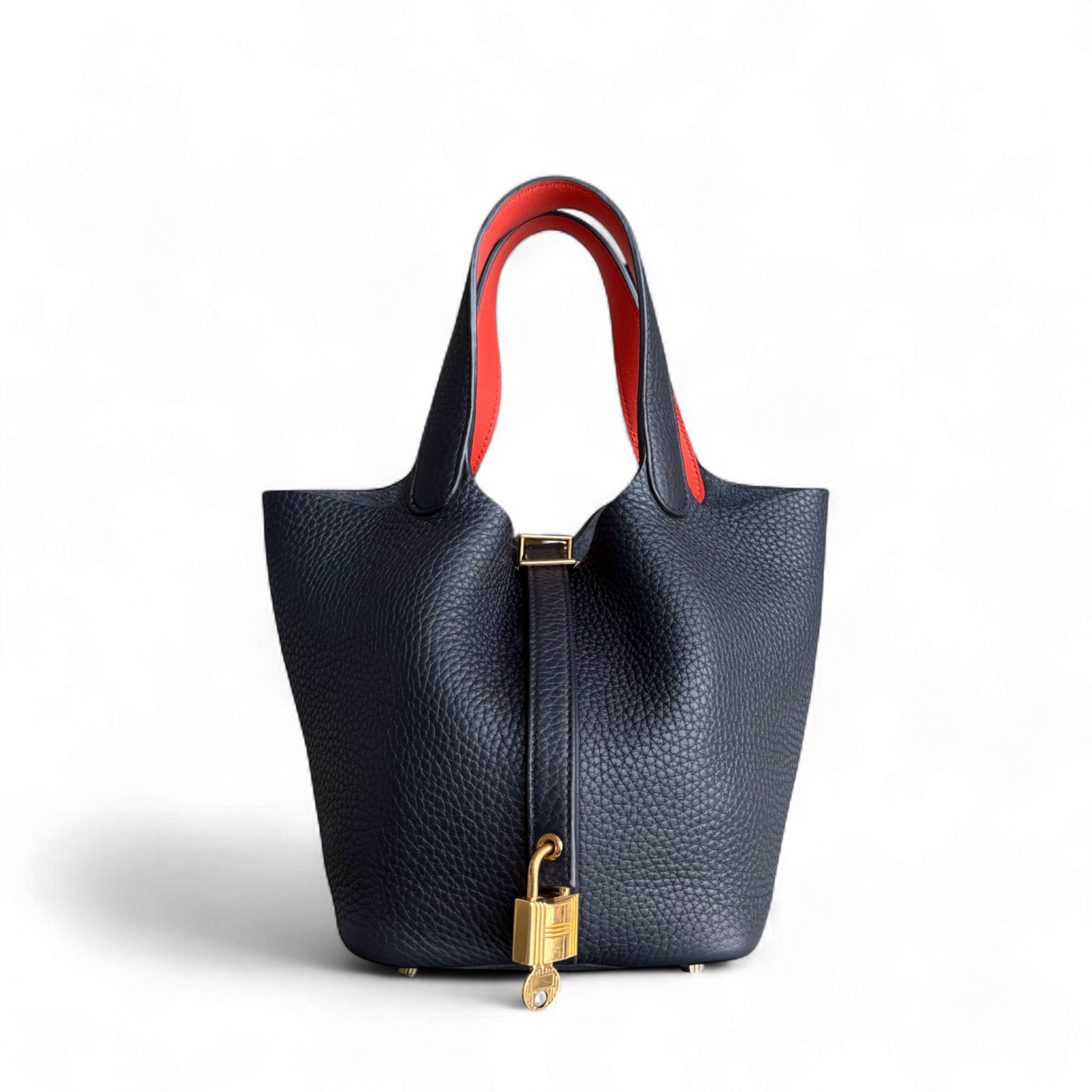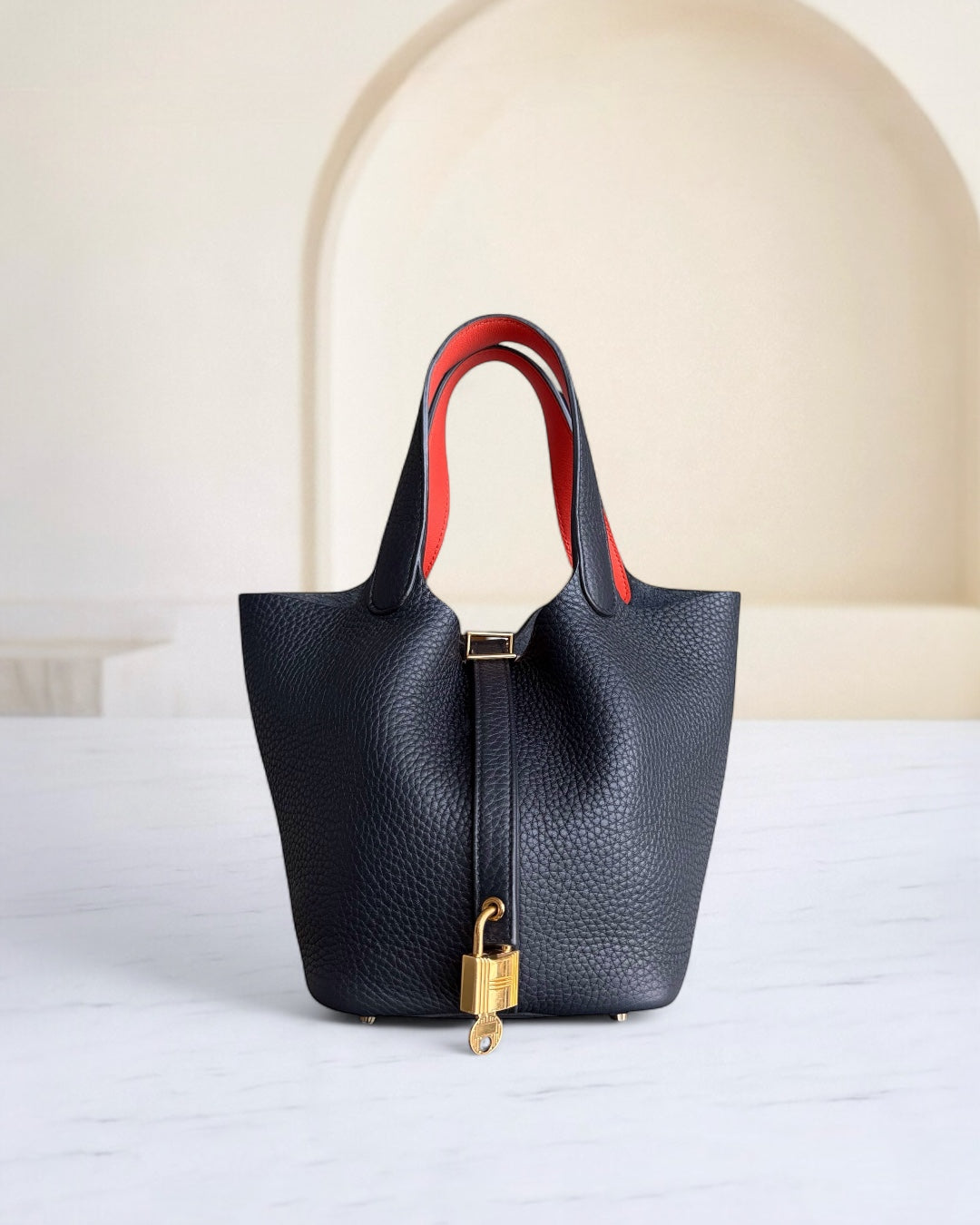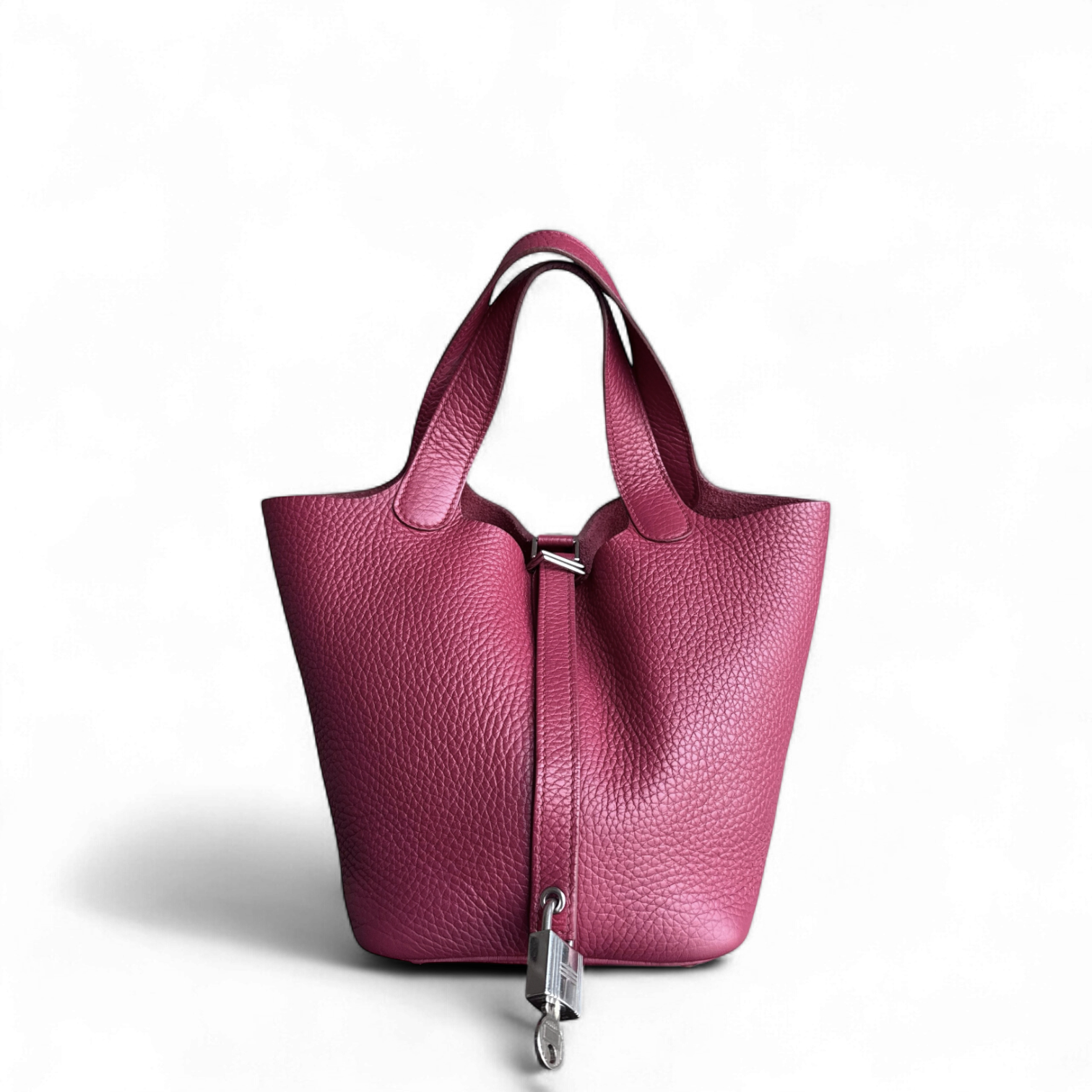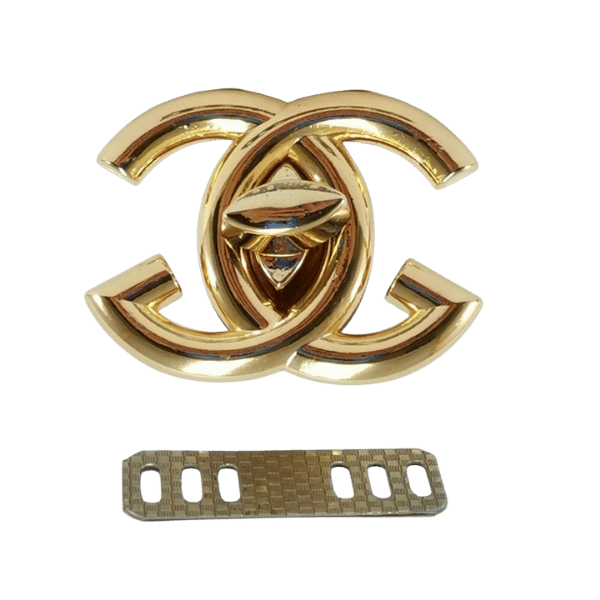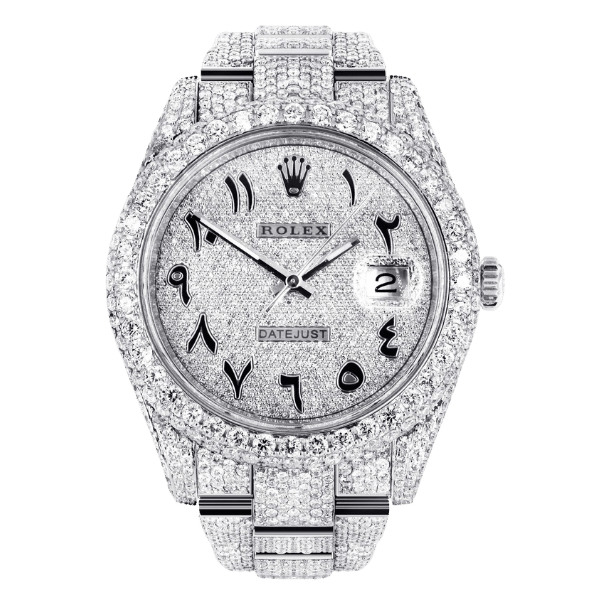What Age Group Buys Chanel: Demographics and Marketing Insights
Chanel enjoys the luxury of being the name synonymous with high-end goods, maintaining that sense of glitz and glamor, and modern, innovative streaks. Strategically, though, its prestige rides on the knowledge of key consumer groups that have sustained the brand. Knowing which age groups are purchasing Chanel enables the development of wider consumer trend inferences and marketing strategies. This article delves into the major demographic concerns that shape Chanel's client base while delving into the age-wise preferences, buying behaviors, and brand loyalties. This will provide analysts, marketers, and brand strategists a lesson on how Chanel manages to stay in tip-top form and engage new audiences across generations.
Understanding Chanel's Consumer Demographics

Most of Chanel's clientele have an understanding and an appreciation of high-standard products and can afford to buy such goods. The brand is especially appealing to 25-54-year-olds, women who understand the meaning of eternal elegance and fashion that can’t be accessed by everyone. People in this age group tend to be career women or business people within higher-income groups since Chanel’s prices conveniently filter for luxury access. Furthermore, Chanel markets to their aspirational audience because sometimes young ladies would desire Chanel, its classic perfumes, bags, and other branded goods to show class. Chanel’s sustained emphasis on the ‘Art of Creation’ and constant re-invention of classic designs makes it easy for the brand to retain loyal customers; besides, given the market focus, it is almost always possible to generate fresh sales.
Age Range of Chanel Consumers
It is not uncommon for Chanel’s customer base to range from those in their late teens to those in their fifties and older. Image-conscious youth, an 18 to 30-year-old age bracket, are inclined towards the brand for its ambition and classic templates of participation, cosmetics, and accessories as examples. On the other hand, although their modern-day focus encourages spending among the female population of upper middle-class age groups (35 – 55 onwards), these consumers mostly concentrate on high-priced Chanel products such as handbags, clothing, and fine jewelry, specific to their financial capacity and interests in classic fashion.
Statistics on Chanel Purchasers
- Age Distribution of Chanel Customers: Considering the audience within the age brackets of 18-39 years, this comprises about 50% of Chanel’s customers, whereas the other half of it tends to be comprised of older generations of people above 40 years of age, in this way ensuring balance, fairness, and attractiveness to other groups.
- Economic Demographics: Most of the customers of Chanel are wealthy individuals whose annual household income is above $100,000 $ therefore, a significant proportion of Chanel customers are high-income earners.
- Geography: Major markets are the urban areas in North America, Europe, and the Asia Pacific (Paris, New York, and Tokyo).
These facts about Chanel provide huge evidence of their aptitude to cater to a wide range of consumer segments whilst being recognized as one of the best luxury brands across the world.
Comparison with Other Luxury Brands (Louis Vuitton, Gucci, Hermès)
Louis Vuitton emphasizes timeless luxury coupled with practical use, Chanel is elegant yet exclusive, Gucci is rooted in tradition but subscribes to modern trends, while Hermès is all about exclusivity in craftsmanship.
|
Parameter |
Louis Vuitton |
Chanel |
Gucci |
Hermès |
|---|---|---|---|---|
|
Focus |
Timeless luxury |
Elegance, legacy |
Bold, modern |
Exclusivity |
|
Craftsmanship |
High-quality |
Meticulous |
Innovative |
Handmade |
|
Target Age |
25-45 |
25-45 |
20-40 |
30-50 |
|
Style |
Practical |
Classic, refined |
Trendy, bold |
Timeless |
|
Price Range |
High |
High |
High |
Very high |
|
Exclusivity |
Moderate |
High |
Moderate |
Very high |
|
Global Reach |
Strong |
Strong |
Strong |
Limited |
|
Sustainability |
Emerging |
Gradual |
Active |
Advanced |
Buying Habits Across Different Age Groups

Millennials and Chanel: Trends and Preferences
- Emphasis on Sustainable Development: The younger generation, commonly known as millennials, increasingly prefers brands that promote sustainability and morality. Chanel has consequently taken over, operating innovatively to incorporate within its operation practices that are environmentally sound, including environmentally friendly material aspiration and reduction of carbon footprint commitment.
- Intended Use of Likeness Crimson: It can be argued that it is also a positive idea for this younger group to understand the value of how to enjoy life as opposed to necessarily going for every material thing that comes around. Chanel has tackled this issue by improving its in store services, the personal touch, and the alcohol suspected to be for underage consumers of milk, creating concepts that encourage experience as opposed.
Gen X: The Loyal Chanel Consumer
- Devotion to the Brand: Gen X possess an unstinting love for Chanel due to their classic designs and quality assurance. This particular age group matured at the time of Chanel’s return to the spotlight, during the 1980s and 1990s, who were immersed in the company’s advertising.
- Classic Design Focus: Gen X often prefers the more conservative classic designs and staples of this brand, particularly the Chanel 2.55 handbag or the Little Black Dress, as they prioritize quality over quantity in their wardrobe.
- Regards for the Past: This category has respect for the history and foundations of Chanel by interpreting the institution as eternal in any changes in fashion.
Baby Boomers: Luxury Aspirations and Spending
- Affinity for Luxe: Boomers associate with the luxury indulgence of brands like Chanel because of their purchased social status, exclusivity, and timeliness, among other reasons, and desire such products for symbolic content more.
- The Capability To Spend a Lot: This is a prosperous generation with plenty of discretionary finances to use on high-quality and expensive products that go with their taste for sophistication.
- Tendency Toward Traditional and Practical Products: For an elegant mood and clothing, Baby Boomers like elements, say, proper suits, or such accessories, that do not go out of style for practicality and usability rather than for style.
- Concentration on Unique Journeys: This buyer looks for enjoyment in such shopping practices in the form of customer care and expectations, with the motive of improving the associated sophistication within the luxury brand.
The Appeal of Chanel's Perfume Line

Popular Chanel Perfumes Among Different Age Groups
Members of Generation Z (born between 1997 and 2012)
- Chanel Chance Eau Tendre
- Chanel Coco Mademoiselle
Members of the Millennial generation ( born between 1981 and 1996)
- Chanel Coco Mademoiselle Intense
- Chanel No. 5 L’Eau
Members of Generation X ( born between 1965 and 1980)
- Chanel Allure
- Chanel Coco
Members of the Baby Boomers (born between 1946 and 1964)
- Chanel No. 5
- Chanel No. 19
Marketing Strategies for Chanel Perfumes
Aspect Marketing
- Chanel engages in focused marketing in order to reach out to various demographic groups. For example, the company targets the younger group through social media channels like Instagram and TikTok, unlike the older generation, who are accustomed to the big deluxe magazines that are appealed to with print advertisements.
Brand Positioning – Proprietary
- Chanel employs a luxury upmarket strategy, which is all about keeping the brand at the top strata. There are some limited edition product runs and, thus, collaboration which further positions the brand in the top strata.
Strategy Alliances
- Chanel makes use of popular actors and models as brand ambassadors to increase the engagement and inspiration of its targets, regardless of their ages.
Experience Marketing
- Chanel organizes pop-ups, celebratory events, and captivating exhibits among her customers to reach them and depict the creation of perfumes in a more satisfying manner.
Sustainable Practices
- Inorganic practices like ‘rose colored’ packaging are likely to boost sales of women’s luxury goods, as PAS and ERS Techniques indicate upward trends in consumer interest for ethically manufactured products.
Consumer Preferences: Fragrance Notes and Packaging
Interest in fragrance notes usually comes down to personal tastes and cultural considerations. Popular among the choices are floral, woody, fresh, and oriental, with a more recent trend of sought-after balanced and clean compositions. When choosing packaging, consumers go for elegance that is sustainable and quietly speaks of the brand. Among the choices being sought are practically eco-materials or refillable bottles deemed on par with environmental responsibility over what is considered luxury.
Chanel's Marketing Strategies Targeting Diverse Audiences

Campaign Examples and Messaging
Through strategic combinations of both traditional and modern elements, Chanel reaches out to her target audience in style campaigns. Differently, some of the campaigns raise the issue of rebelliousness that the founder of the brand exhibited. This, for example, is evident in the "Gabrielle" Campaign. This has the result of fostering creativity among many, as well as encouraging many more to be empowered. Such ad campaigns use some known personalities, such as Kristen Stewart, and have their messages slanted towards individuality.
Additional ways for managing customers are embedded in the ads for many products in the case of Chanel. For instance, advertisement of its scent, No. 5 is one example. They weave seduction and class, interspersed with cinematic experiences, leaving many yearning for such luxury products despite the age gap. Through the use of celebrity endorsements and intrinsic values, Chanel is able to portray universal dialogue and maintain its elitist appeal in its promotional campaigns.
Influence of Social Media on Luxury Brand Marketing
Social media has improved how marketers go about creating materials to market luxury brands. As such, they can now access and engage with more people. In the likes of Instagram, Facebook, and TikTok, these brands have found a platform where they can exhibit their products using eye-catching and attractively drawn crease-free content befitting the perception of luxury goods. While remaining exclusive, luxury brands are able to attach themselves to the younger age group and those who consume technology through influencers and micro-targeted content. In addition, it helps to directly communicate with the followers of the brand, which ultimately enhances loyalty to the organization and establishes customer connections. The change in focus of consumers has helped luxury brands in a way where the cultural aspects and functional problems have adopted technology to guarantee the survival of these fast-moving products.
Brand Collaborations and Their Impact
Brand collaboration provides a strategy for promoting a brand and penetrating other markets. When a company aligns with other companies of such nature, it markets itself to the target customers while projecting its picture and ideals. Their success is because they follow the habits and tastes of the people they target, and this results in things like products and events that turn new and core bases. One will notice, for instance, the way streetwear designers’ collaborations with luxury firms appeal to the younger customers, as it mixes the elements of exclusiveness without altering the contemporary fashion. Such engagements enhance marketing, improve the brand with others, and provide novel experiences to consumers that promote participation and sales growth.
Factors Influencing Luxury Purchases

Income Levels and Luxury Spending
Luxury expenditure is affected by the income levels of the consumer. Higher disposable income enables the consumer to spend more on luxury and premium goods and services. While in the consumer segment, the majority of luxury goods purchases are made by wealthy people who have created wealth over time, a class of consumers exists called ‘aspirational consumers’, according to the Chicago school. The objective income forces brand differentiation in the sense that it allows for the distinctive consumption outlined in the figures, patterns, and preferences.
Lifestyle Aspirations and Brand Affinity
- Exclusivity and Prestige: High-end fashions are often desired by consumers for their exclusivity and status, which enhances social class and self-image.
- Better Quality: All other things equal, quality is a major driver of brand loyalty among consumers and is an ideal expectation.
- Customization: It enables more possibilities for relation, an affluent customer seeking differentiated experiences or products that are more emotionally attached to the brand.
- Sustainability: Luxury consumers also look for ethical considerations, "green" practices, and an eco-efficient mode of production as motivation to consume a brand.
- Creative Design: Supporters of creative and innovative design lead to the consumption of goods with such original design, along with creativity, as one is careful about the image they portray to society.
Global Trends Shaping the Luxury Market
- Digital Transformation: E-commerce and digital channels play a very central role in luxury brands, as these offer a wider market and allow for personalized consumer experiences with the improved technologies of AI and data analytics.
- Sustainability Focus: Today’s modern consumers prefer brands that are environmentally and socially responsible, as these factors help one in deciding which brand to purchase and stick with it.
- Rise of the Experiential Economy: Lately, luxury shoppers have been putting experience ahead of possession; hence, there is more demand for adventurous and tailor-made holidays, exclusive functions, and services.
- Younger Demographics: Both Millennials and Generation Y and Z already or soon will overturn the hierarchy and dictate what luxury is, what it looks like, and in which forms it comes.
-
Globalization of luxury: Fast-growing markets all over the world, such as China, India, and the Middle East, are now seen as the best for the growth of luxury brands, thereby changing the traditional perception of the markets.
Frequently Asked Questions (FAQs)
Q: What age groups are standard buyers of Chanel?
A: It is observed that the age groups that constitute the standard buyers of Chanel range from young adults aged 18 to 24 to middle-aged consumers from around 55 to 64. That notwithstanding, a wide range is considered due to the brand attracting many different types of people, 70% of these being women who love luxury fashion.
Q: What do marketing passages do to reach their desired audiences?
A: Chanel marketing instills brand value in its countless audience by focusing on the haute couture merits of the company, e.g., the Chanel suit and Chanel Faubourg bags. Isolating exclusiveness and timelessness provides the appeal to both youngsters and older people.
Q: What are some strange things about Chanel's clientele?
A: To mention a few facts about Chanel's clientele, a huge chunk passes through Asia and the U.S., and the shoppers stretch from fashionistas and connoisseurs of luxury to those who value the heritage and fine arts embodied by the brand.
Q: How does the status of Chanel and other elite fashion labels vary with age?
A: Perceptions over the varying types of patronage are numerous in the fashion industry, including Chanel, Dior, and Burberry. For the younger population, any trend will do, so it may be a product from Chanel. The elders would much rather go for the classics, like those high-name-chic bags from Chanel.
Q: Are there certain Chanel items that suit certain age categories better?
A: Indeed, particular Chanel items suit better to certain age categories. A younger consumer might go for the more contemporary products and scents that Chanel offers, whereas the middle-aged buyer goes for the more classic pieces, such as the Chanel suit or the ageless leather bags.
Q: What amount of influence does brand loyalty exert on the sales of Chanel in both age groups?
A: The principle of brand loyalty, however, holds some influence on the sales of Chanel by age groups. Consumers who already know the brand, especially those between 55 and 64, tend to return with purchases, motivated by brand loyalty with respect to quality and heritage. On the other hand, acquiring younger customers remains a challenge set to go through a complete phase of targeted advertisements and social media engagements.
Q: How does Chanel maintain its high-end image for the younger?
A: Chanel maintains its high-end image among younger contemporaries mostly through social media and influencer endorsements. Marketing stresses living an opulent life, owning a few Chanel pieces as a ghost of such living, and this very image appeals to the youngsters.
Q: Would the price war indeed be for the benefit of all age groups of Chanel?
Price plays a significant role in promoting an attraction towards the brand, as luxury items are generally seen as status symbols. Younger consumers may desire Chanel possessions despite the price, while older consumers view it as an investment in luxury goods, which accrue value over time.
Q: In what way might the Chanel logo garner awareness among different populations?
A: The iconic interlocking C's are an opulence and refinement trademark that has created awareness among various demographics, appealing to consumers of all ages while creating a brand affiliation alongside an already competitive market of luxury fashion.
Reference Sources
1. City Tech OpenLab - Chanel's Brand Analysis
- This analysis states that Chanel's main consumer base is mostly 40 years and above, targeting the upper-class populace.
2. Texas State University Digital Library
- Research: "New Luxury: Exploring the Influence of Consumers' Personal Preferences"
- This study is all about the Millennials and their influence on a generation of consumers (aged ca. 25-44), manifesting themselves as a force of change in the luxury market, conspicuously in Chanel.
3. Chanel
4. Chanel No. 5
5. Fashion
6. Chanel Singapore | Authentic Secondhand Bags from Luxury Evermore
Contact Luxury Evermore should you need help with acquiring or building up your collection. There is a variety of brands with different styles, as well as sizes, and colors, for example, Hermes, Chanel, lv and Dior. If you are not lucky enough to find the bag you are looking for on our website then our concierge team will probably be able to order it for you. We provide 100% authenticity guarantee for all our bags, and any item sold on this site will be dispatched to you within one to two business days upon receipt of the payment.
